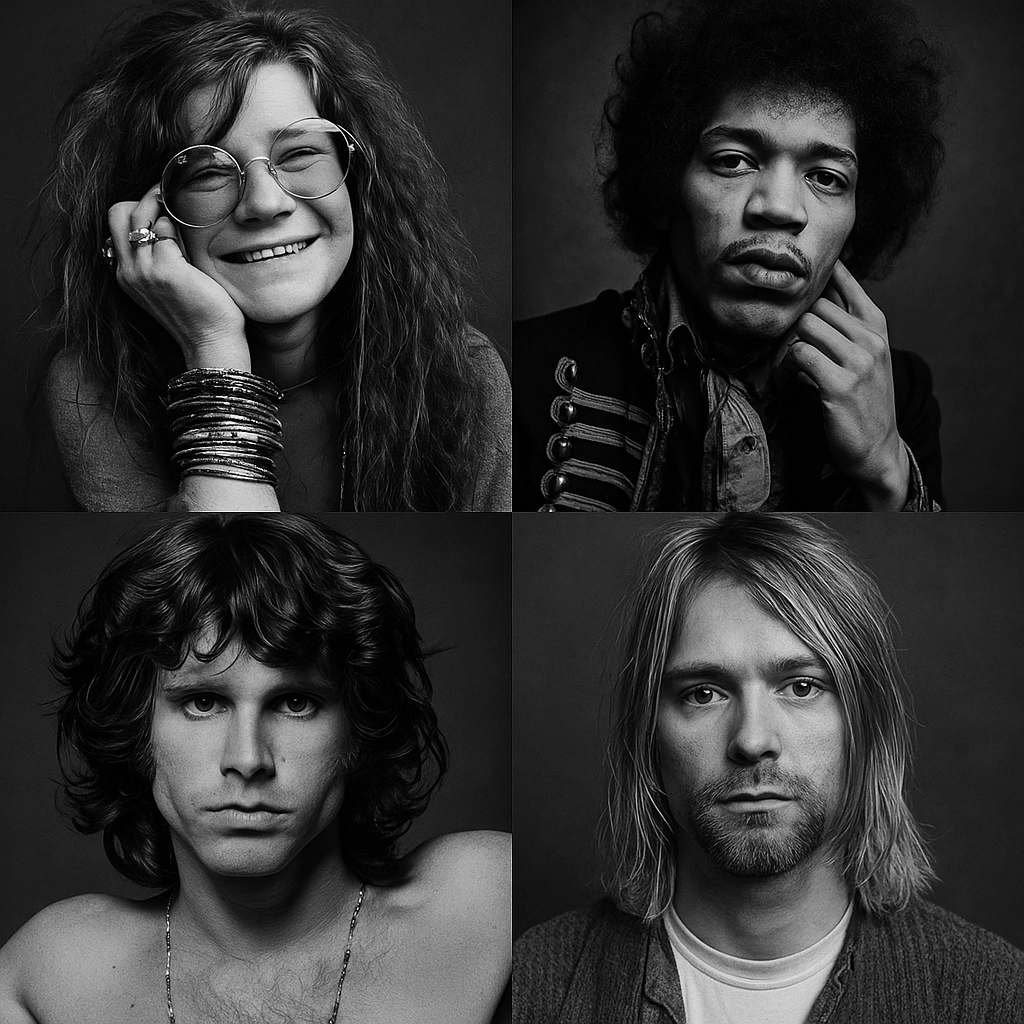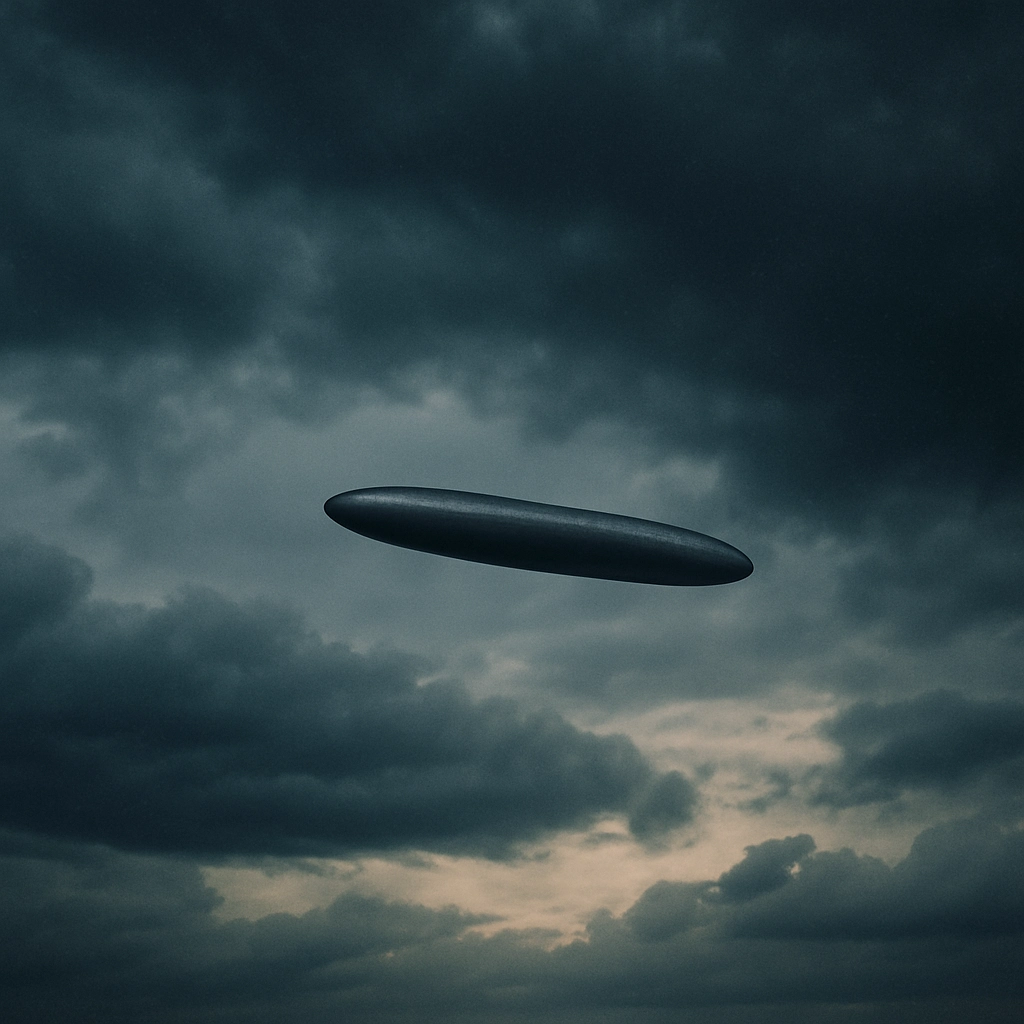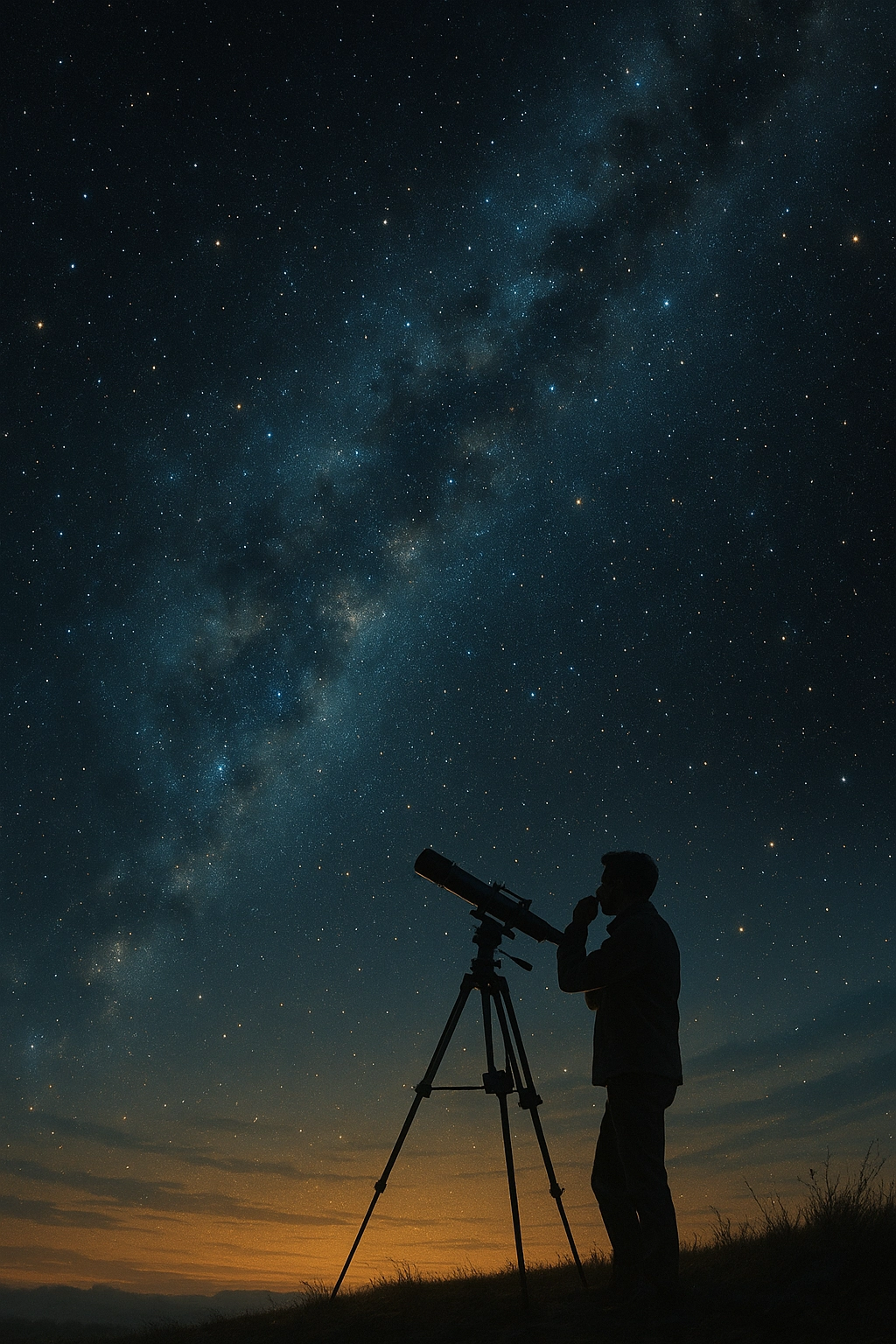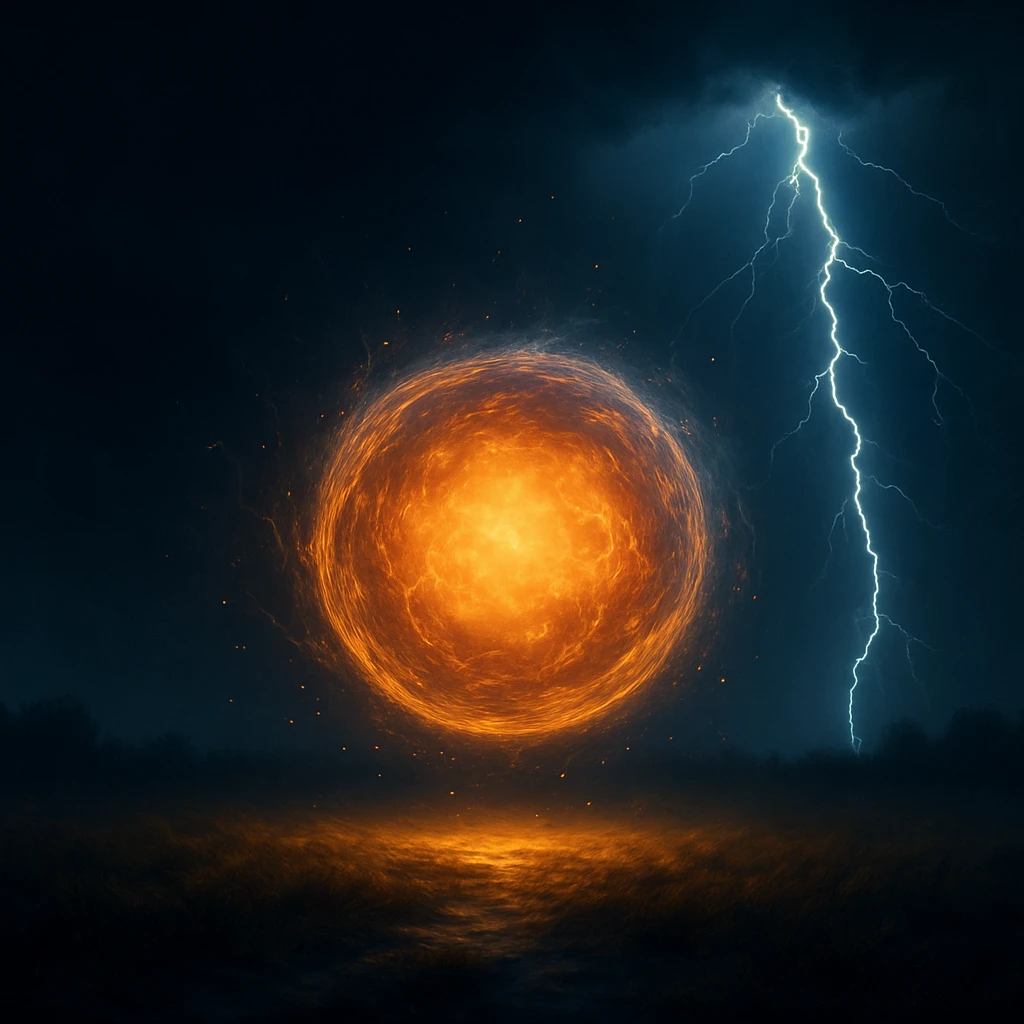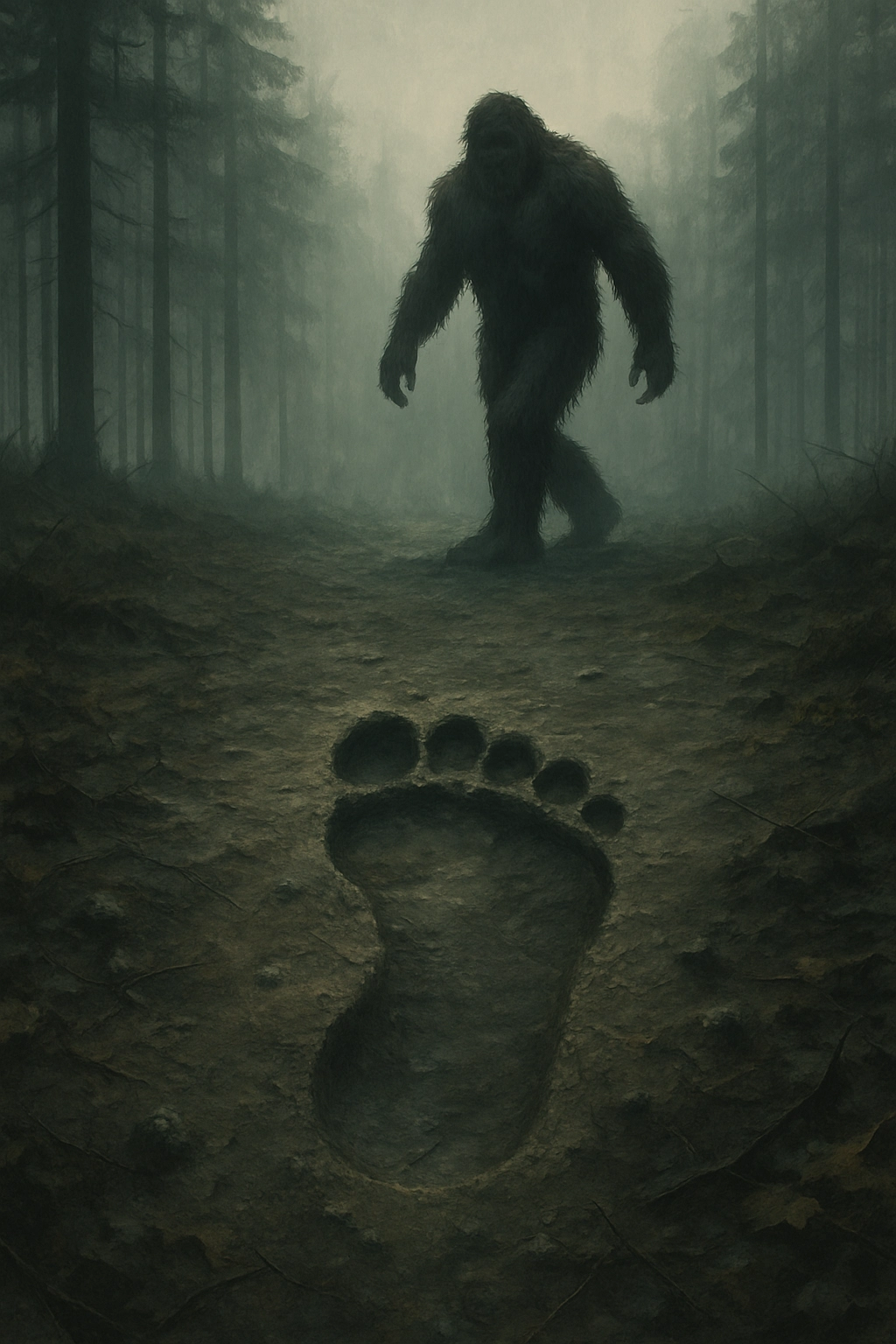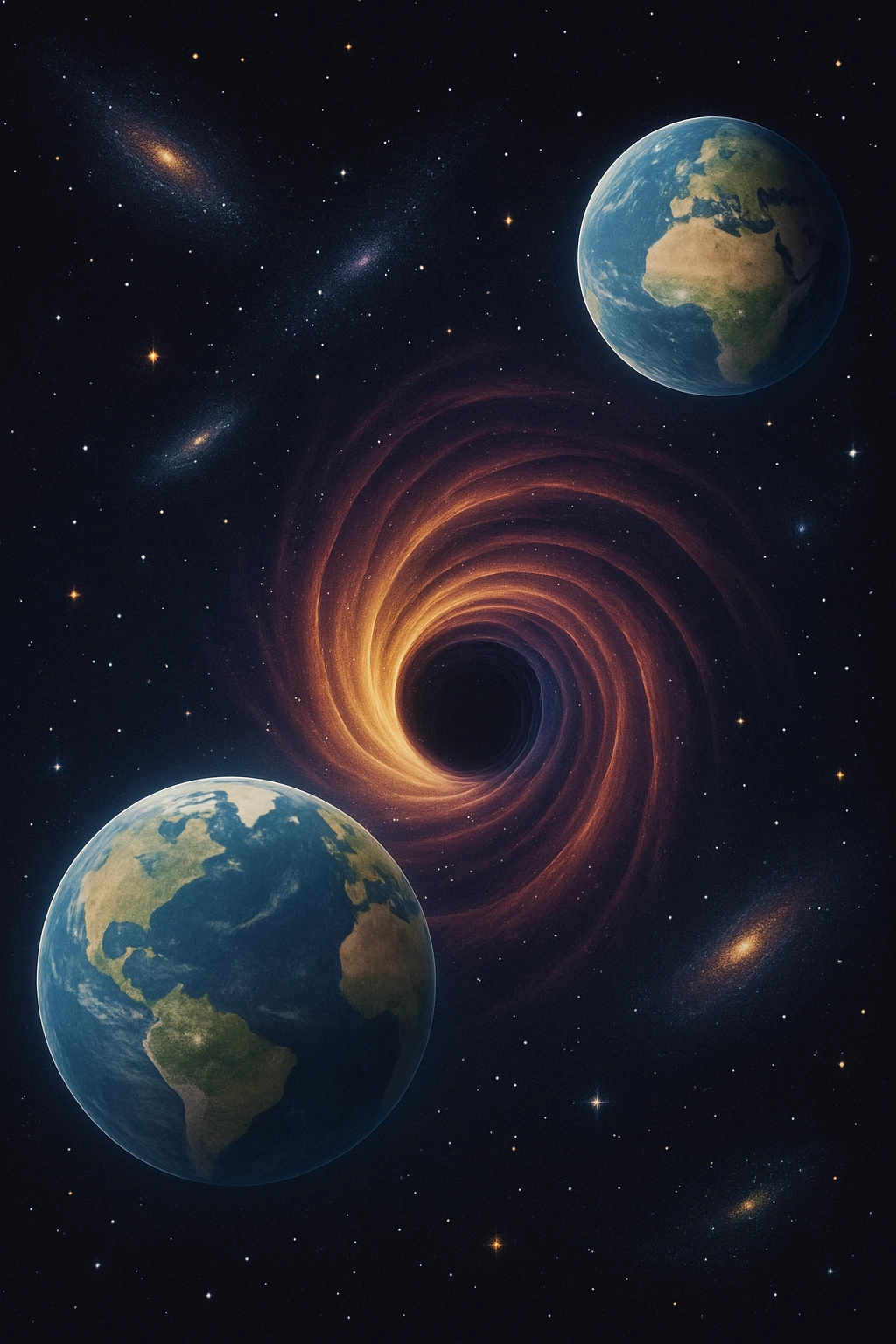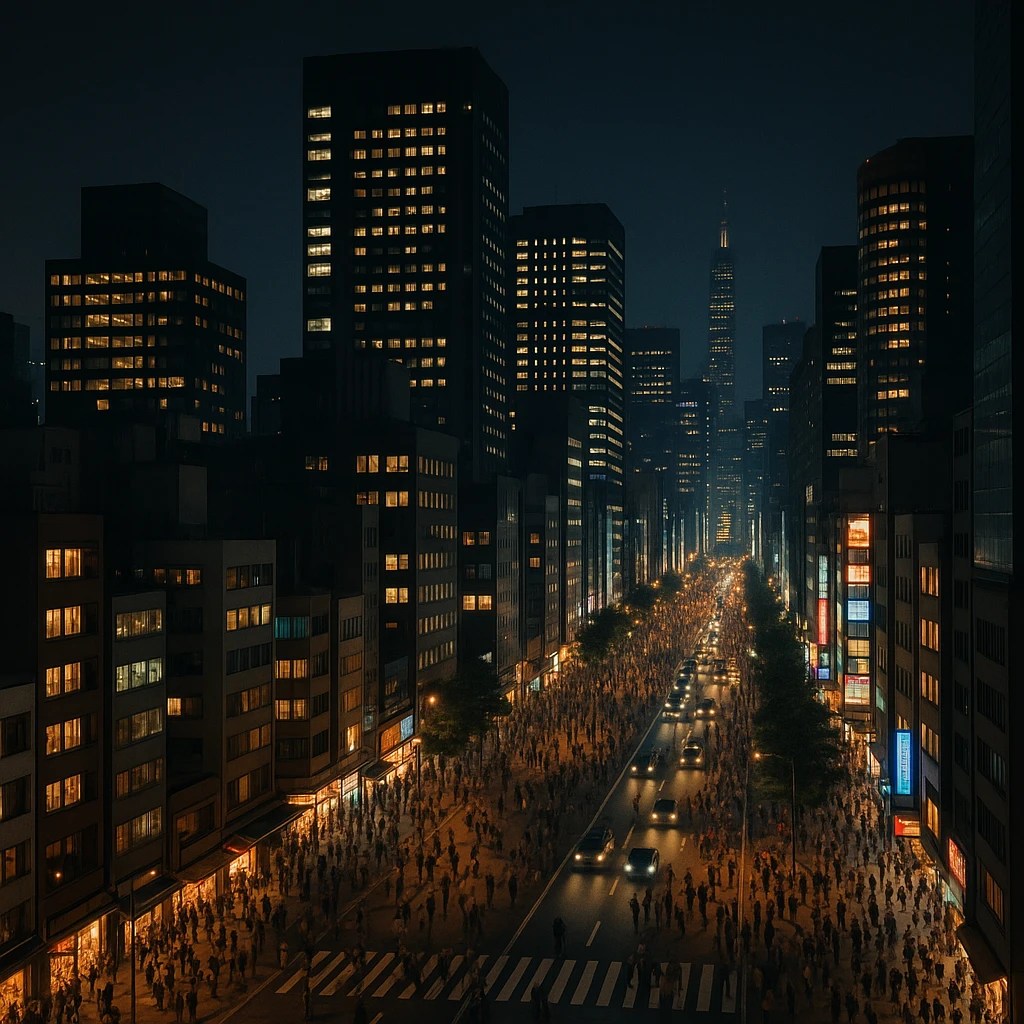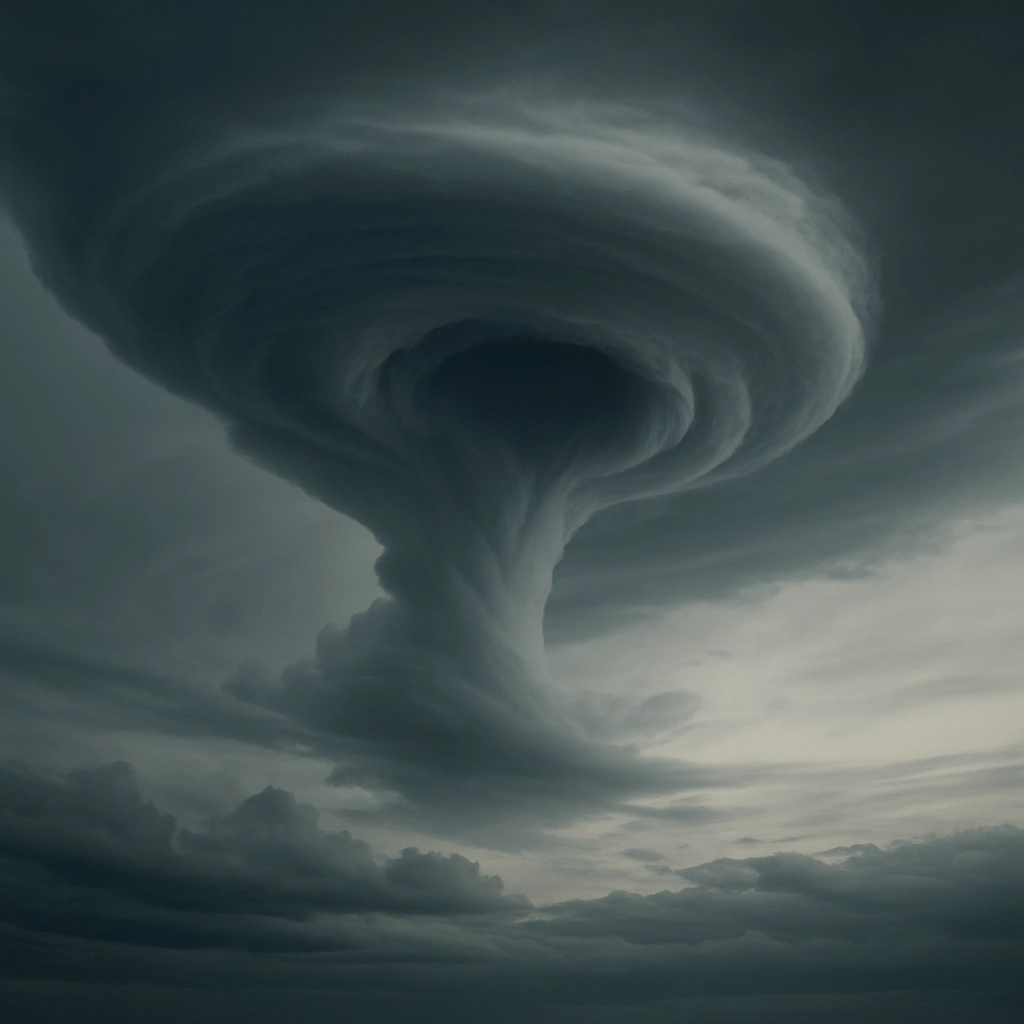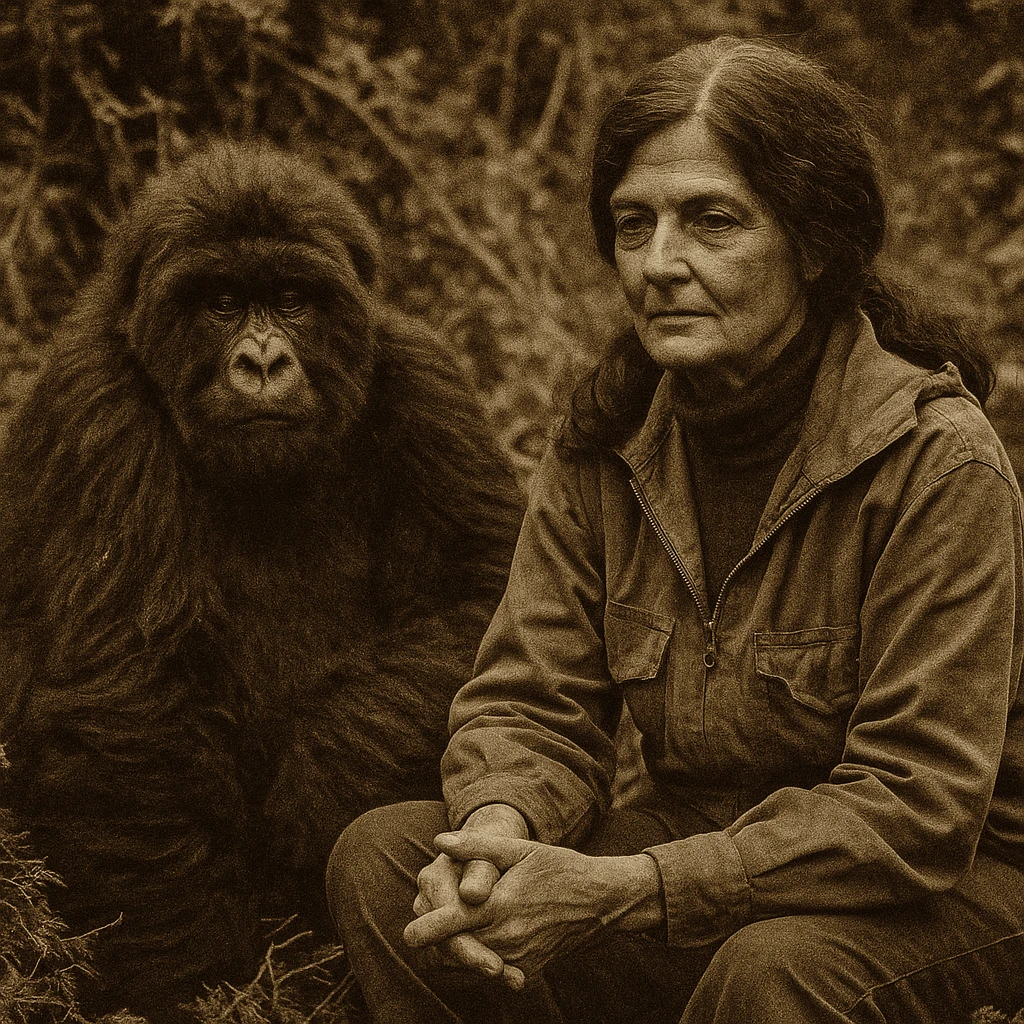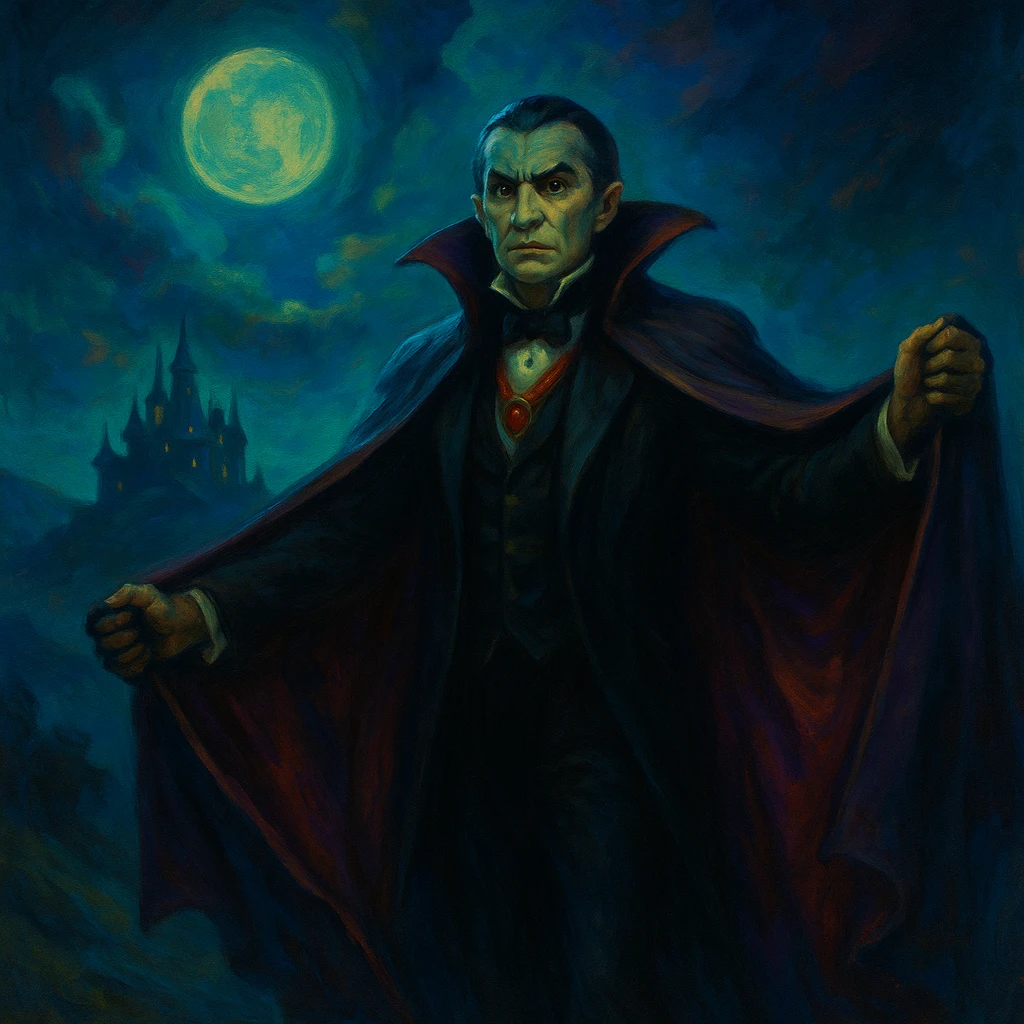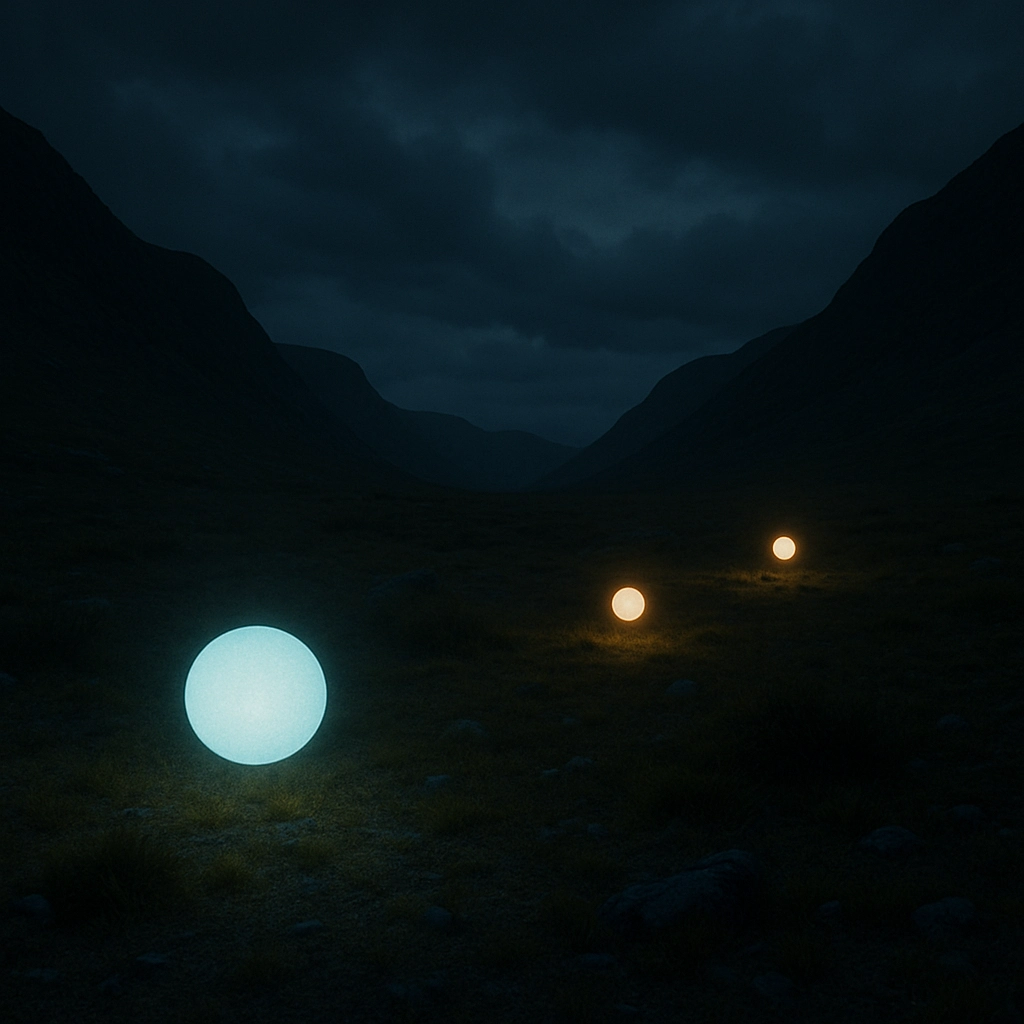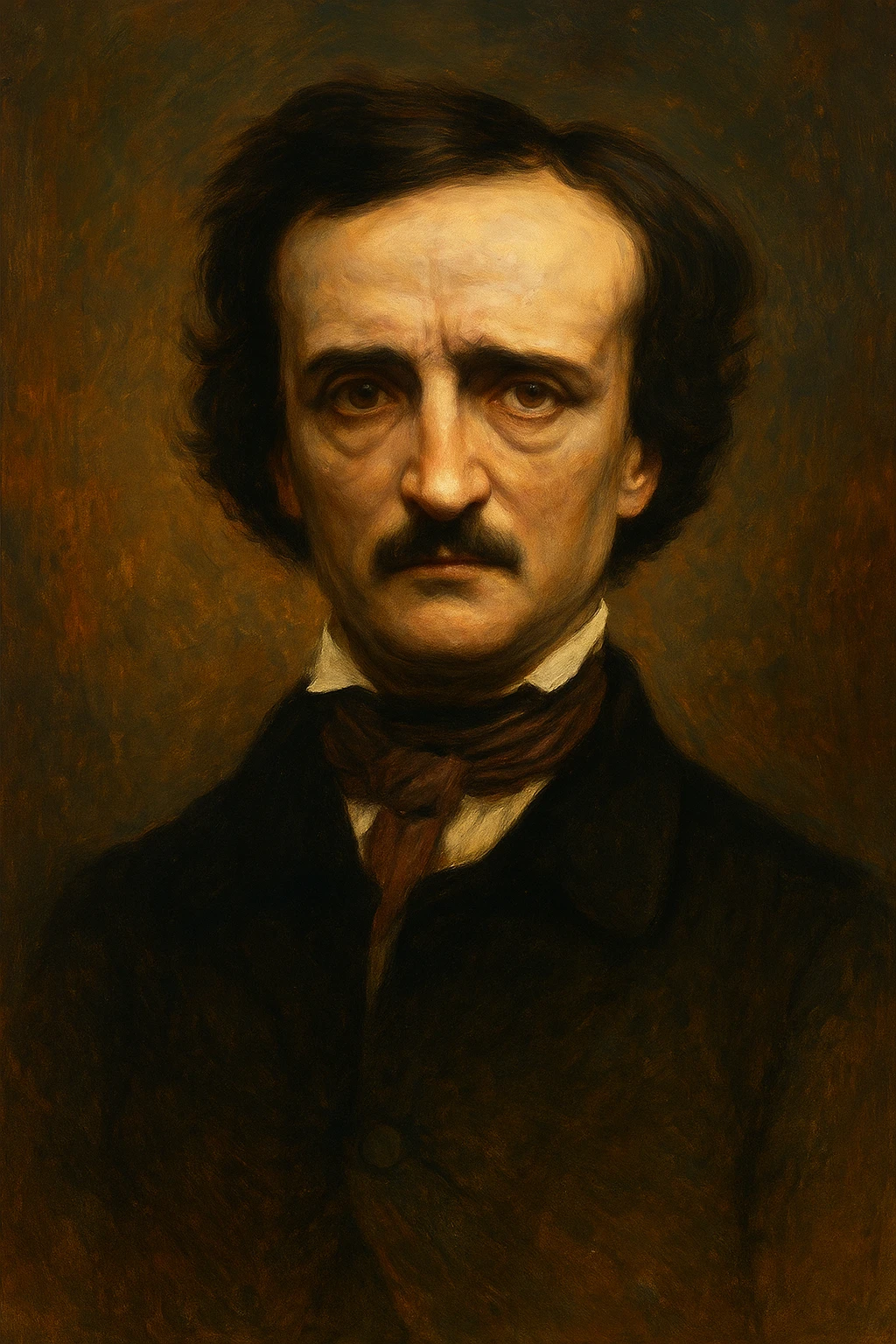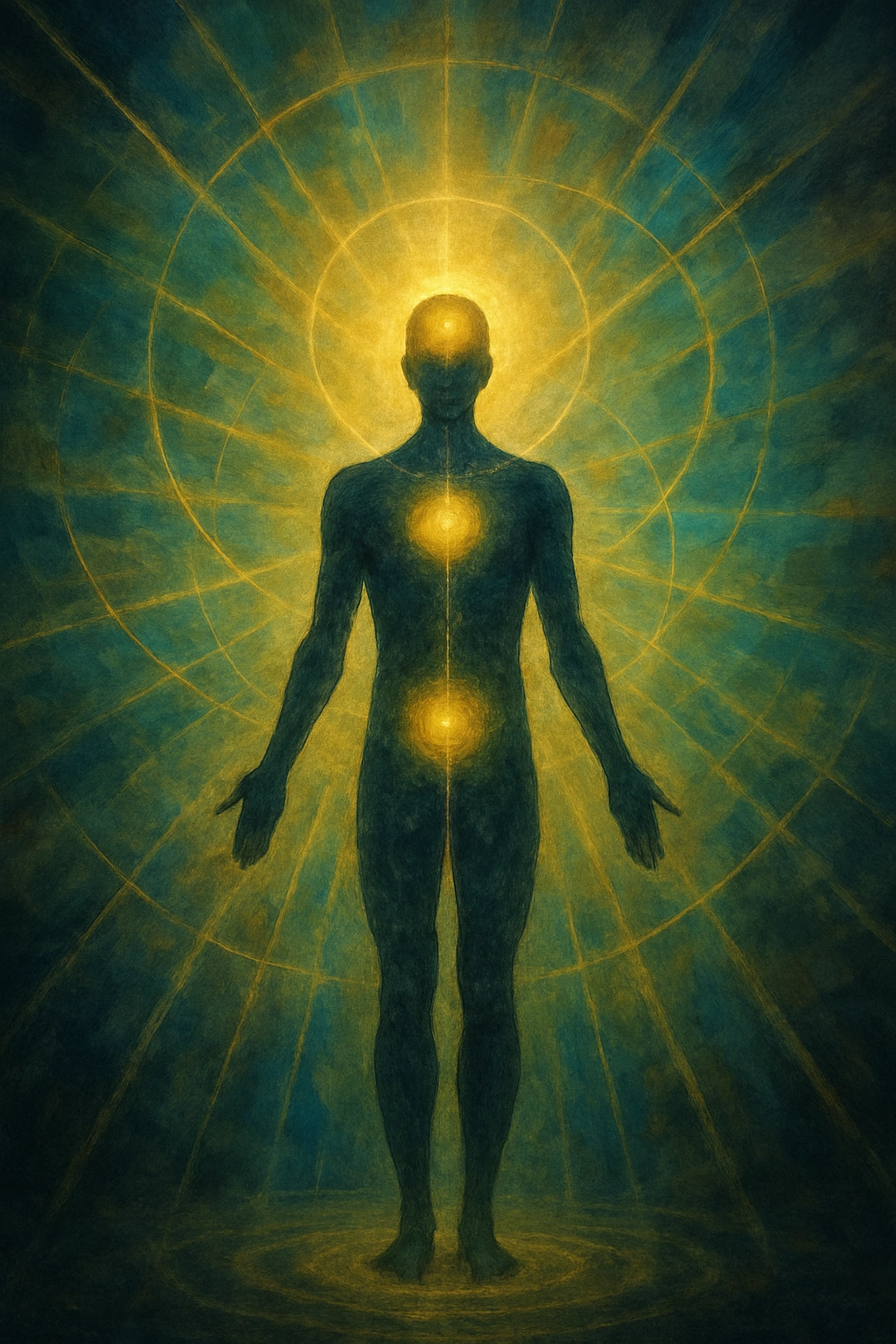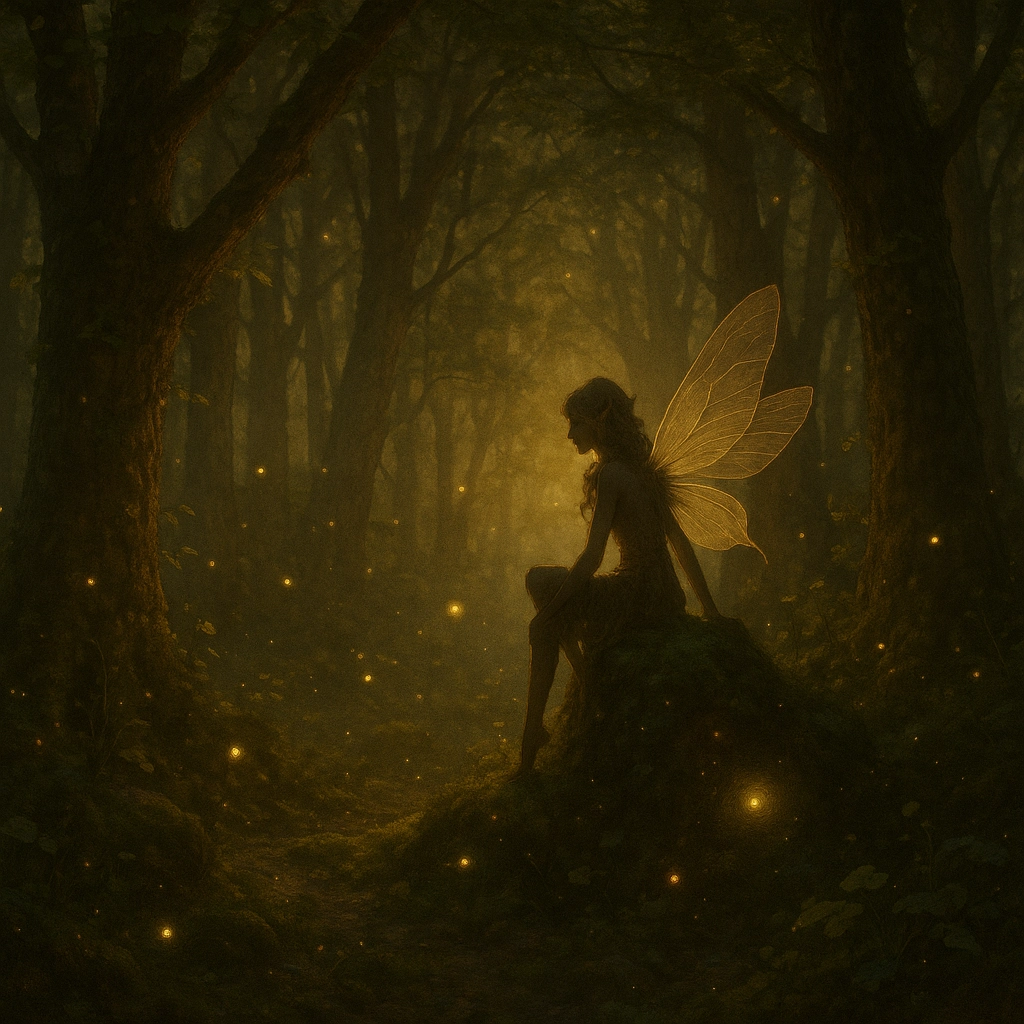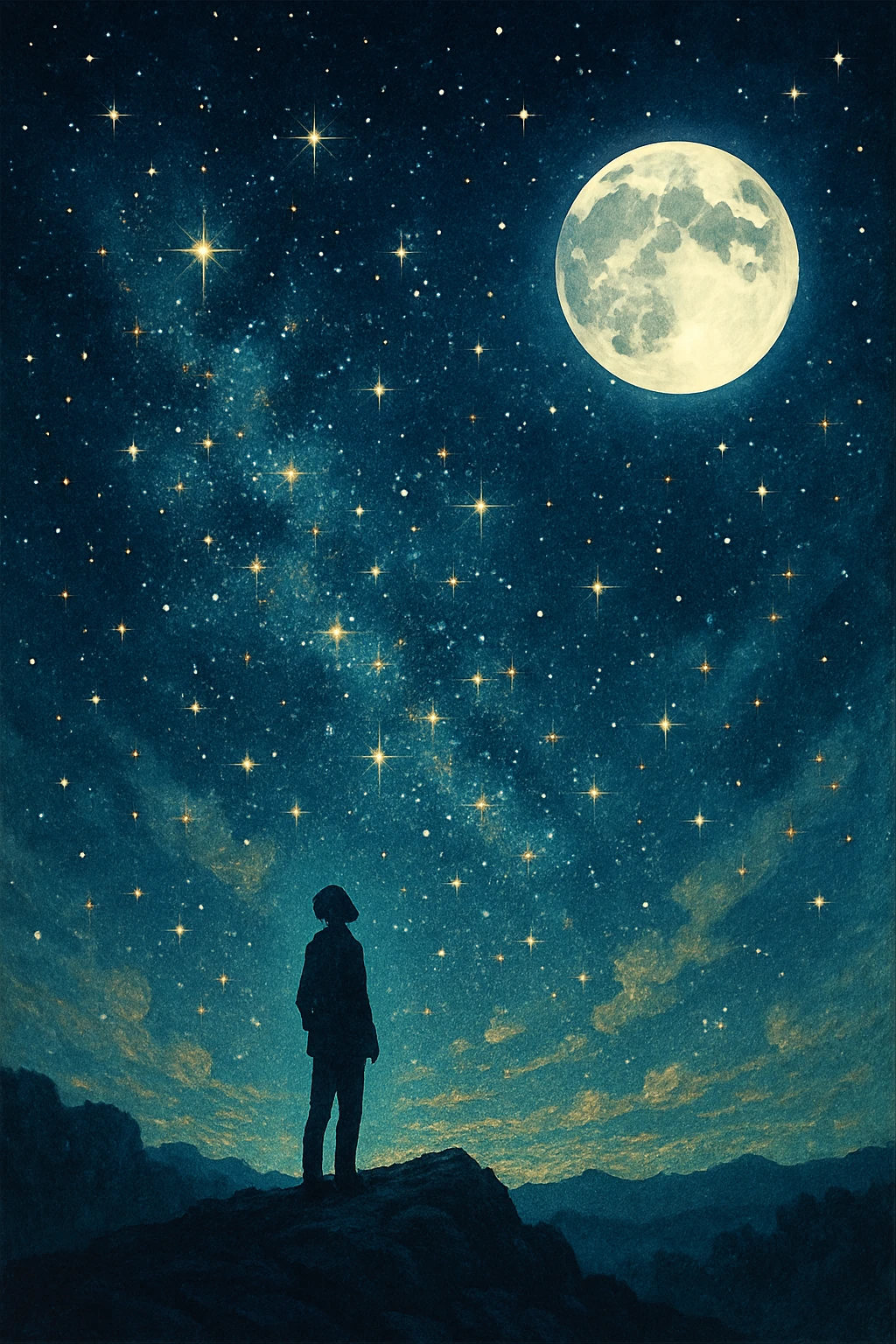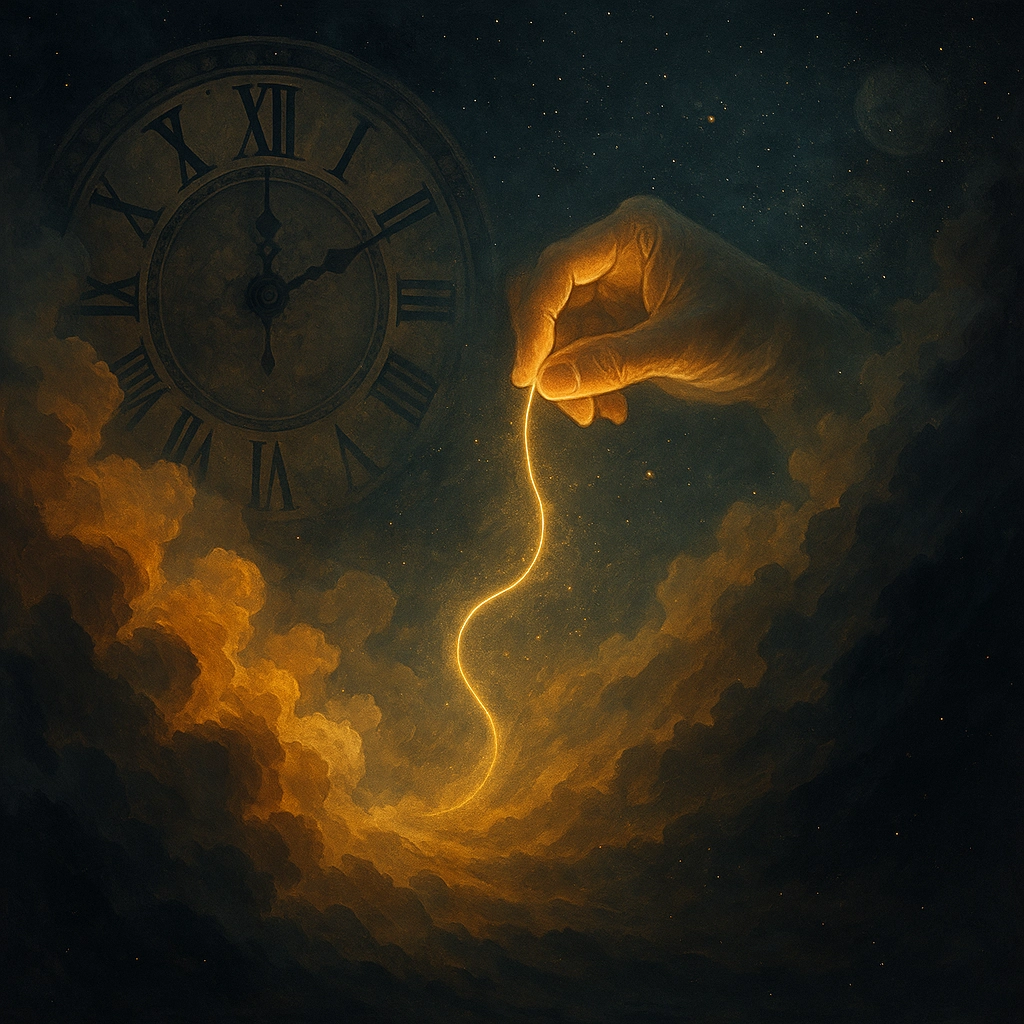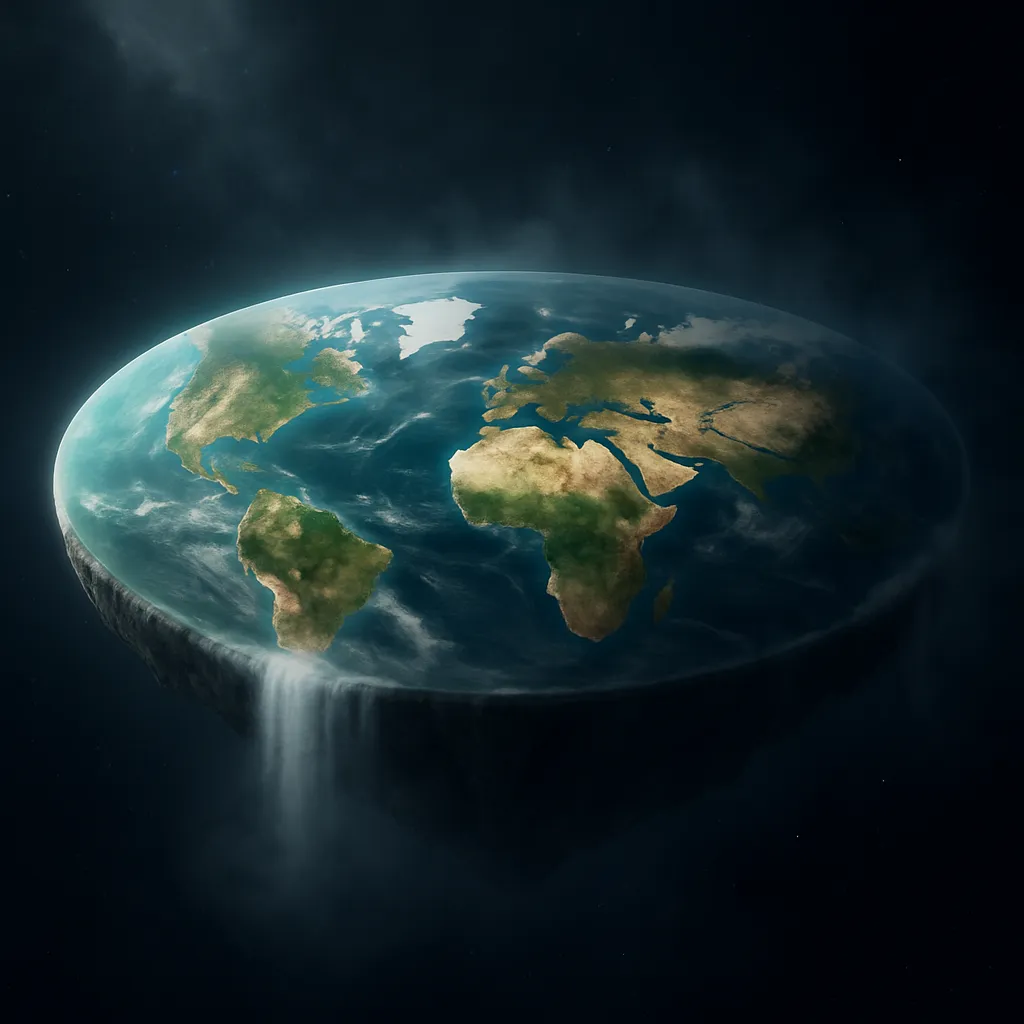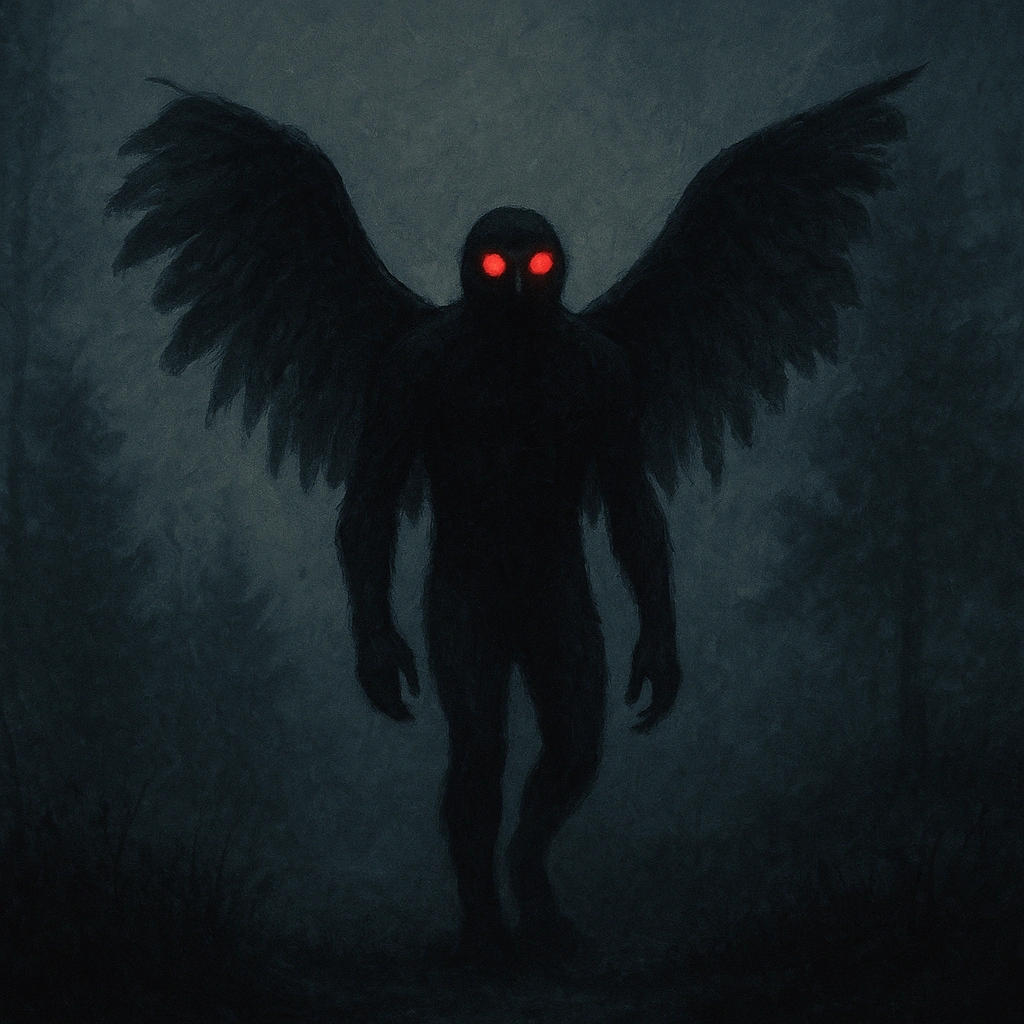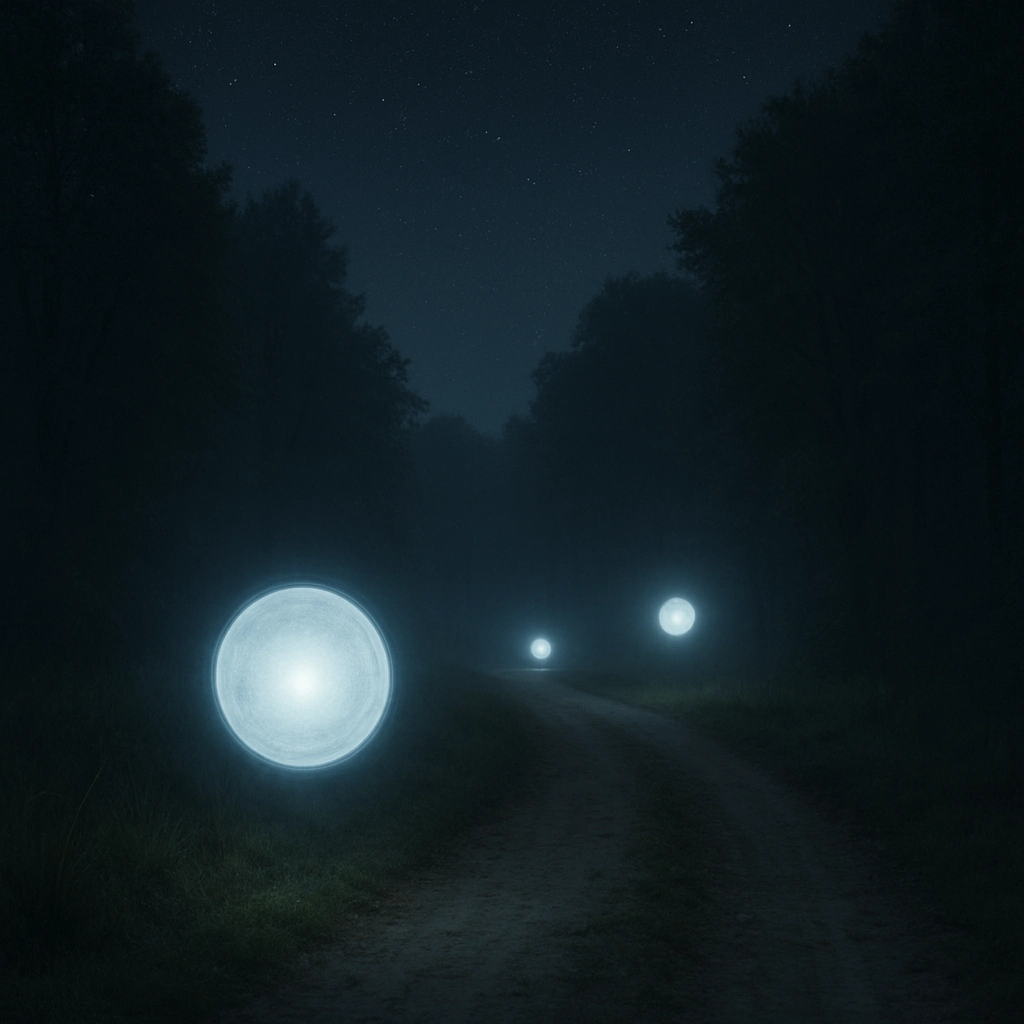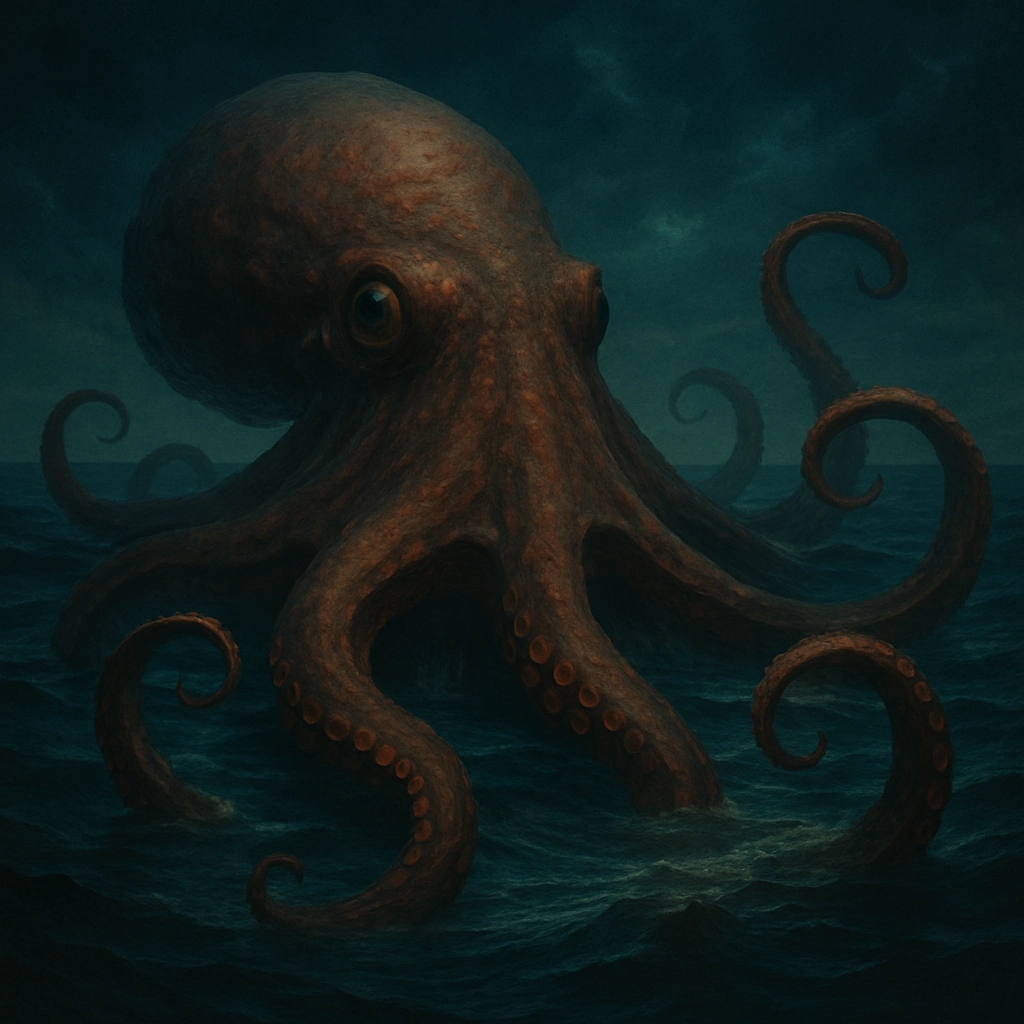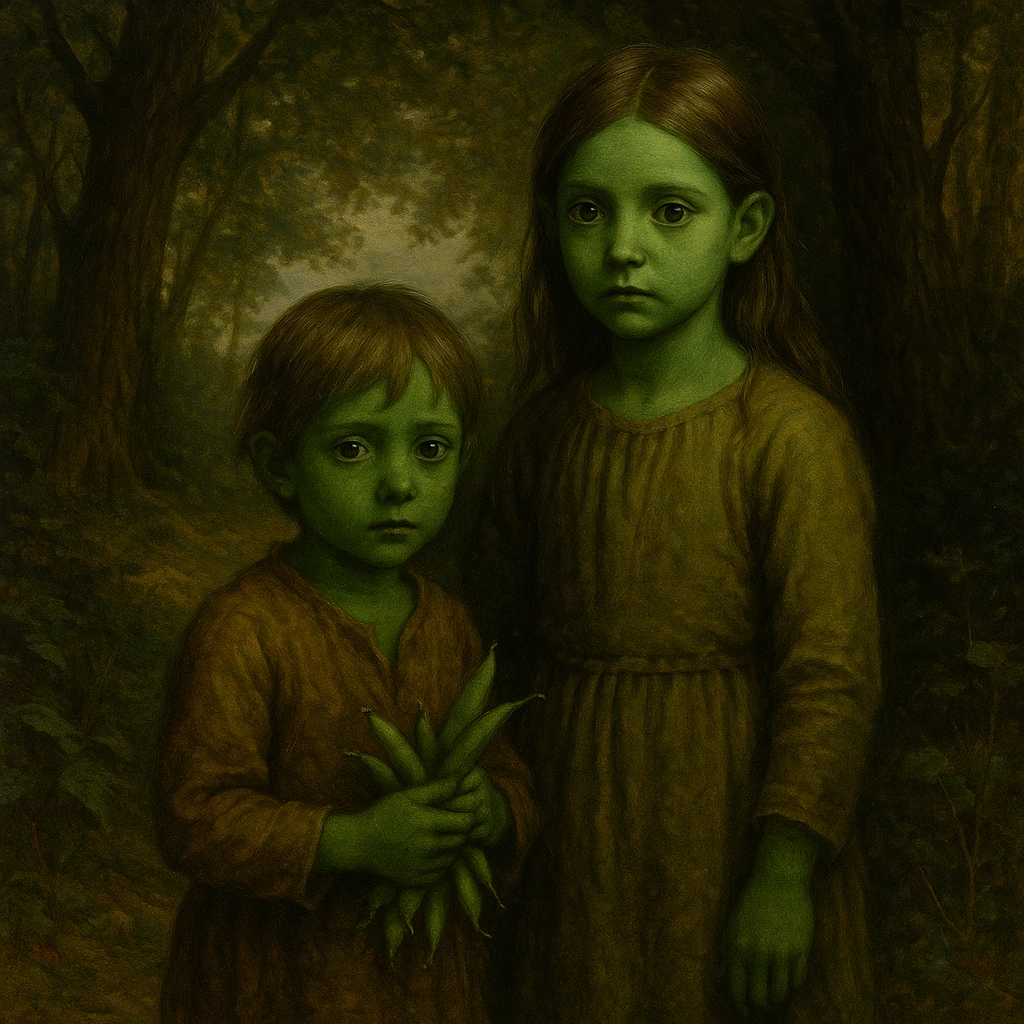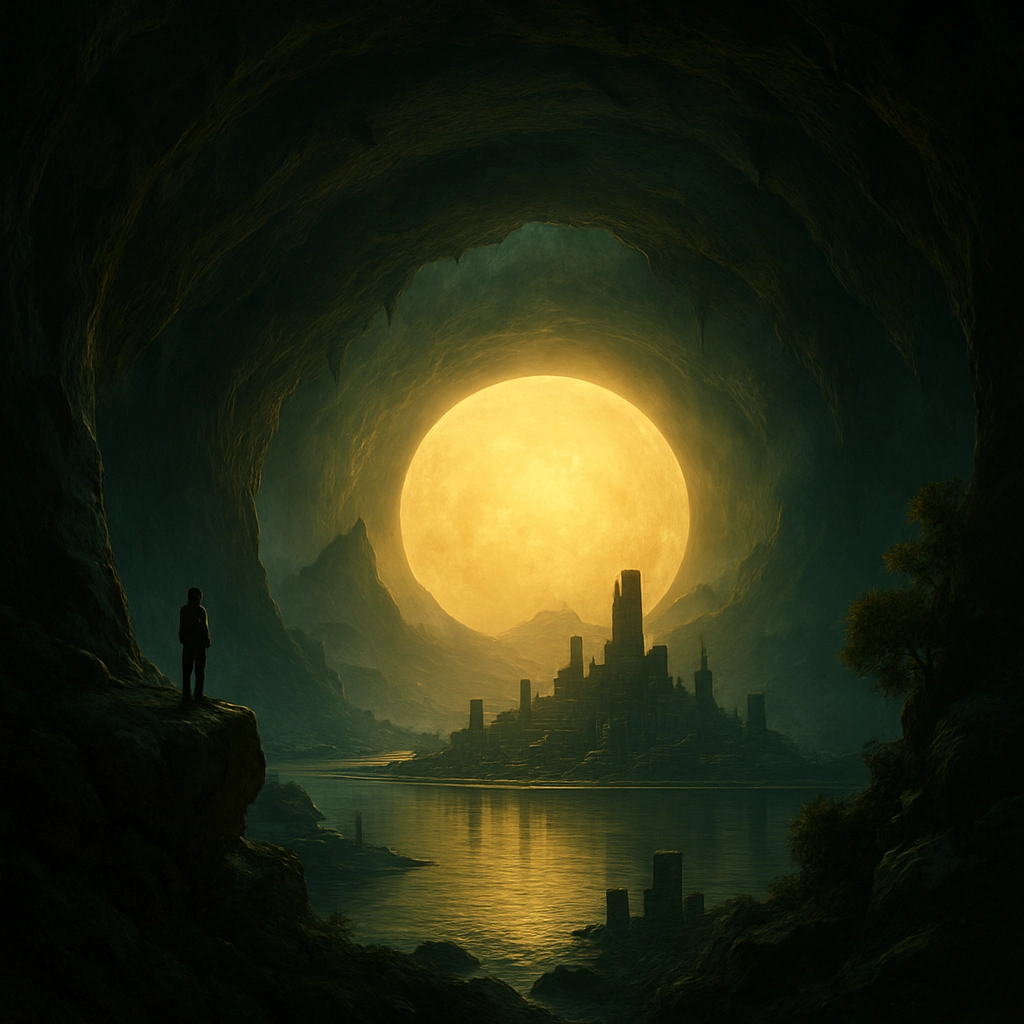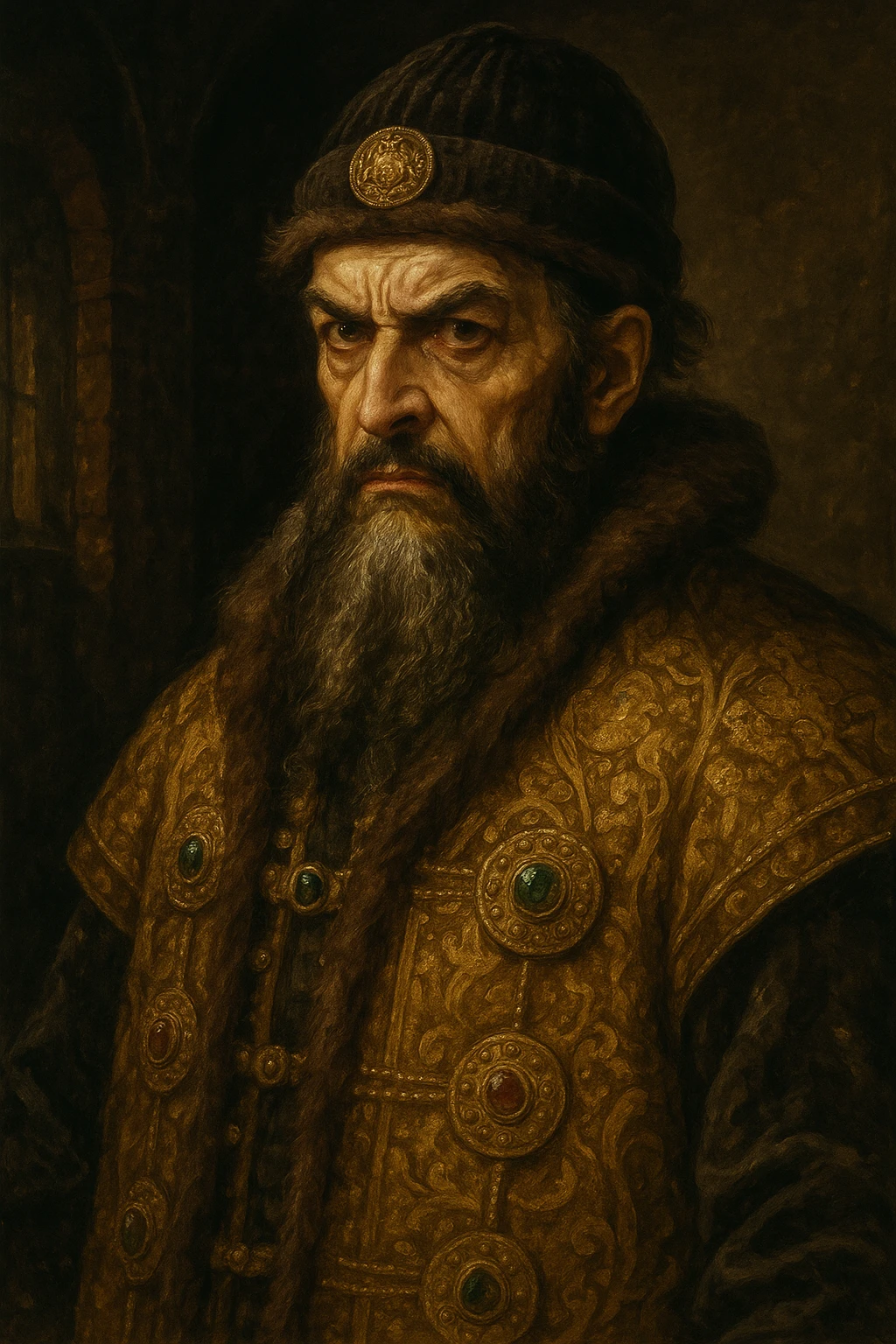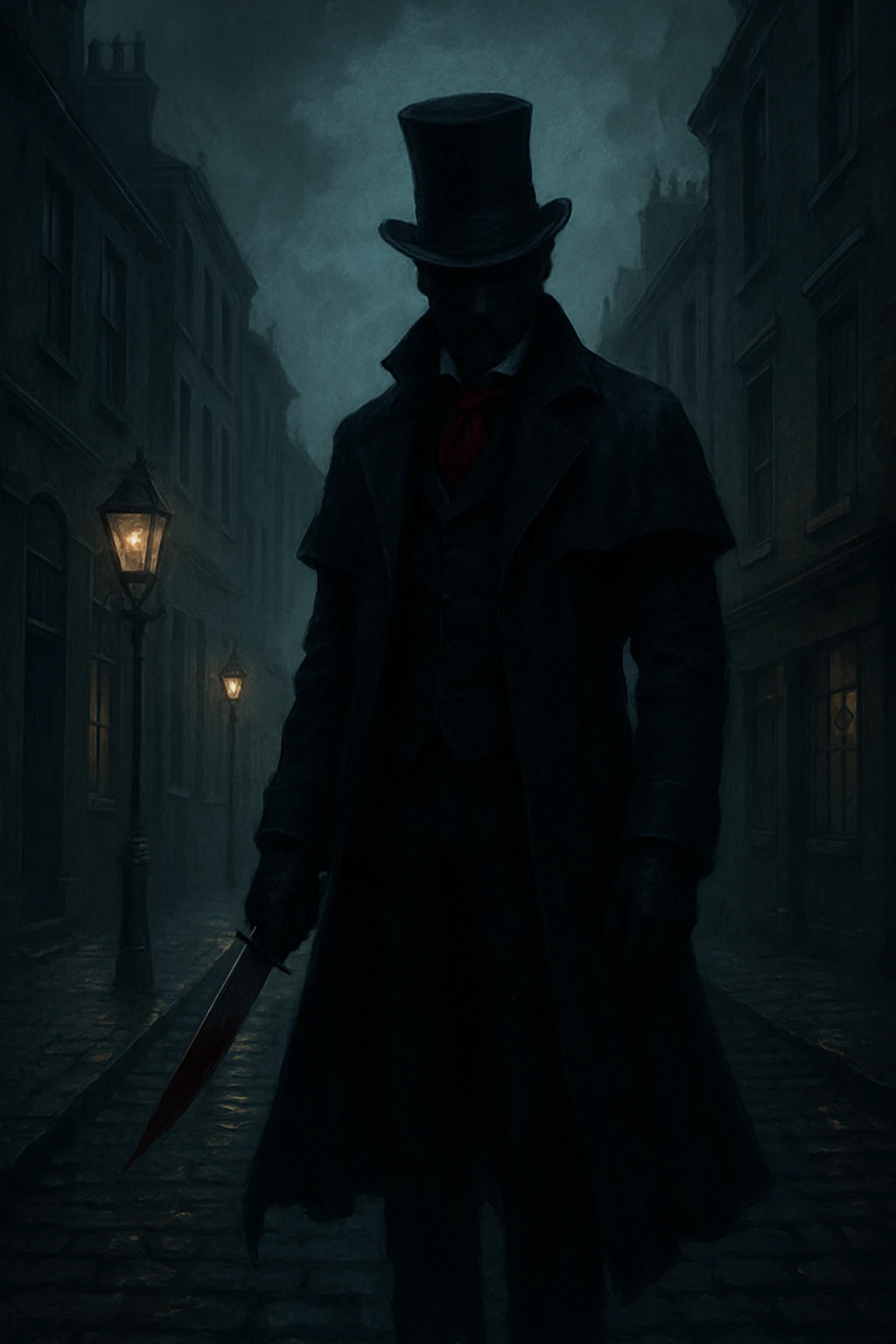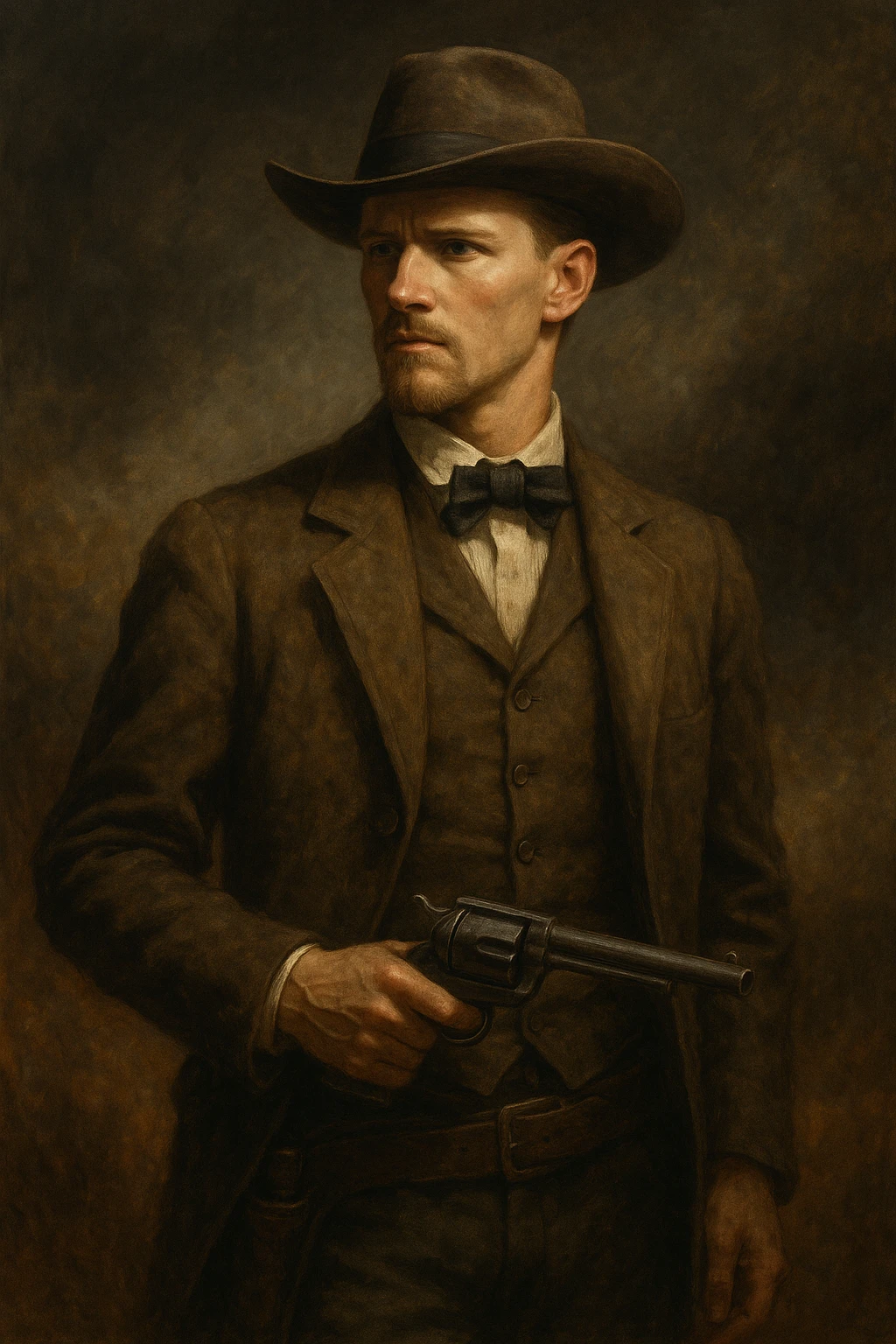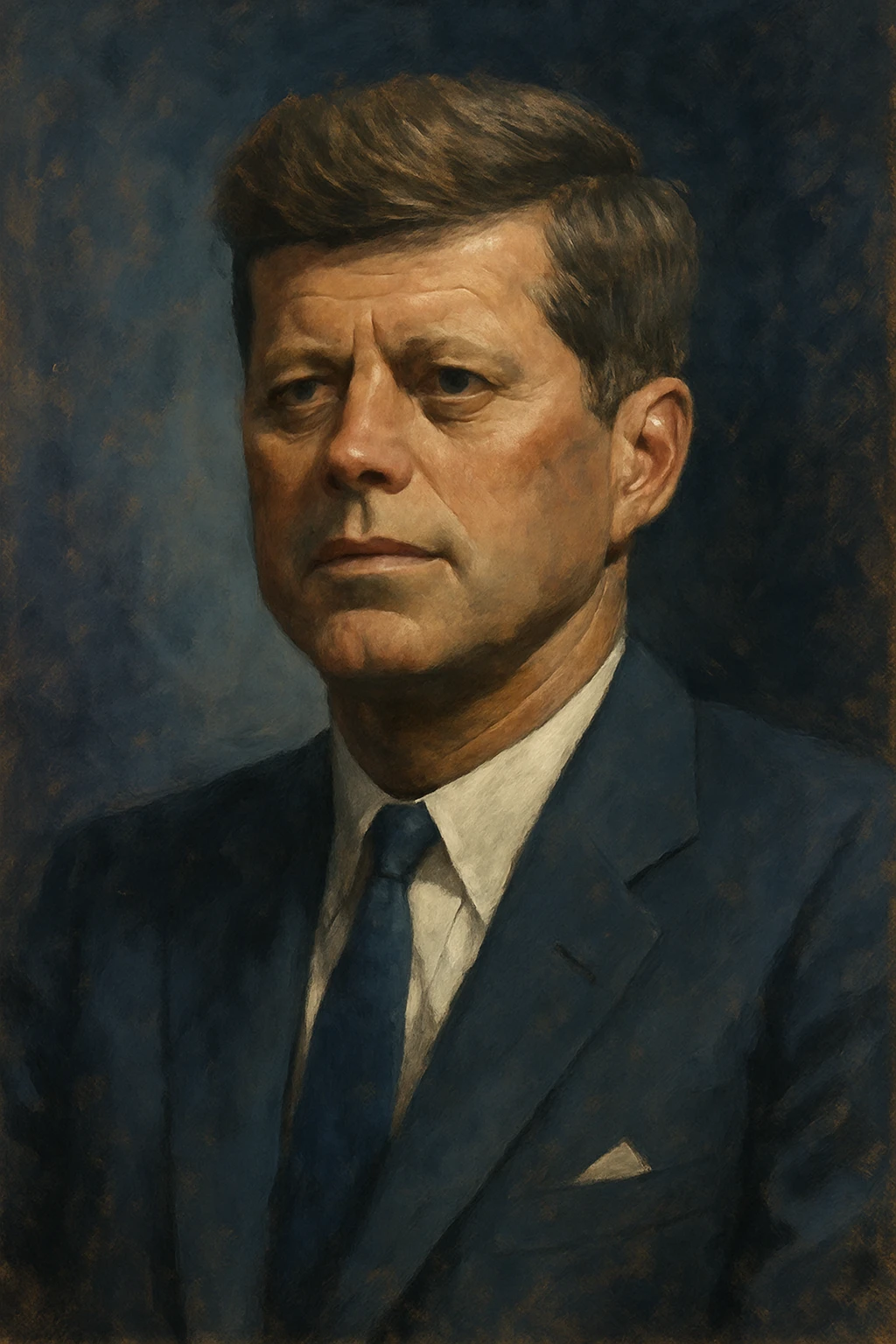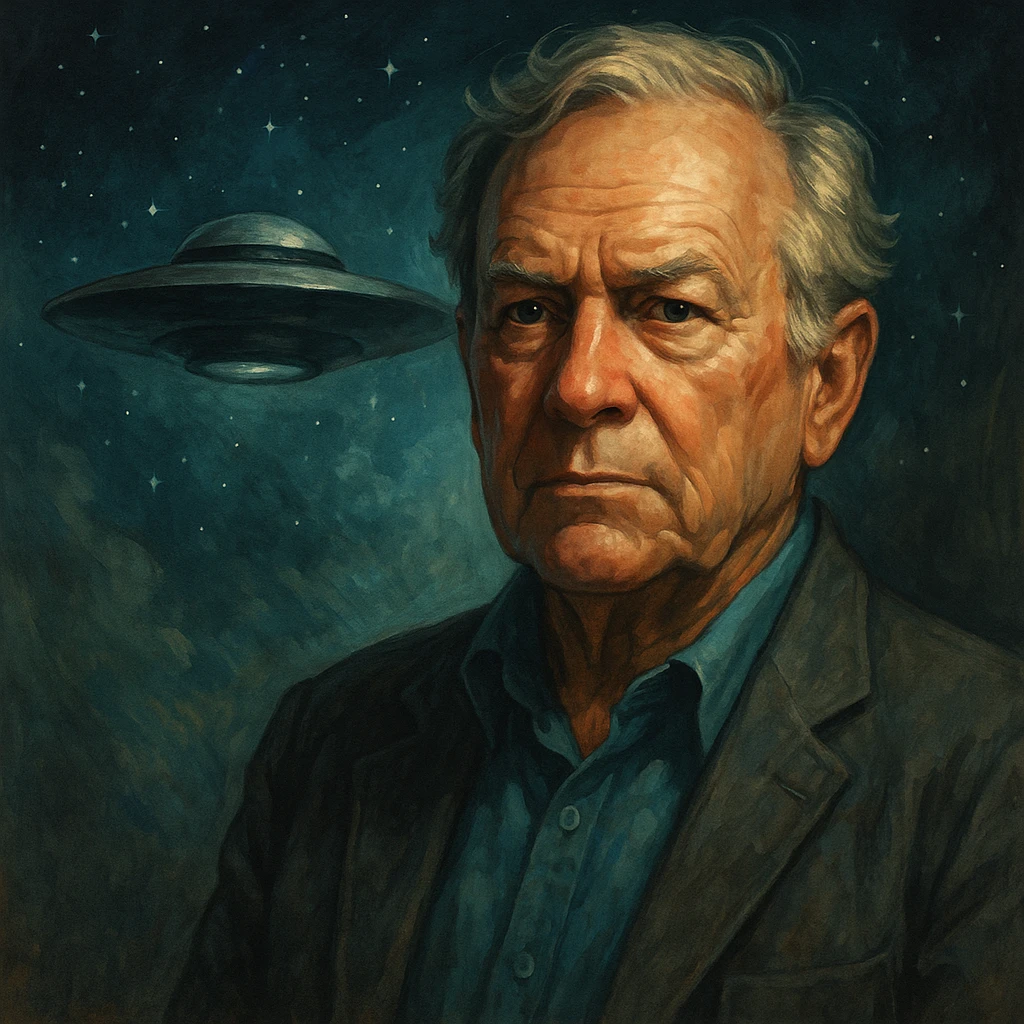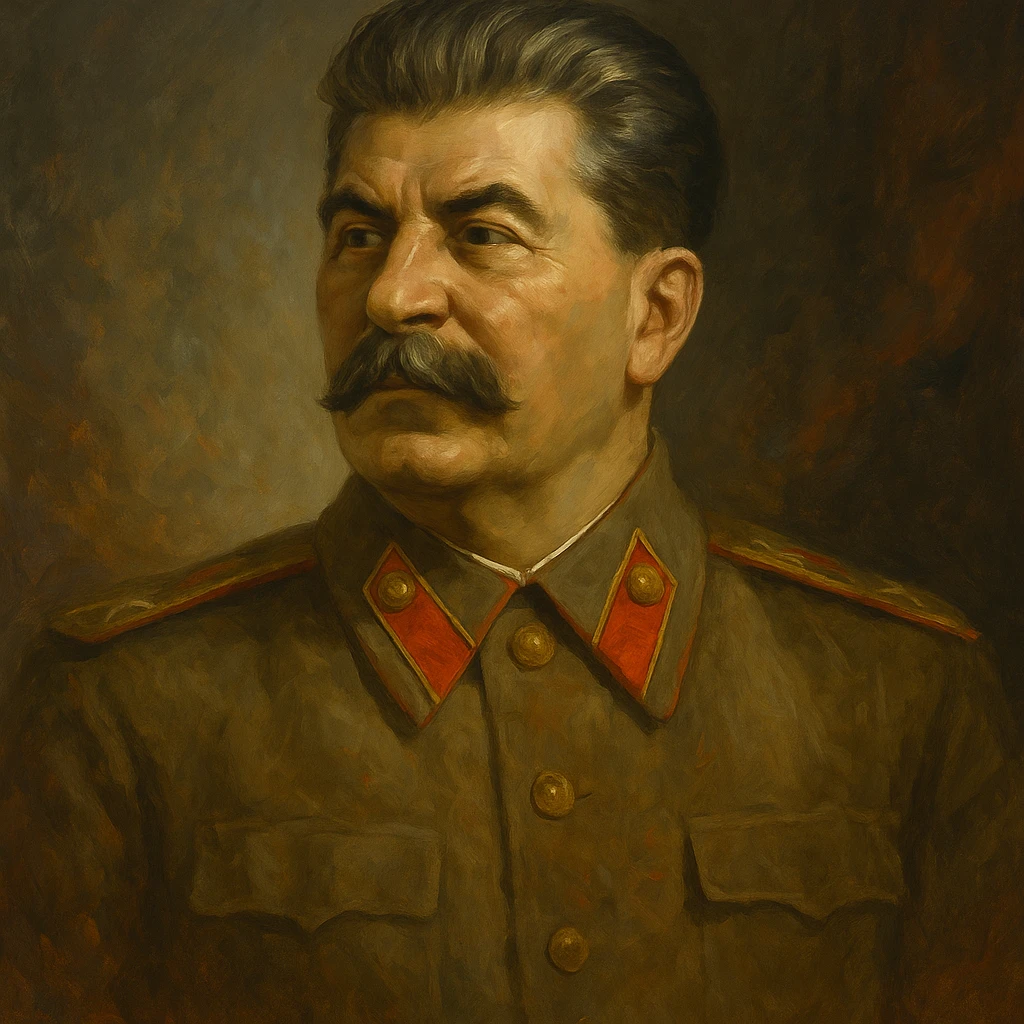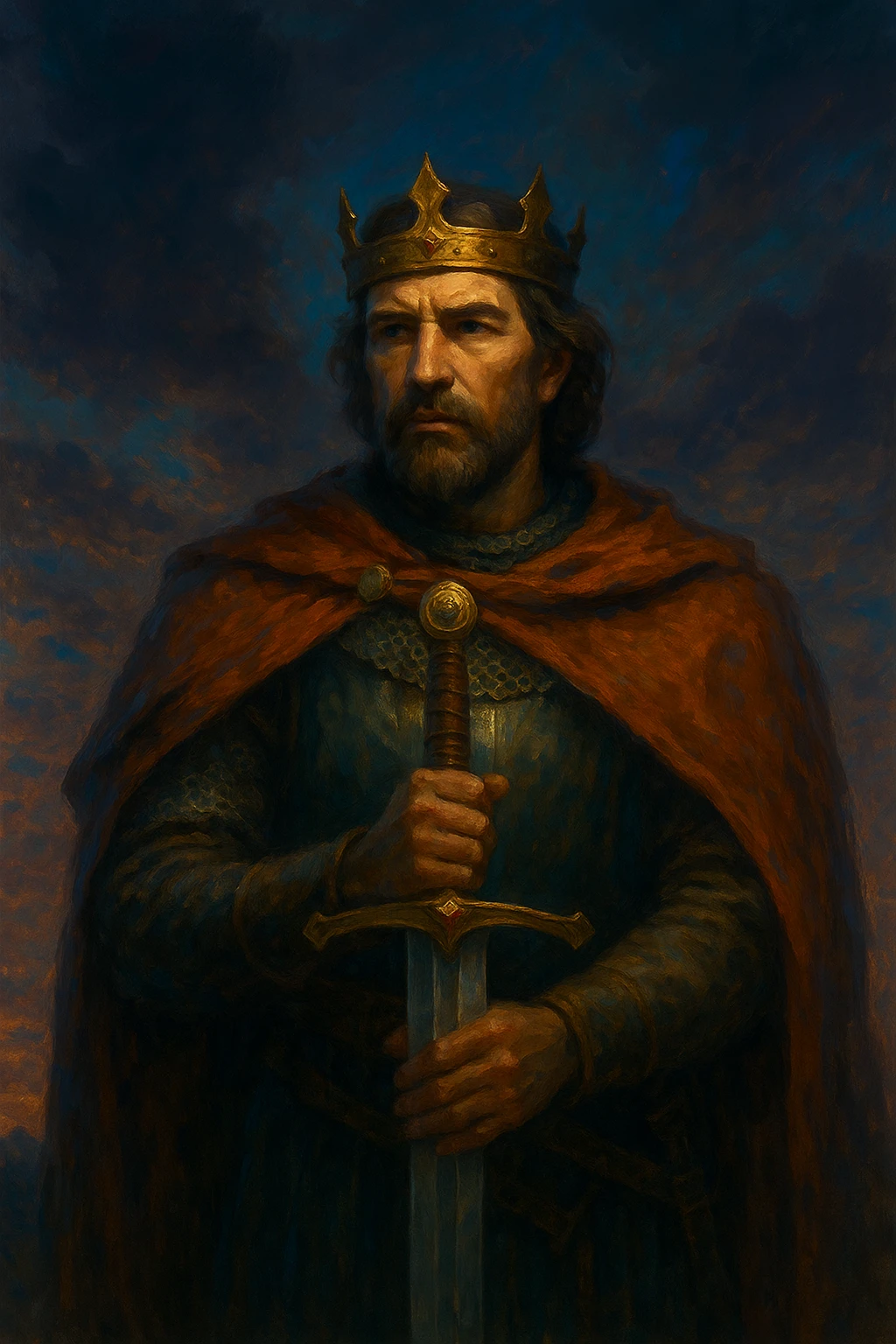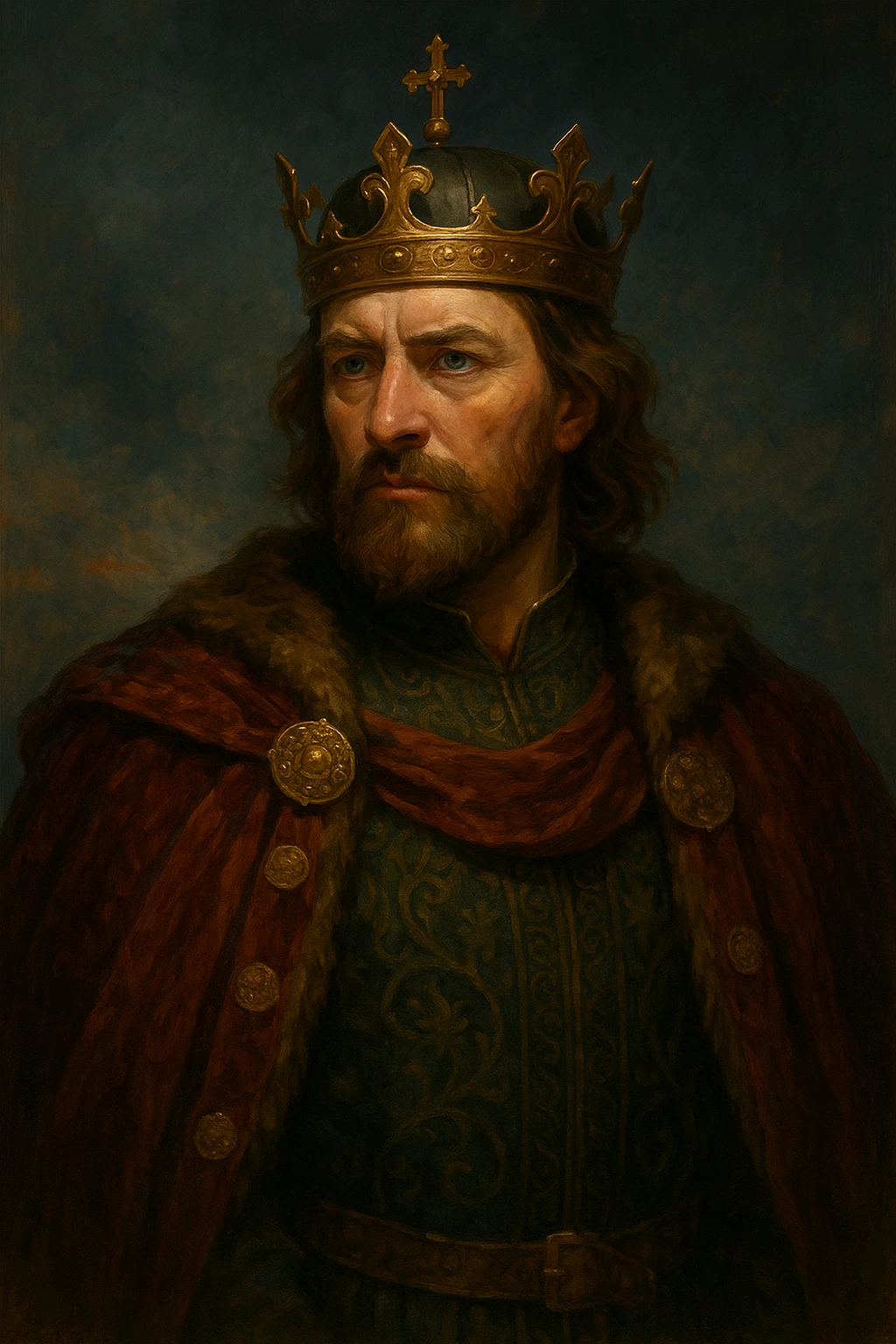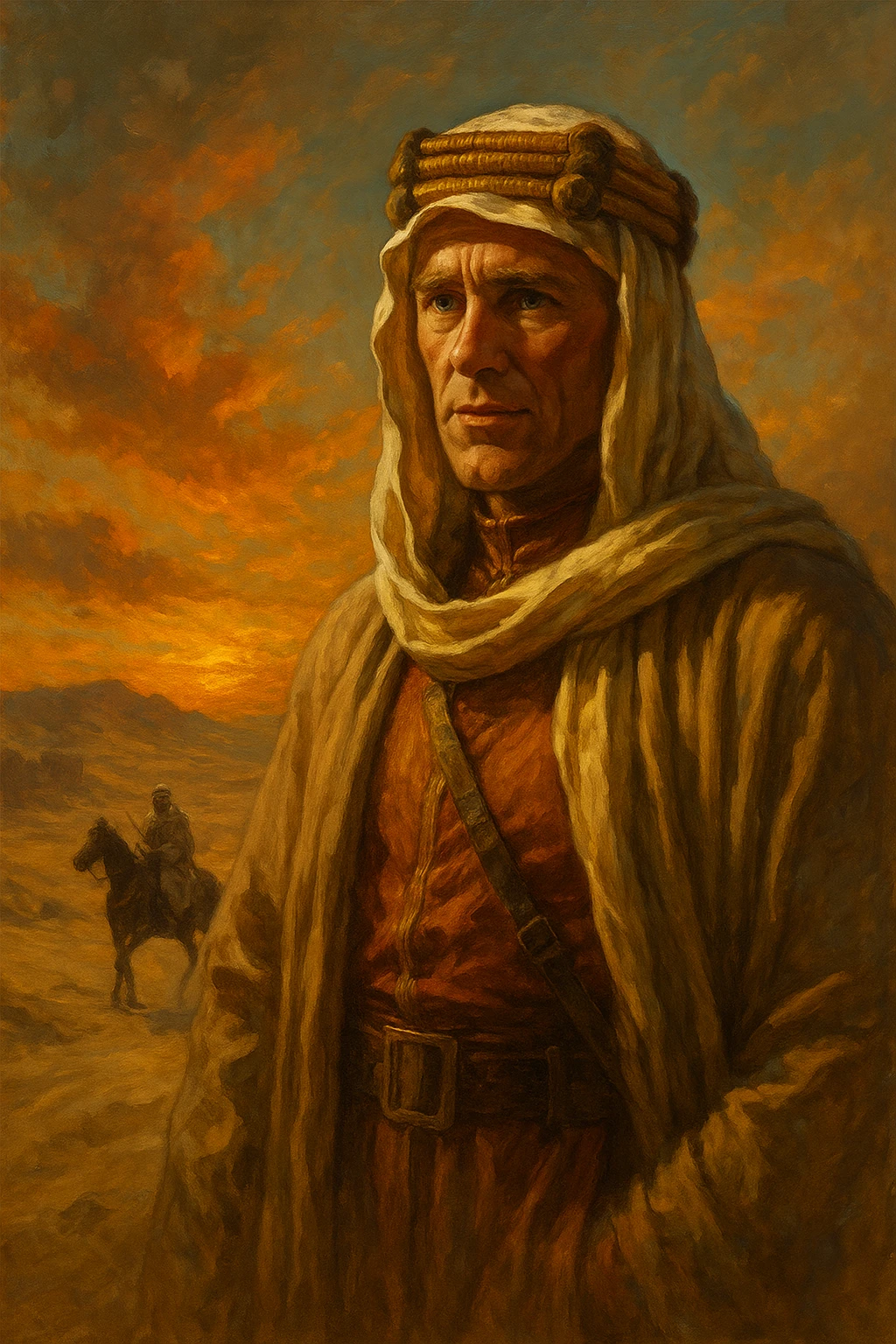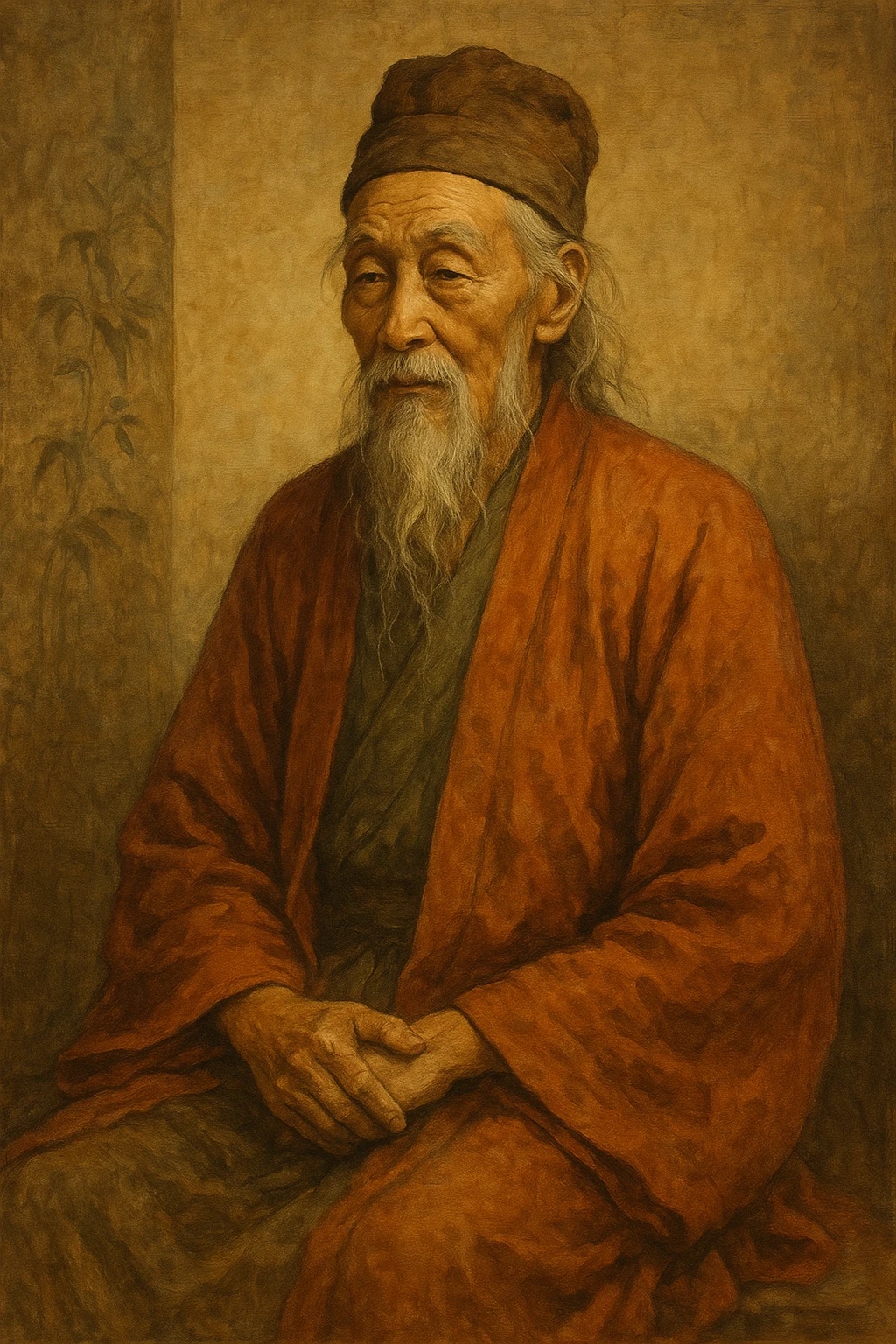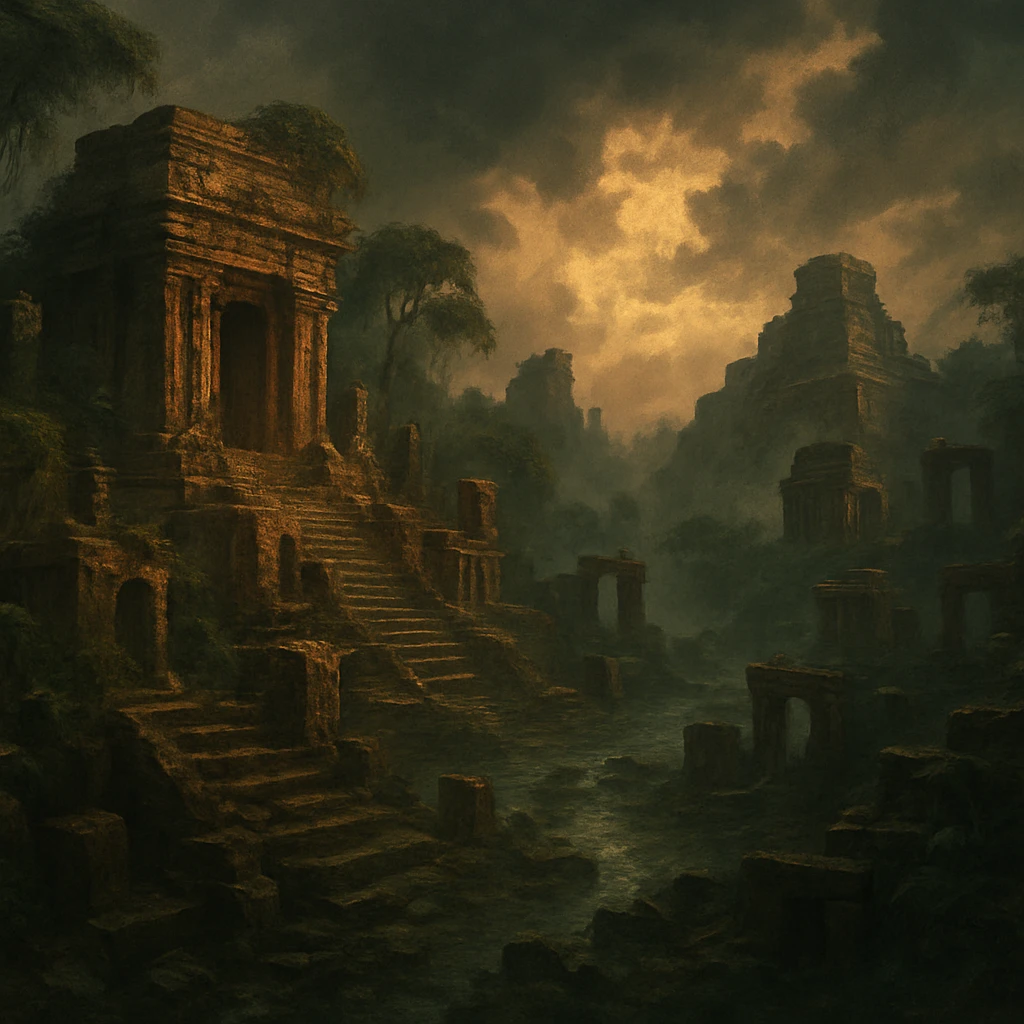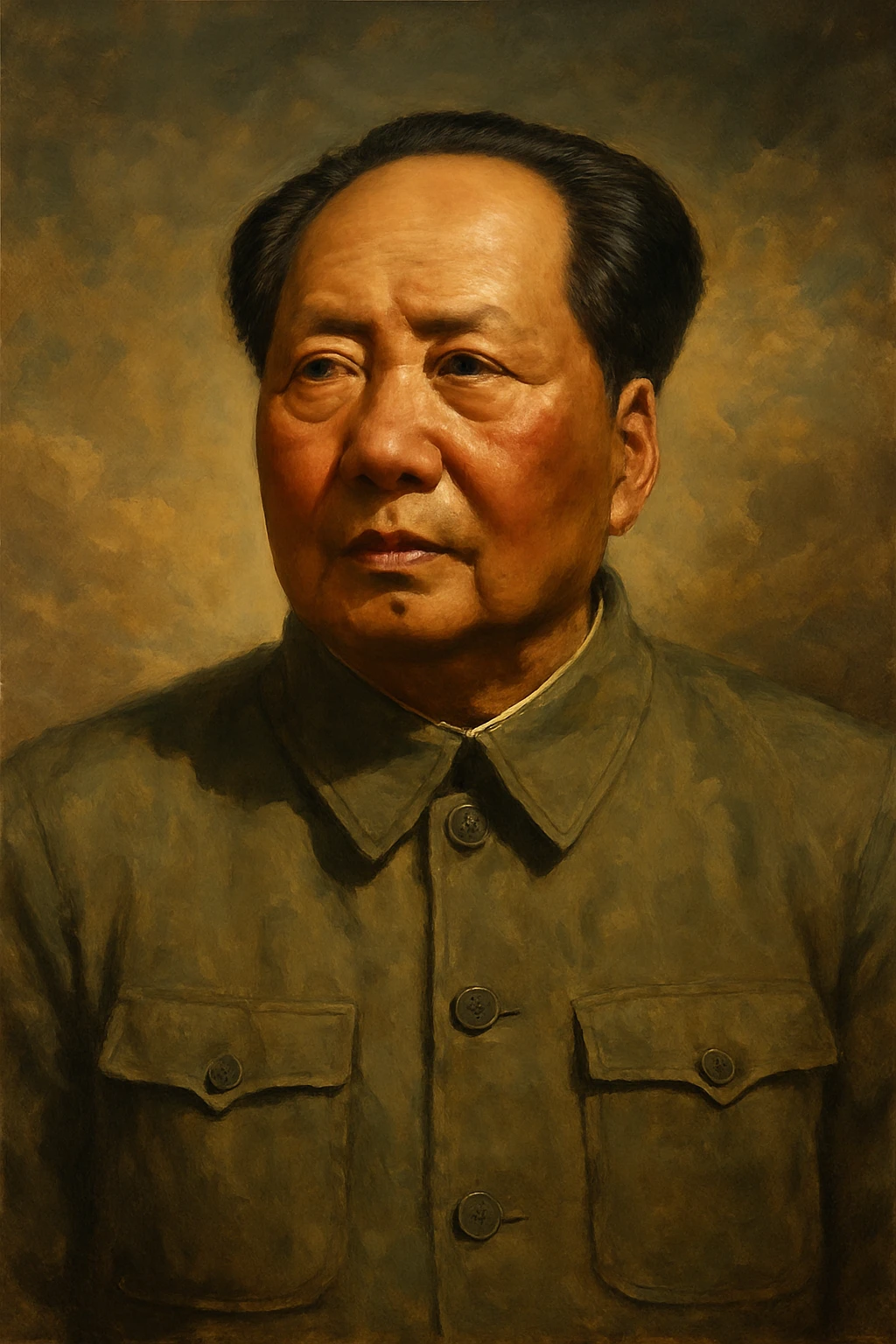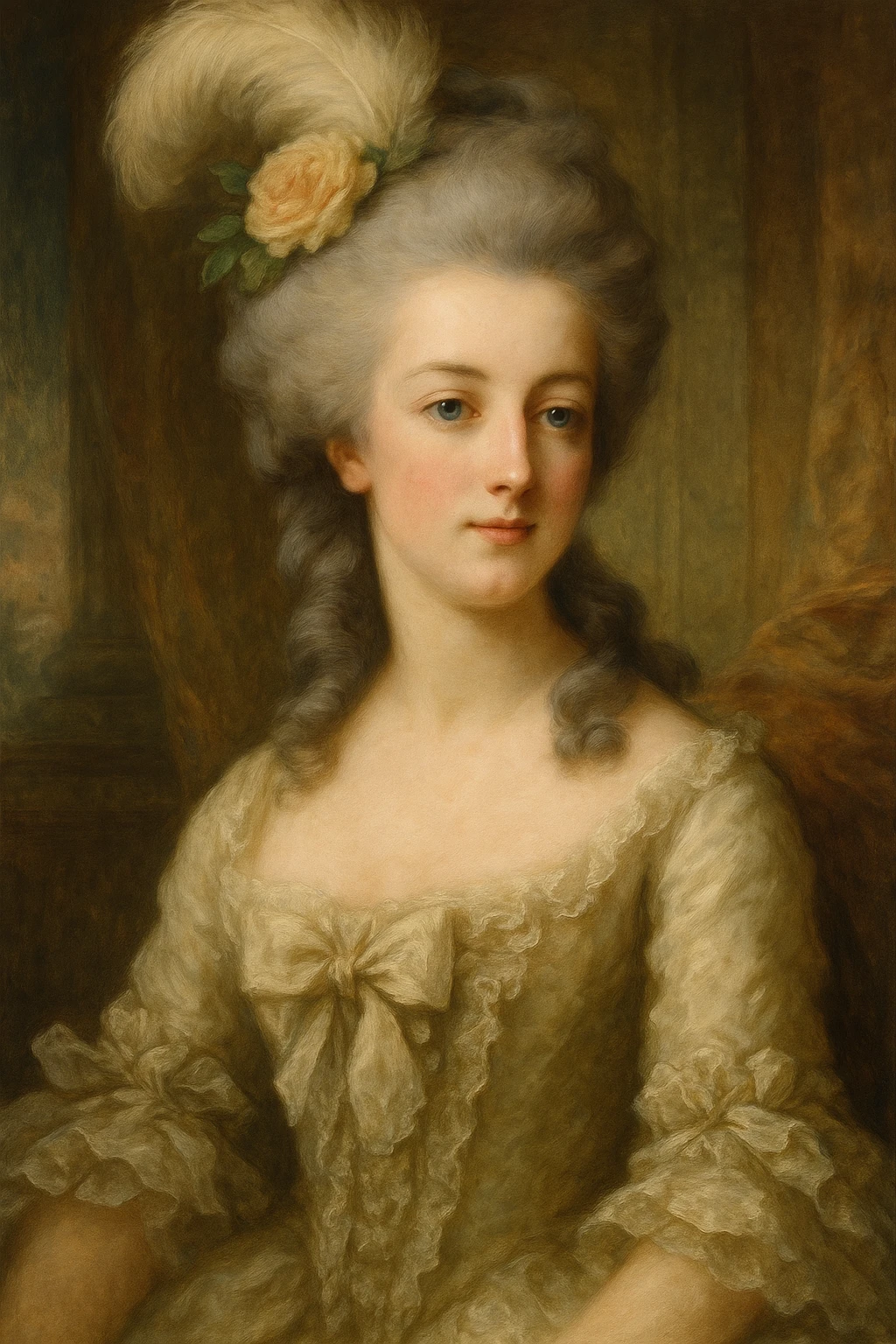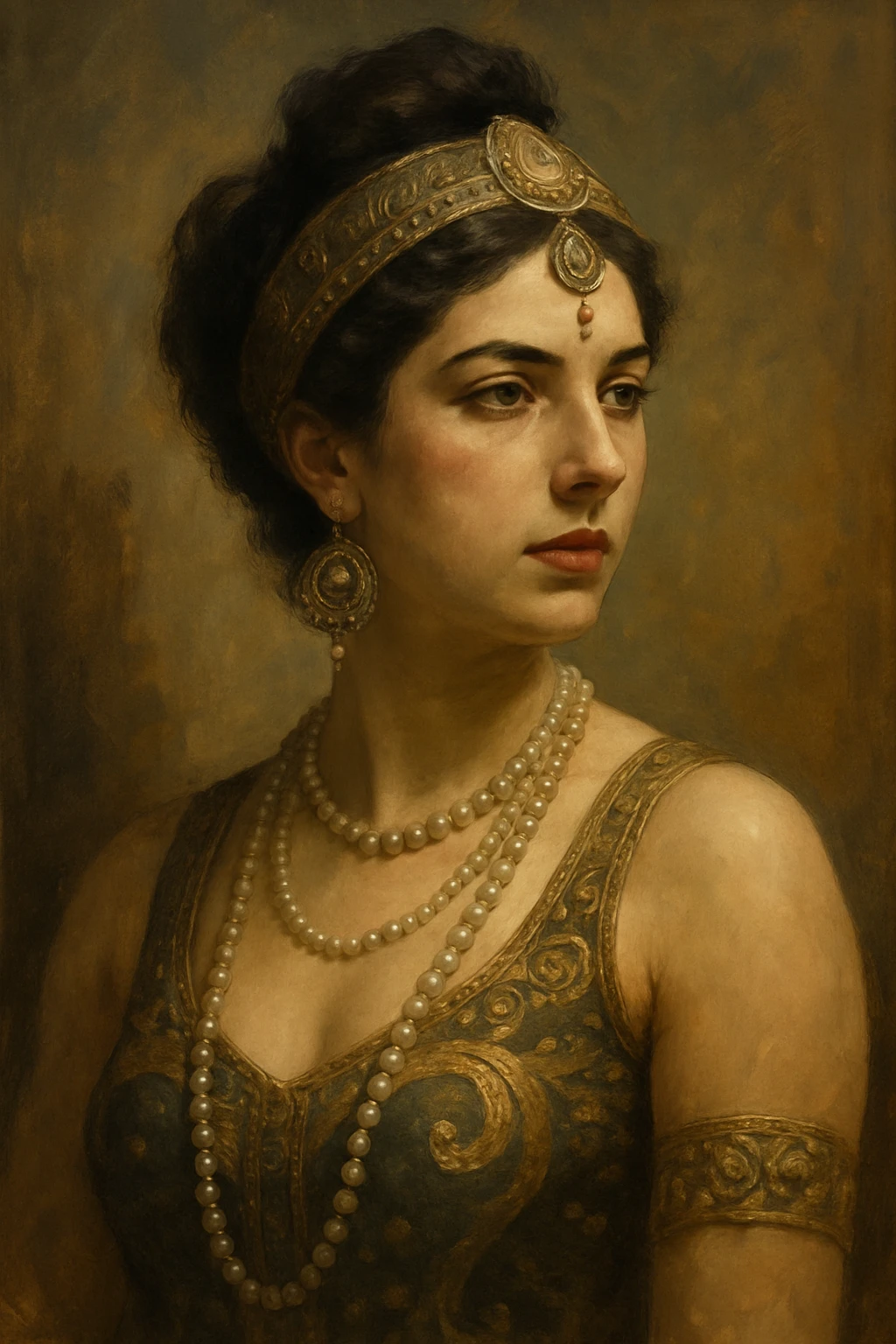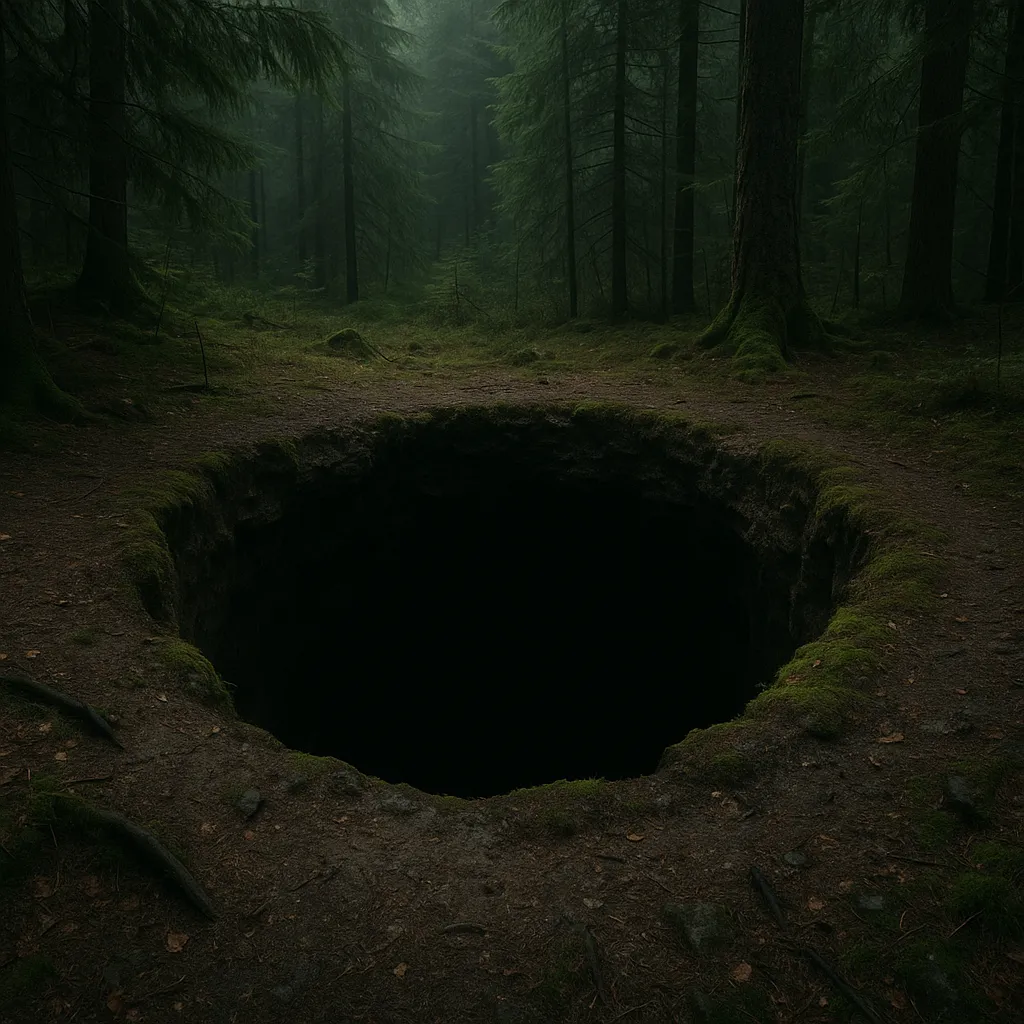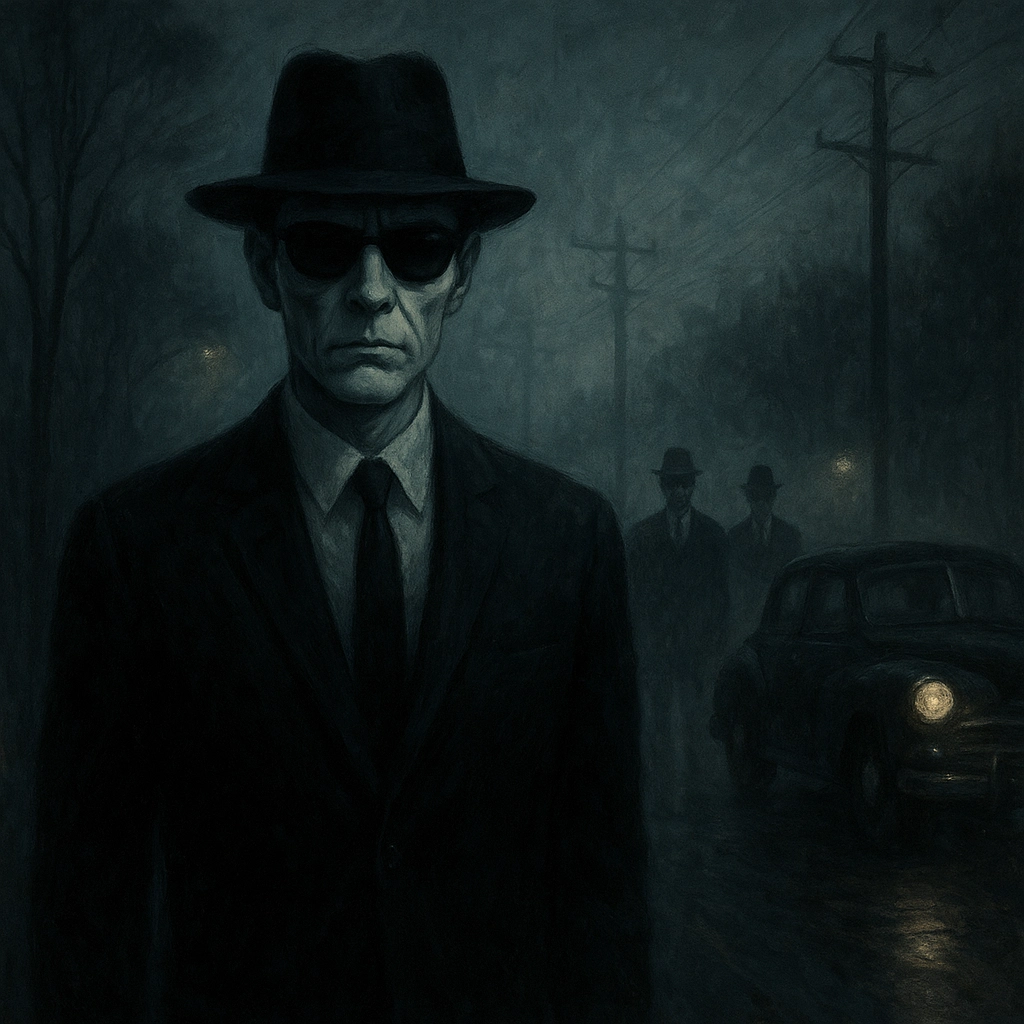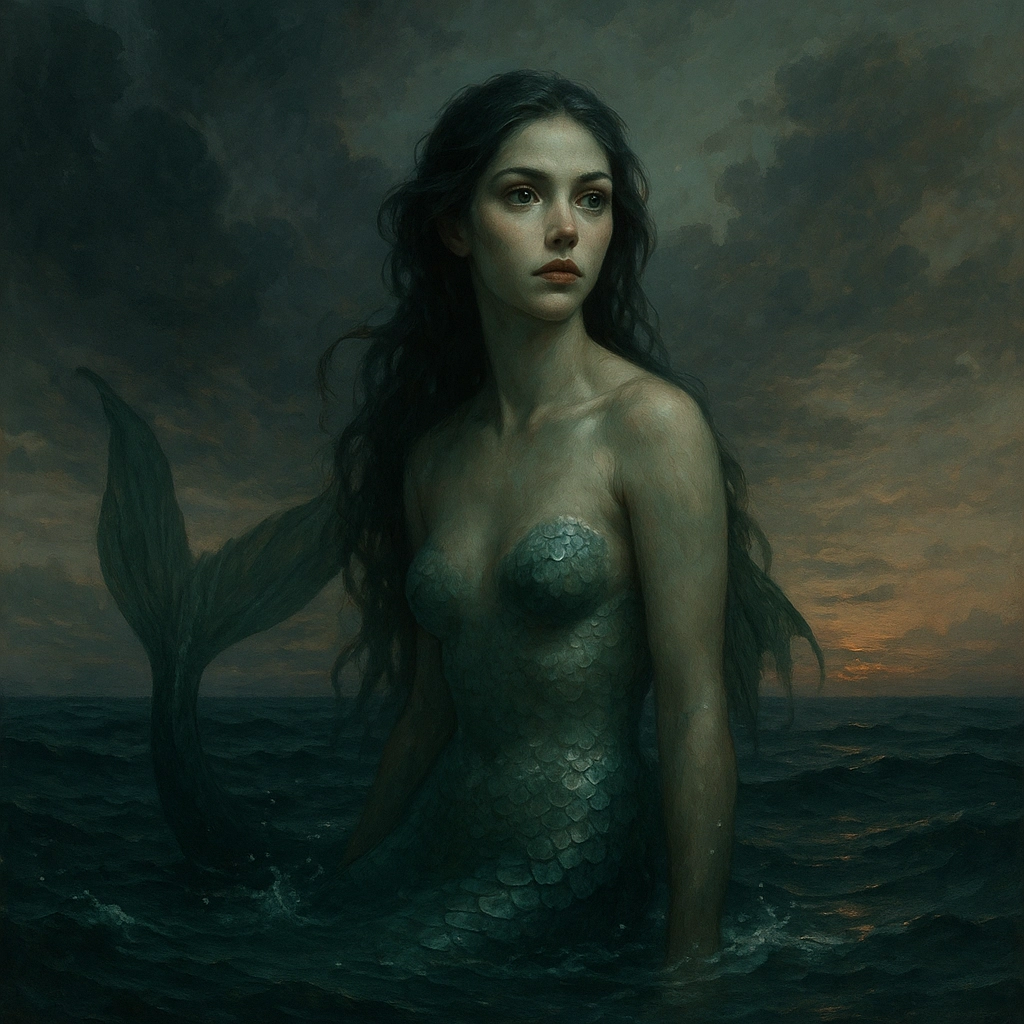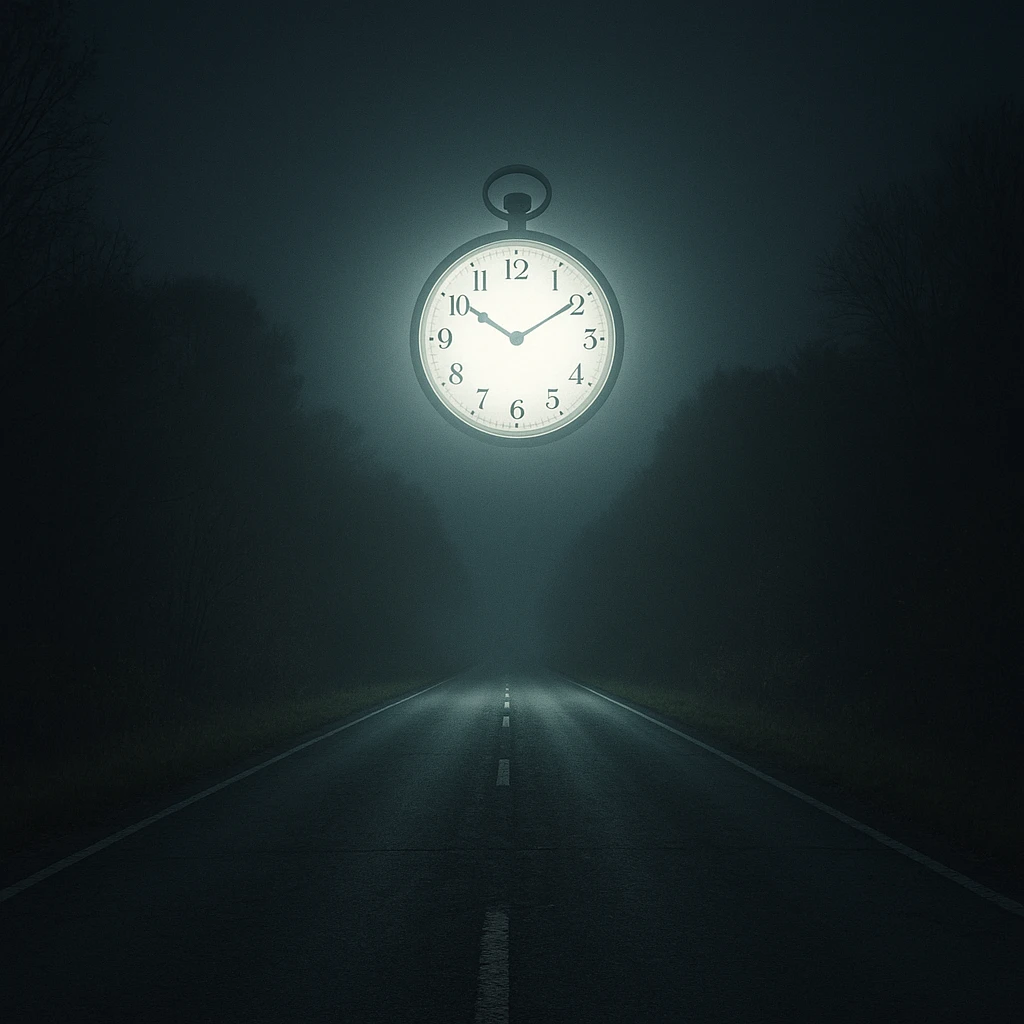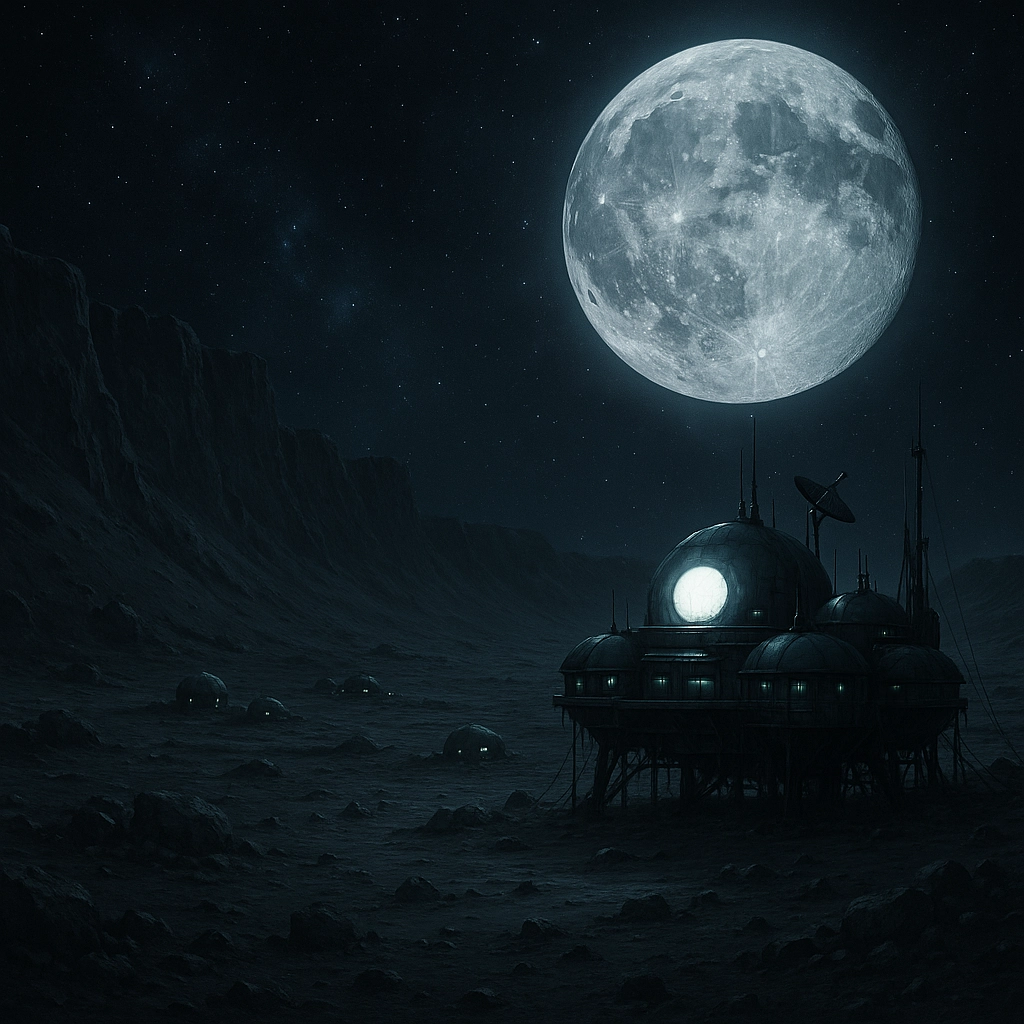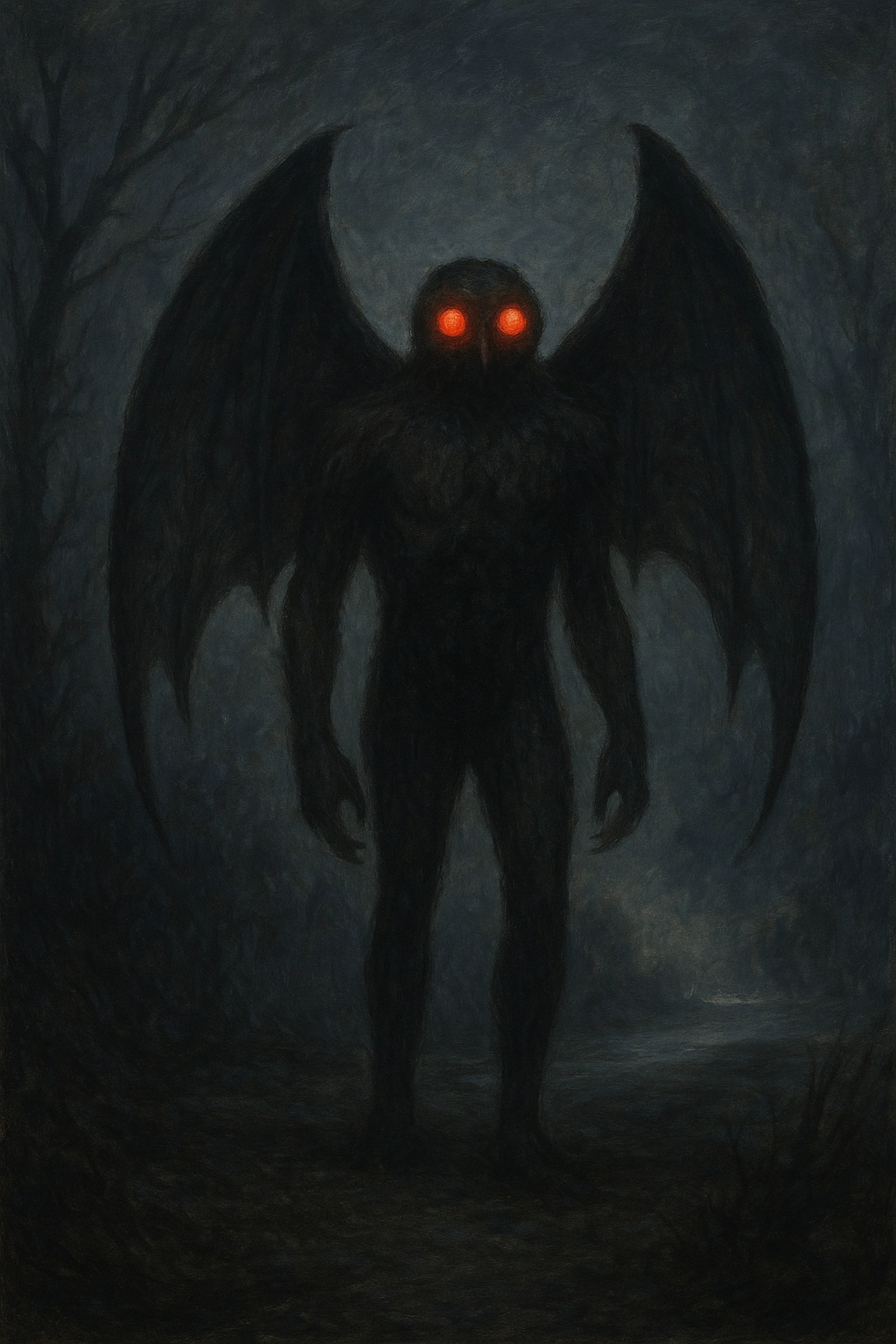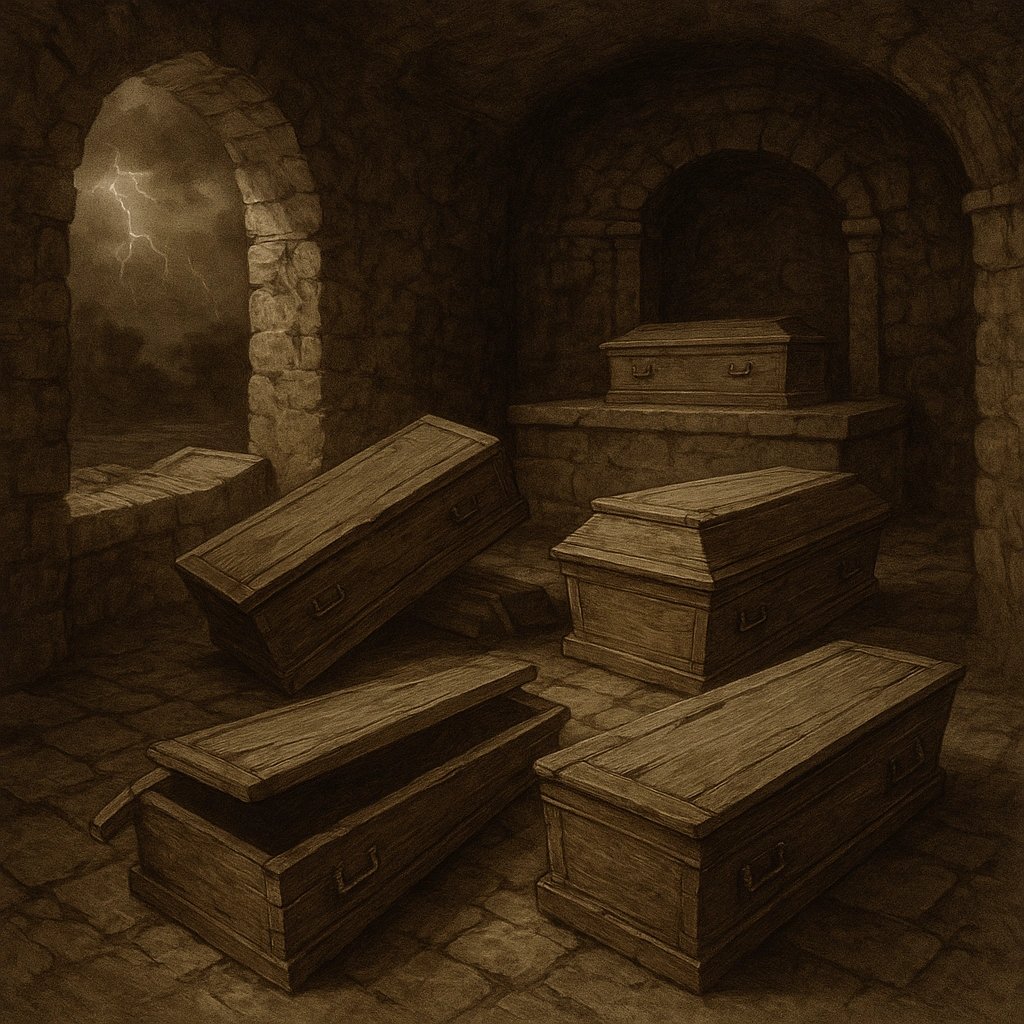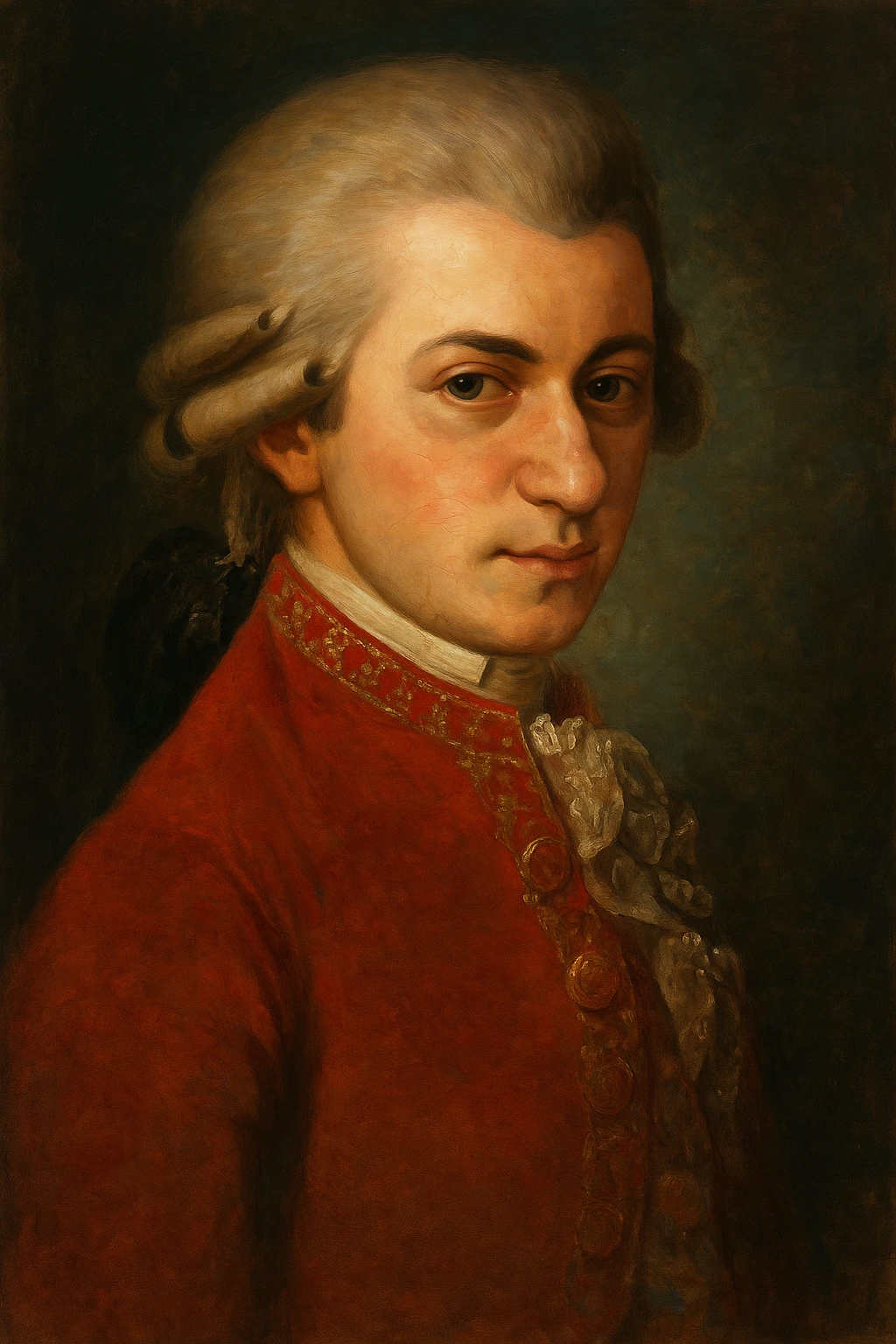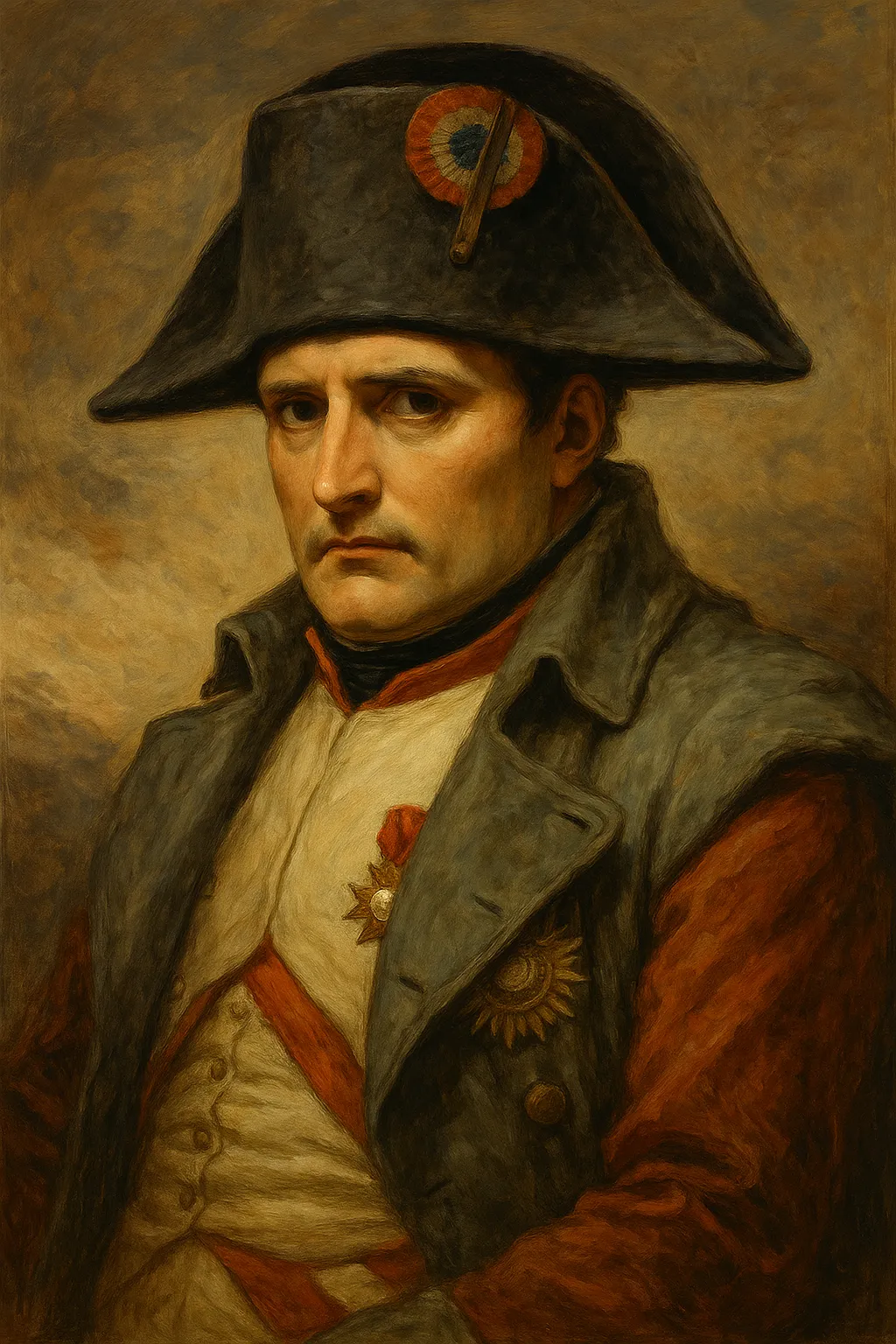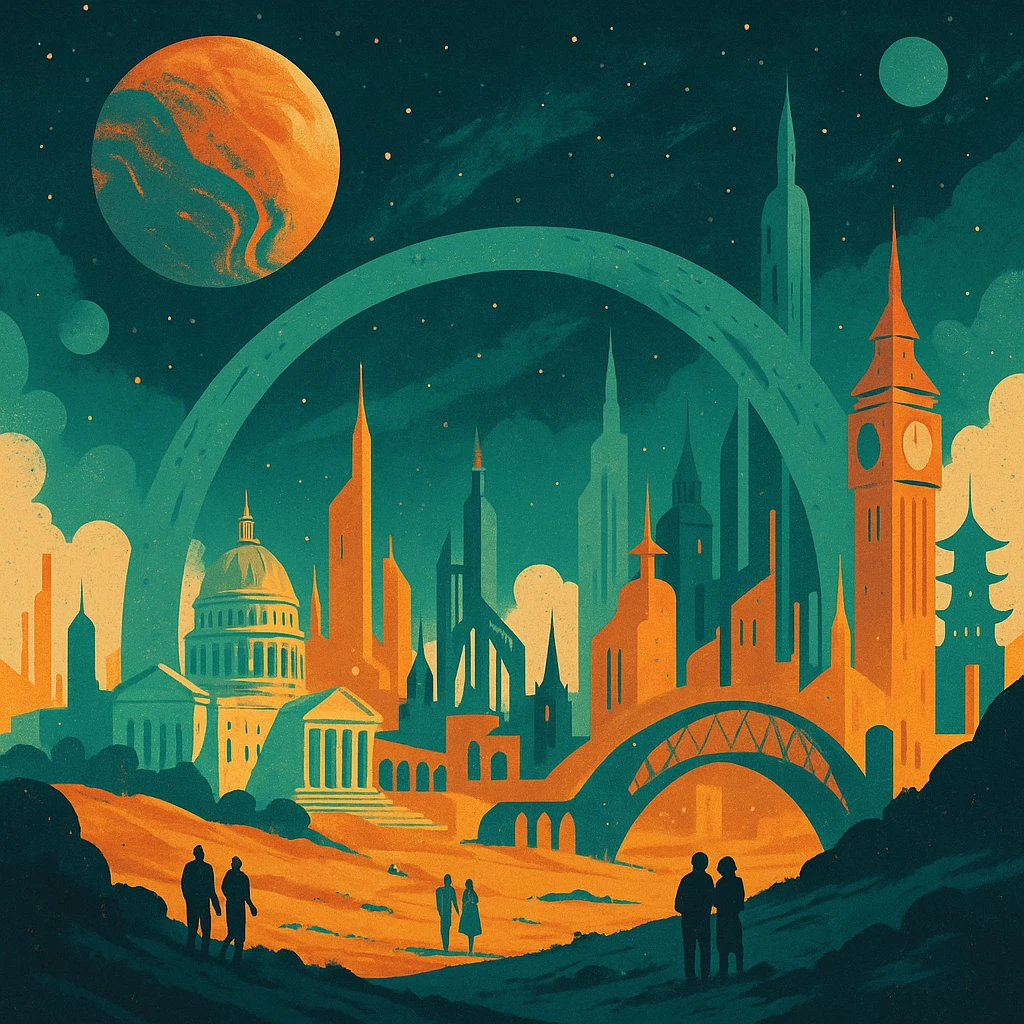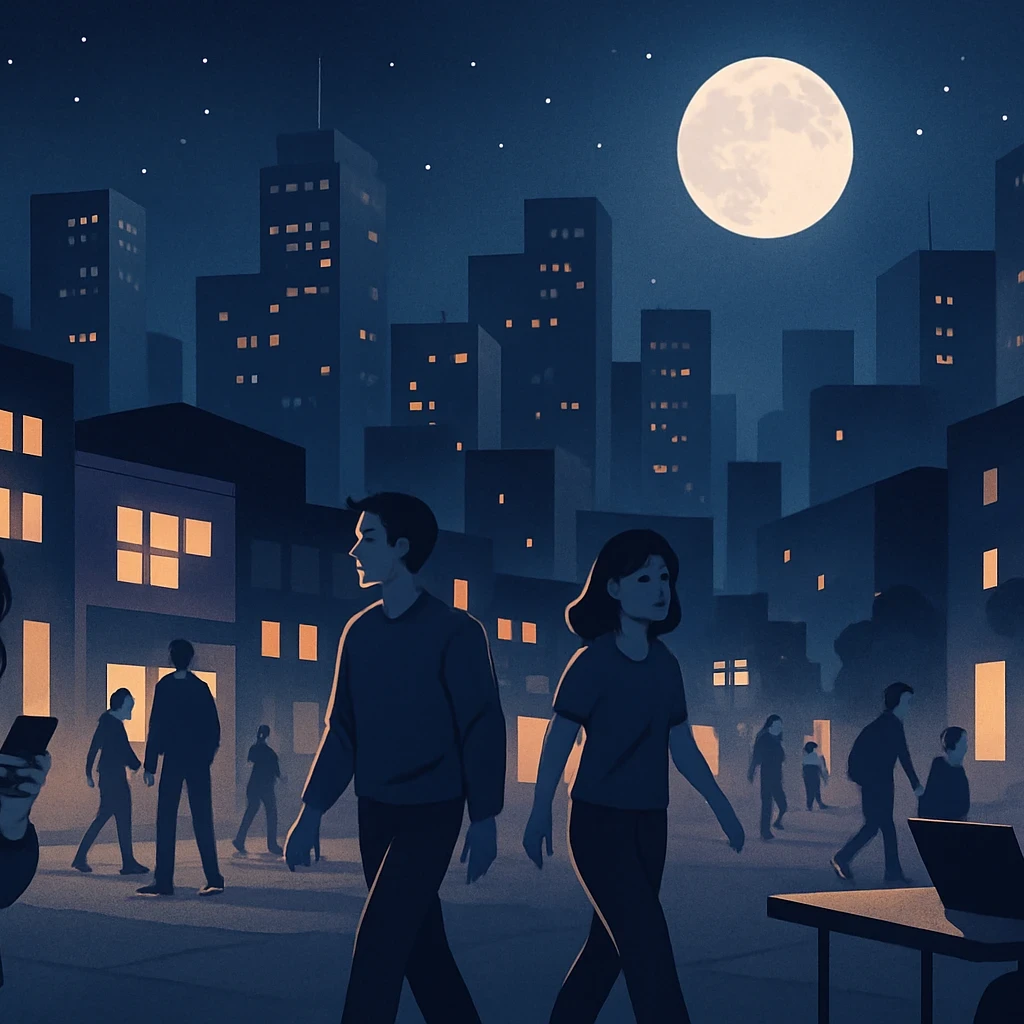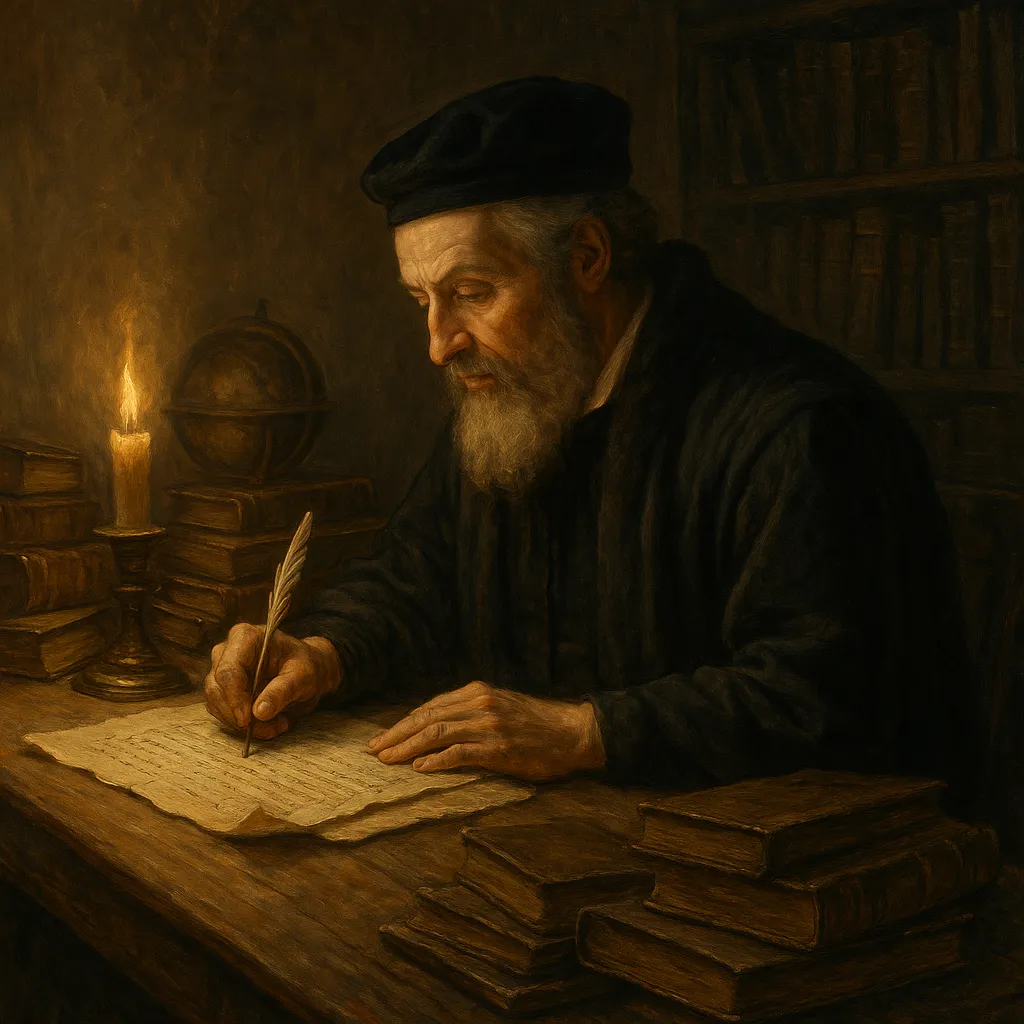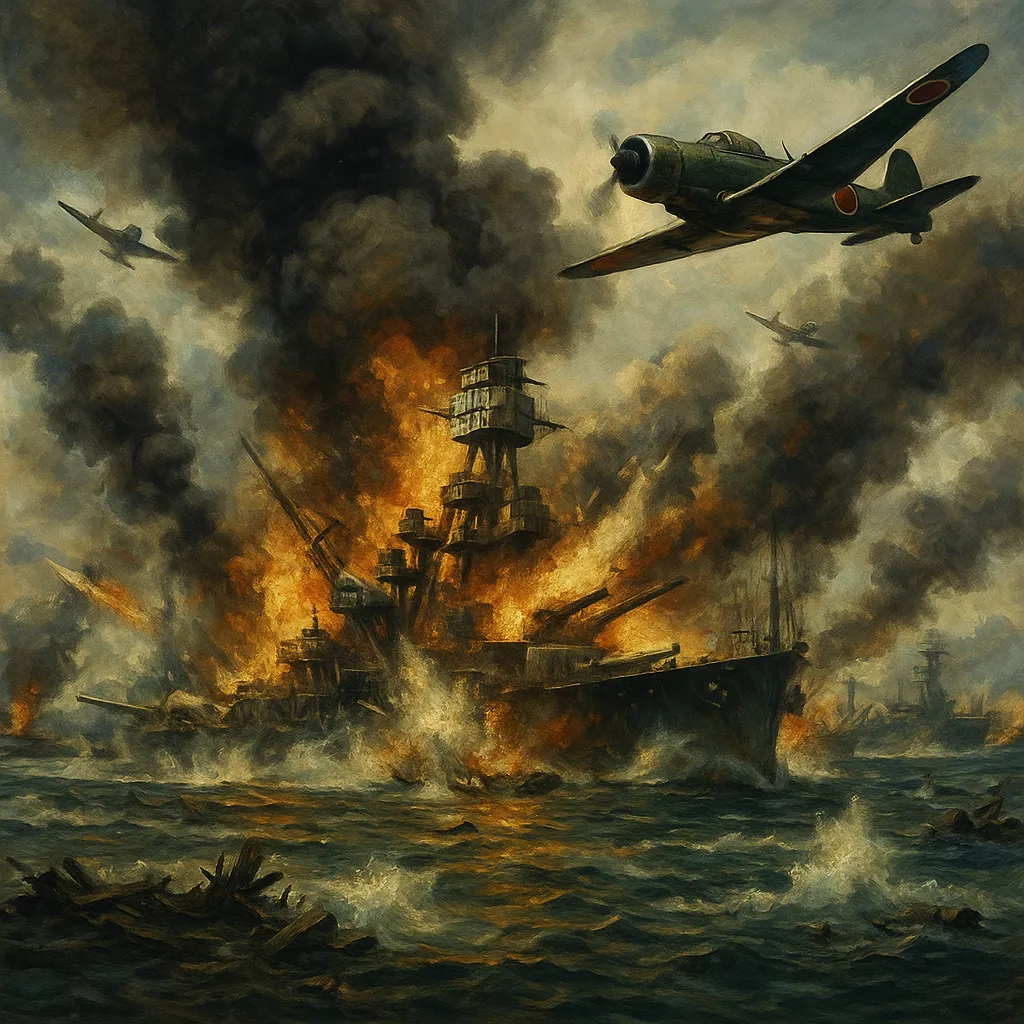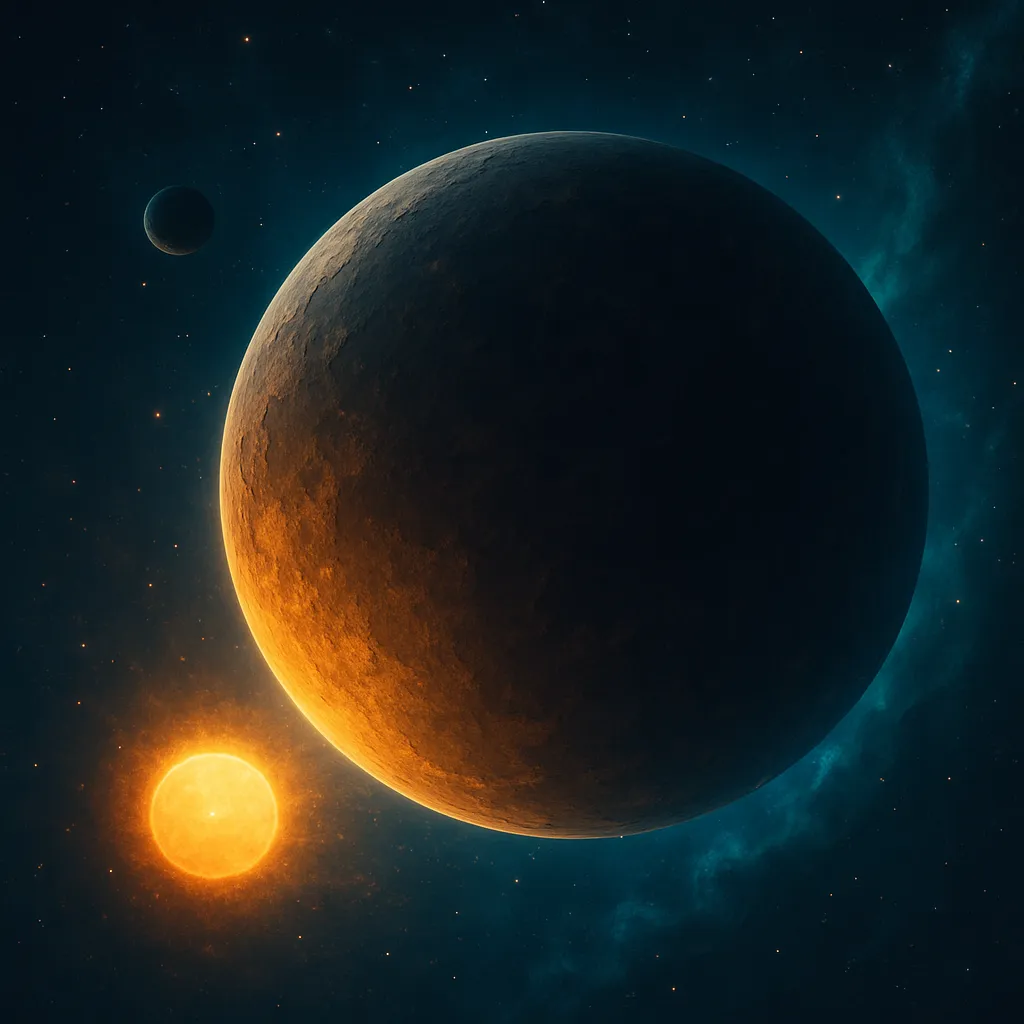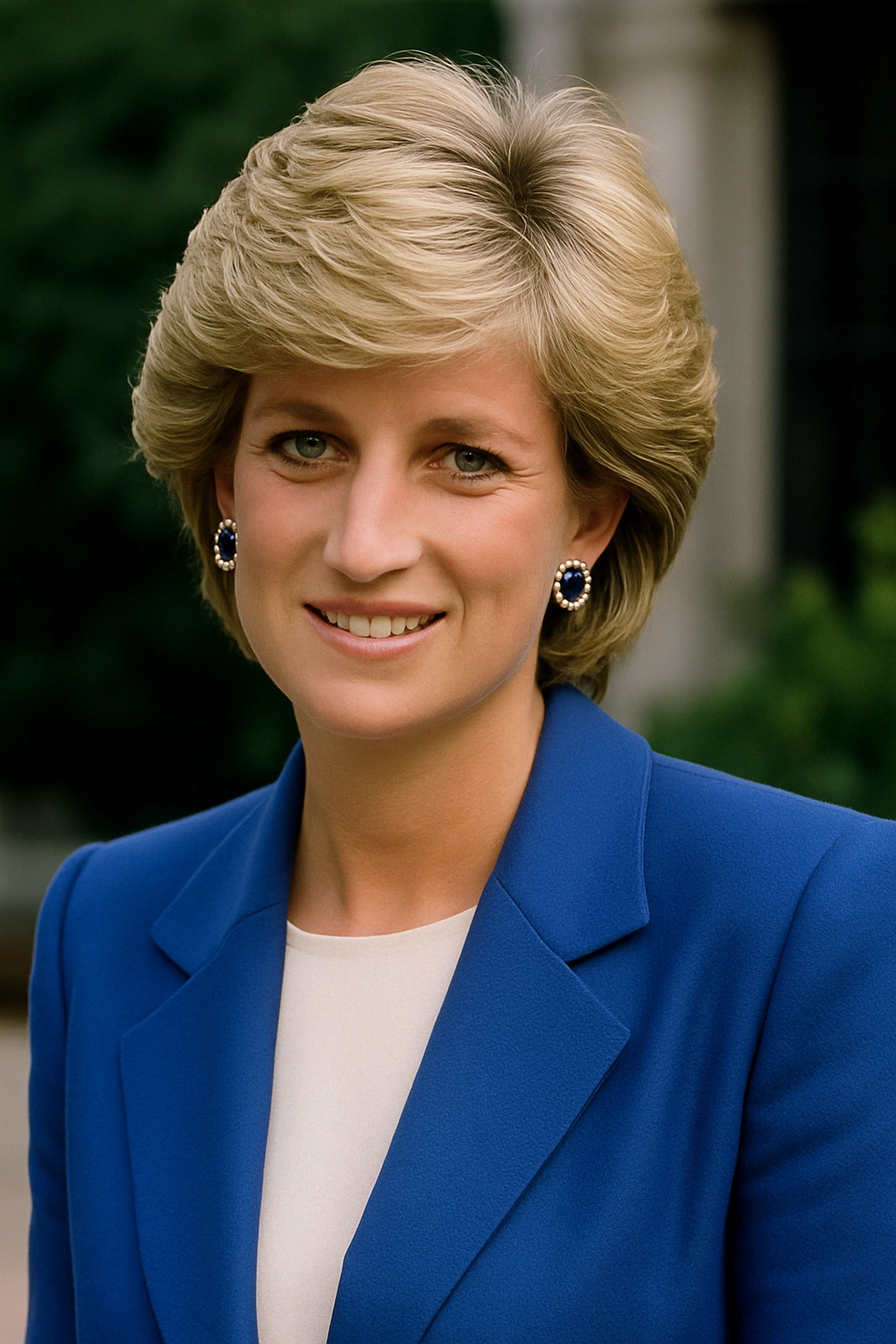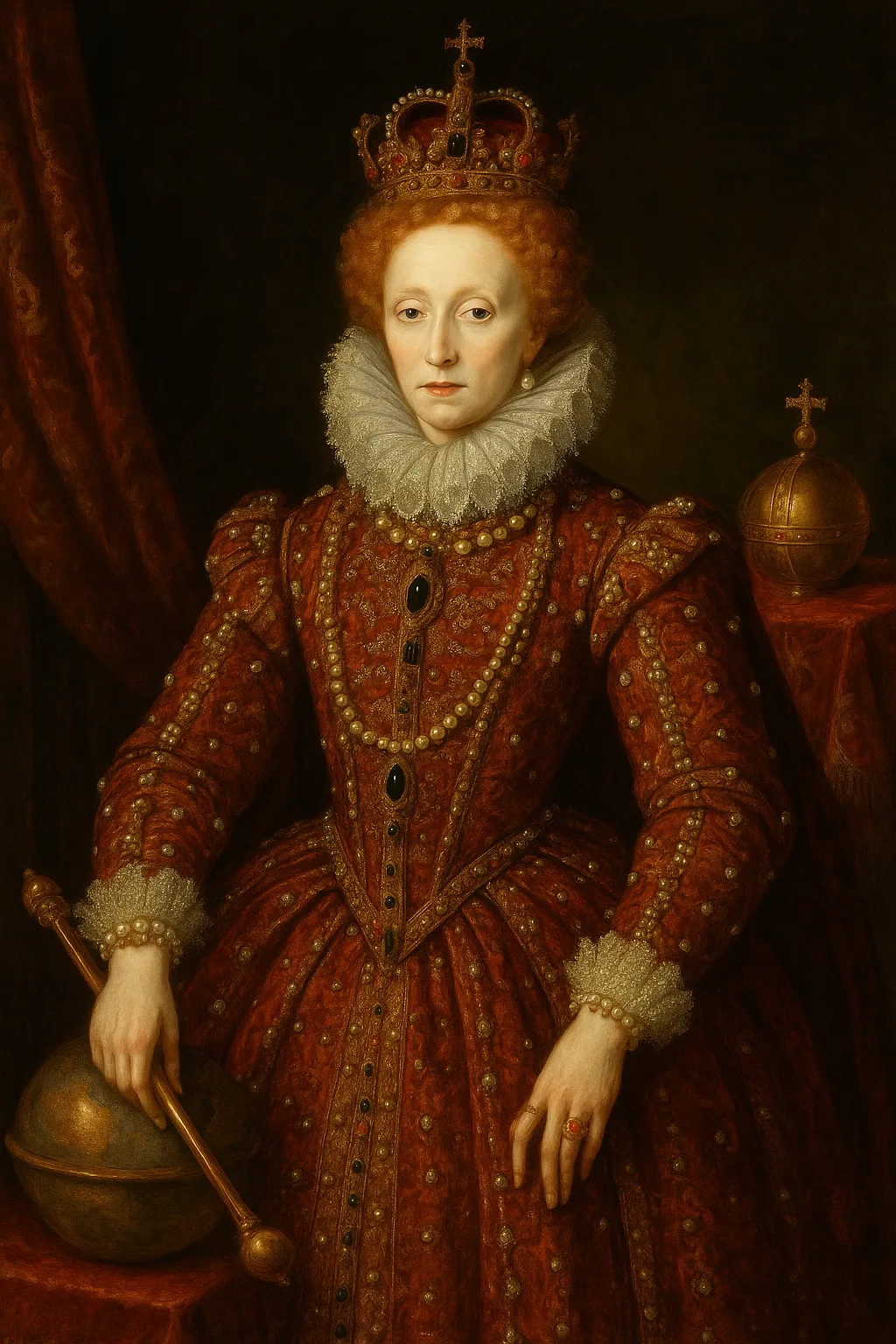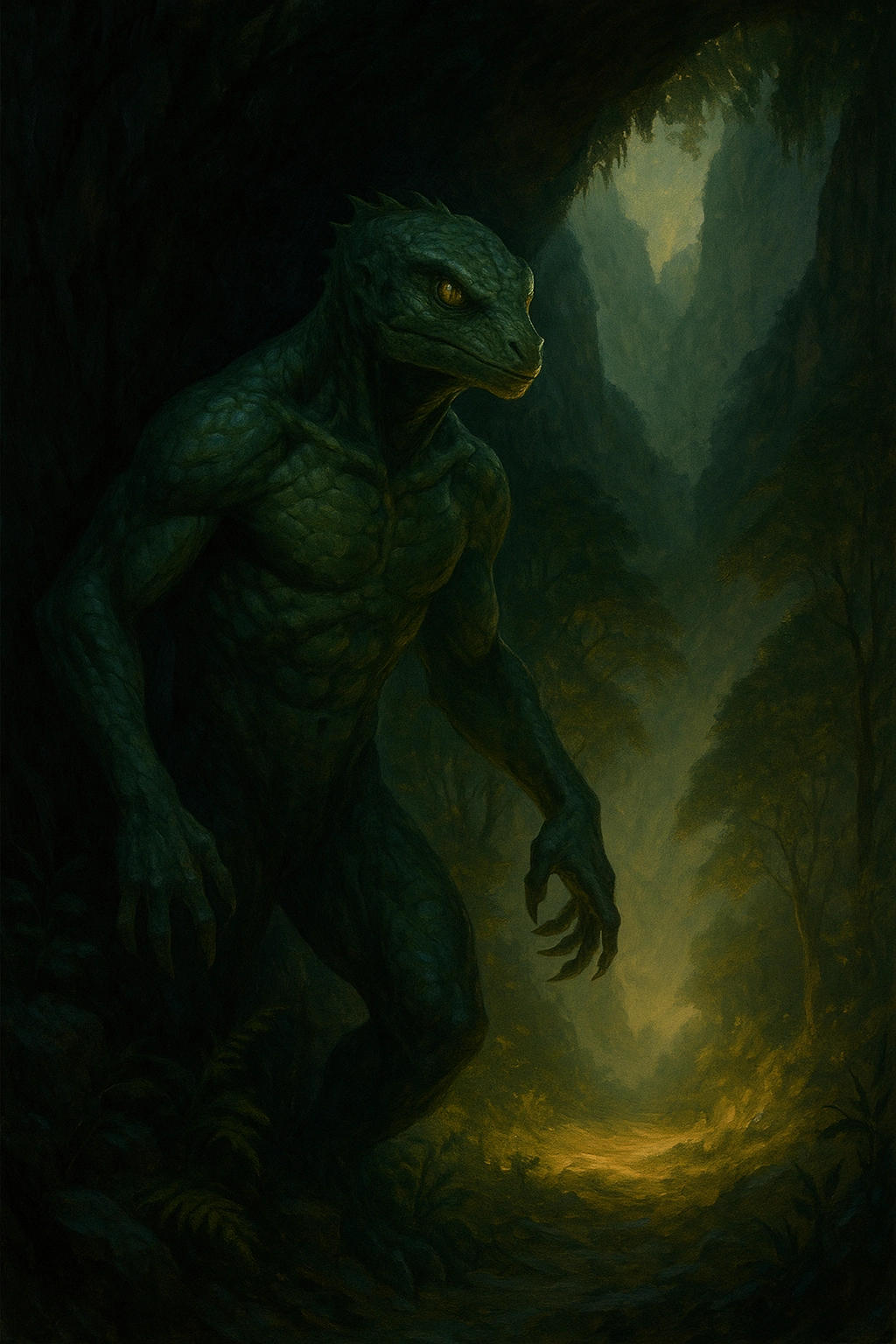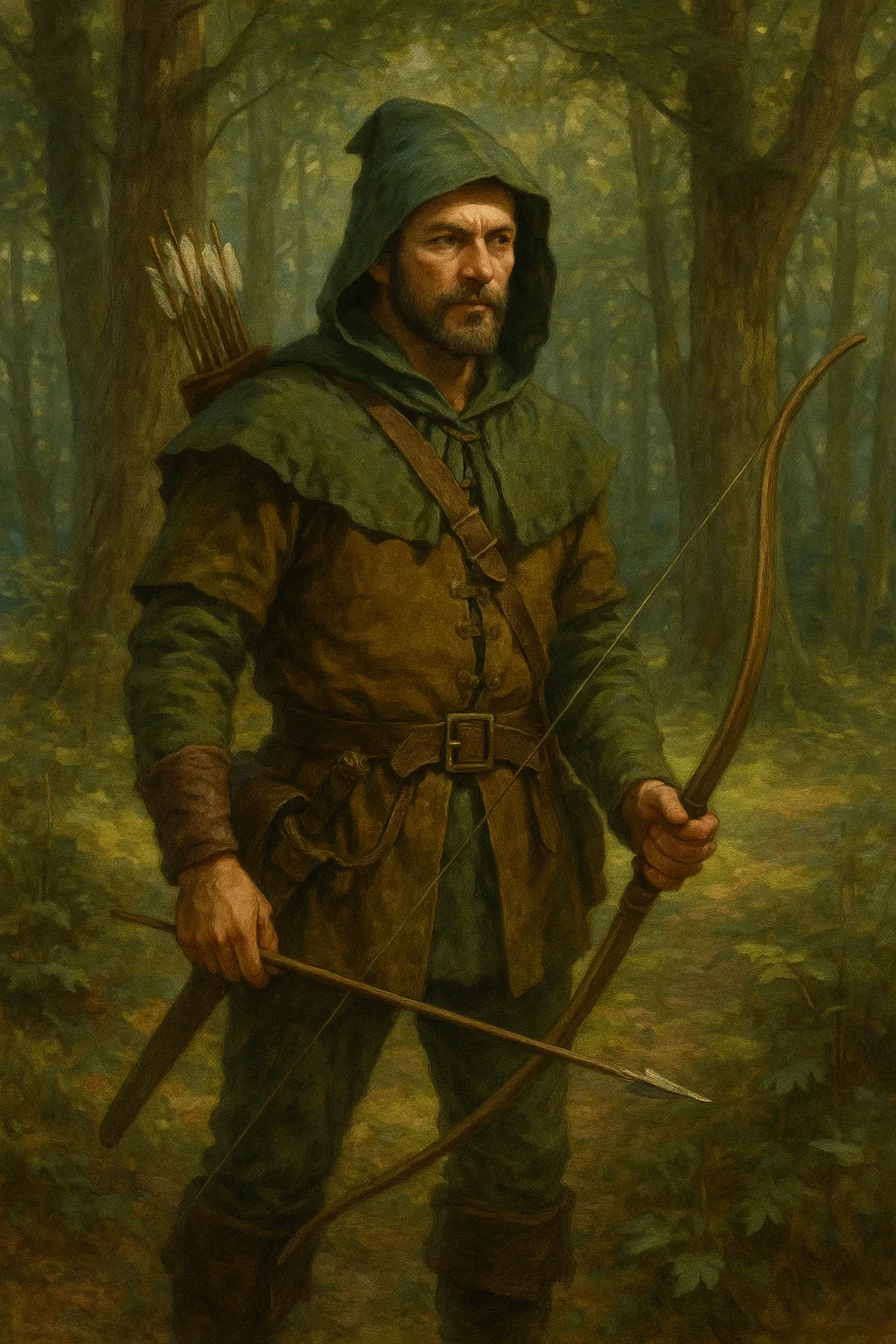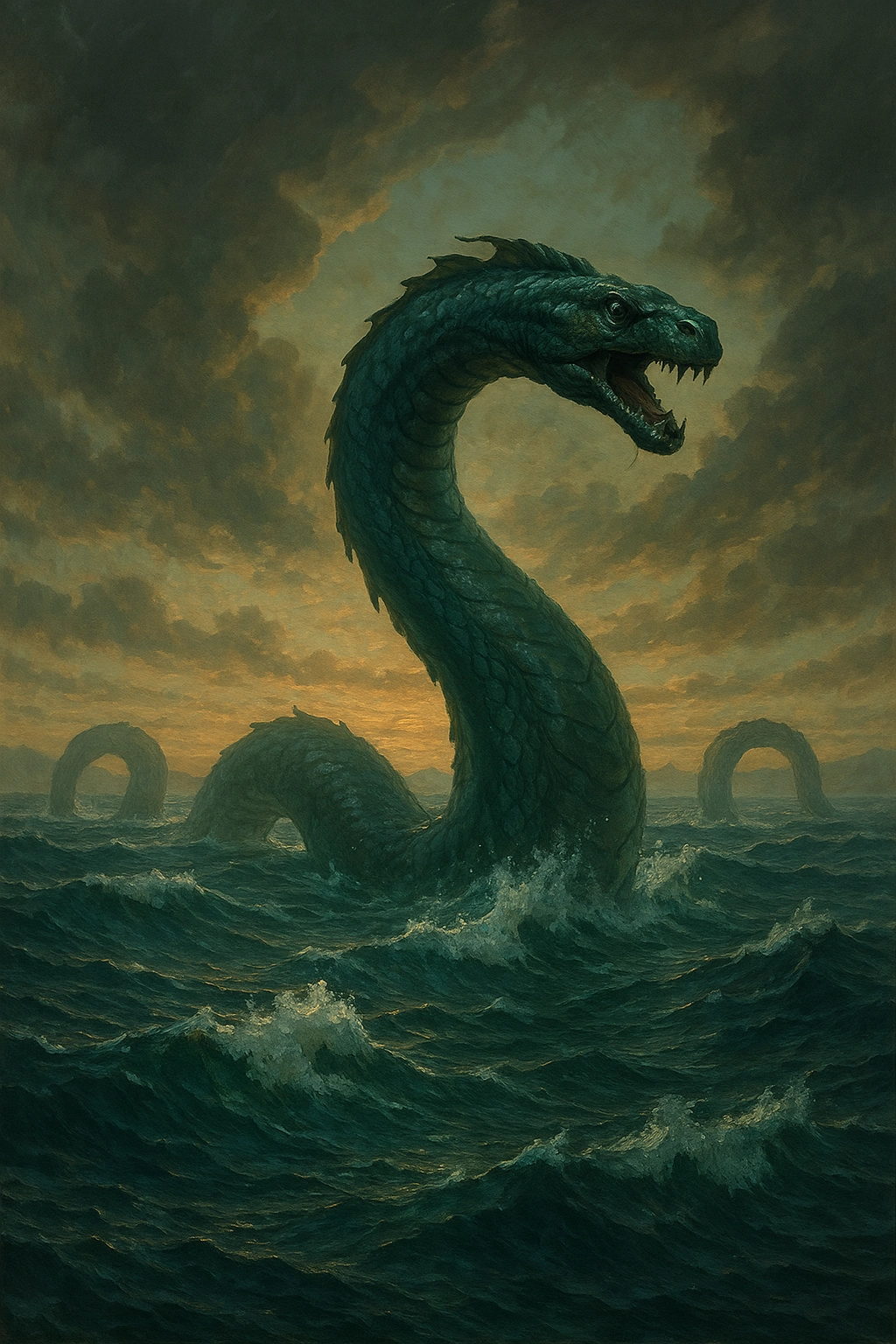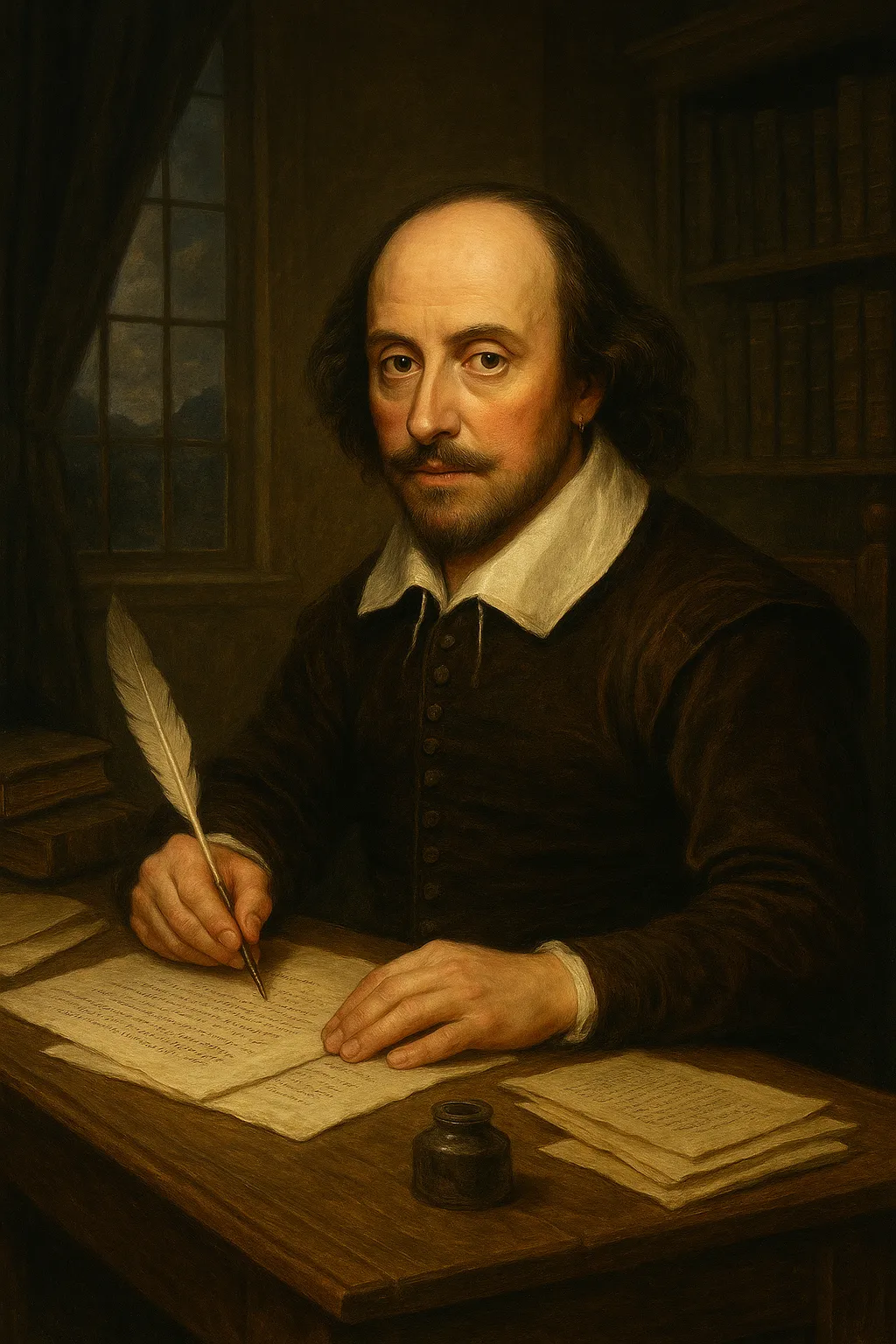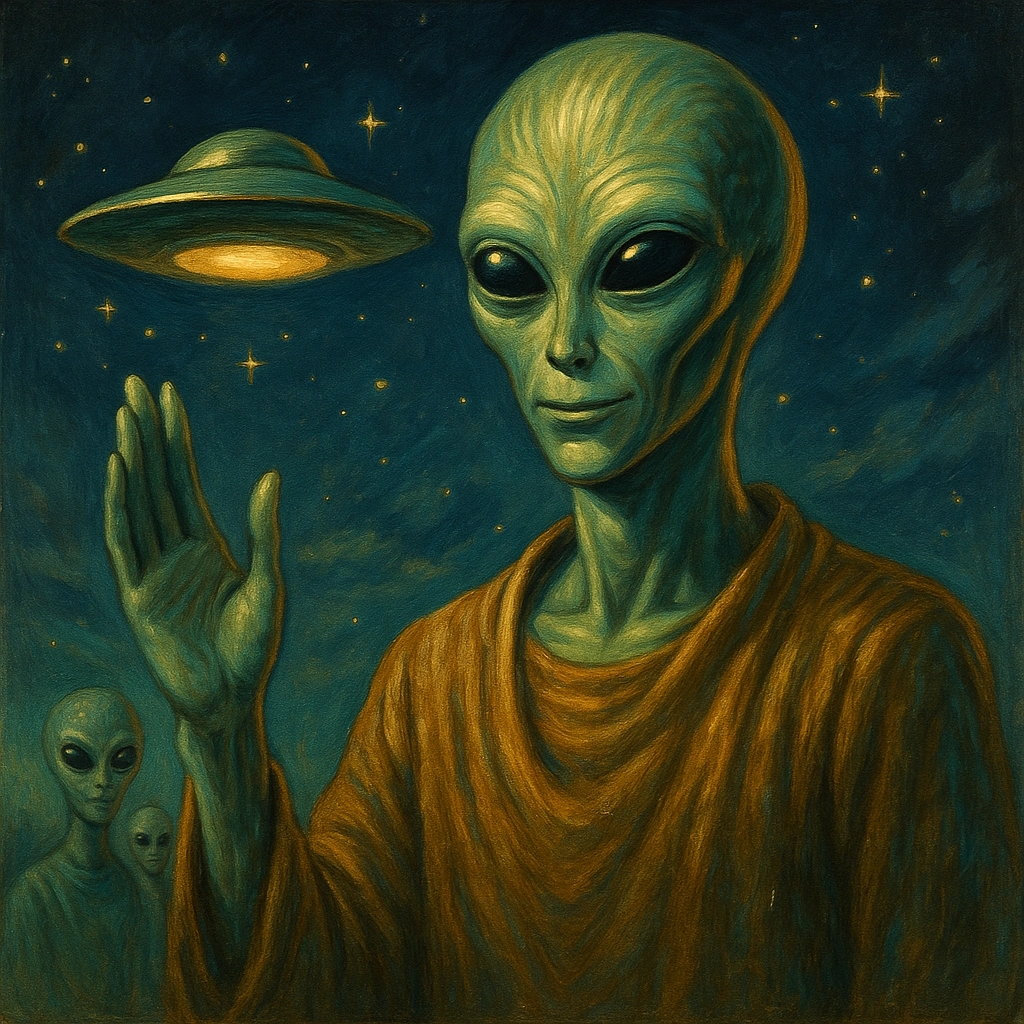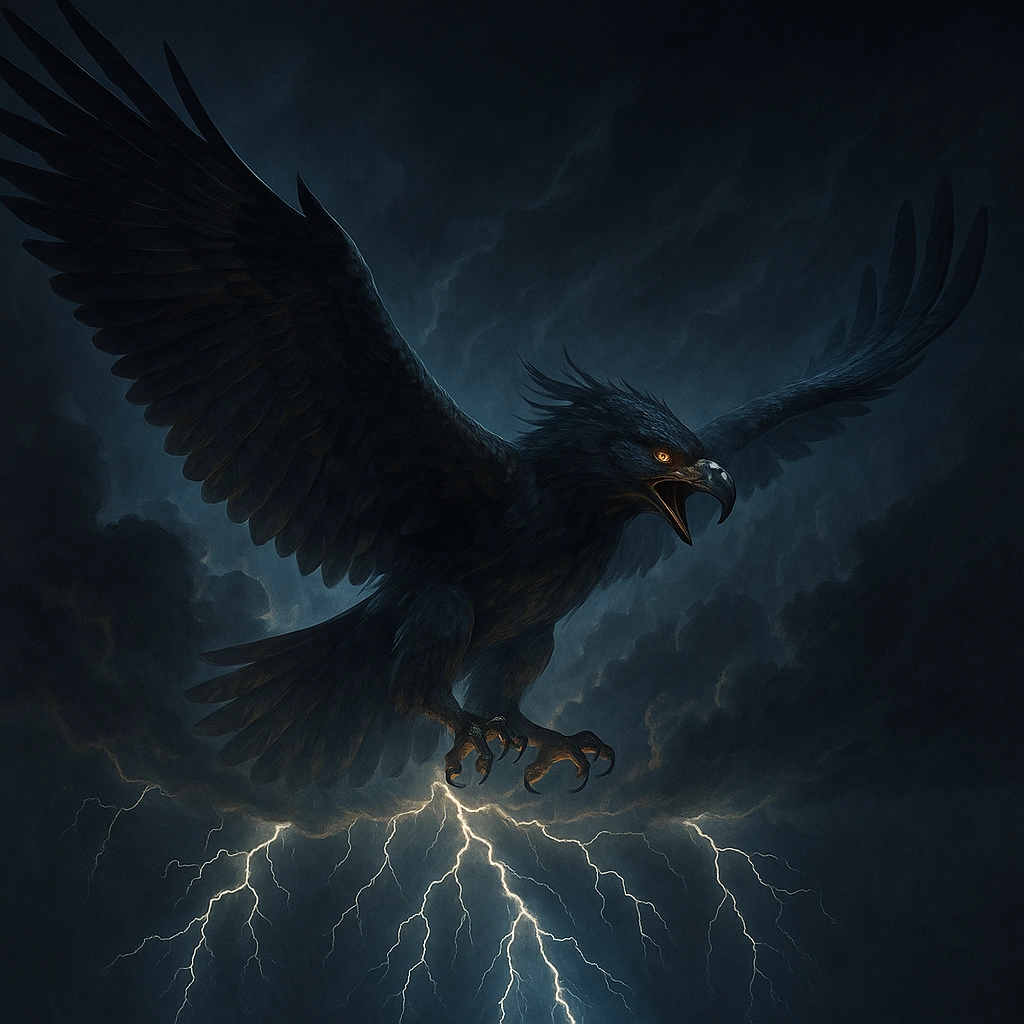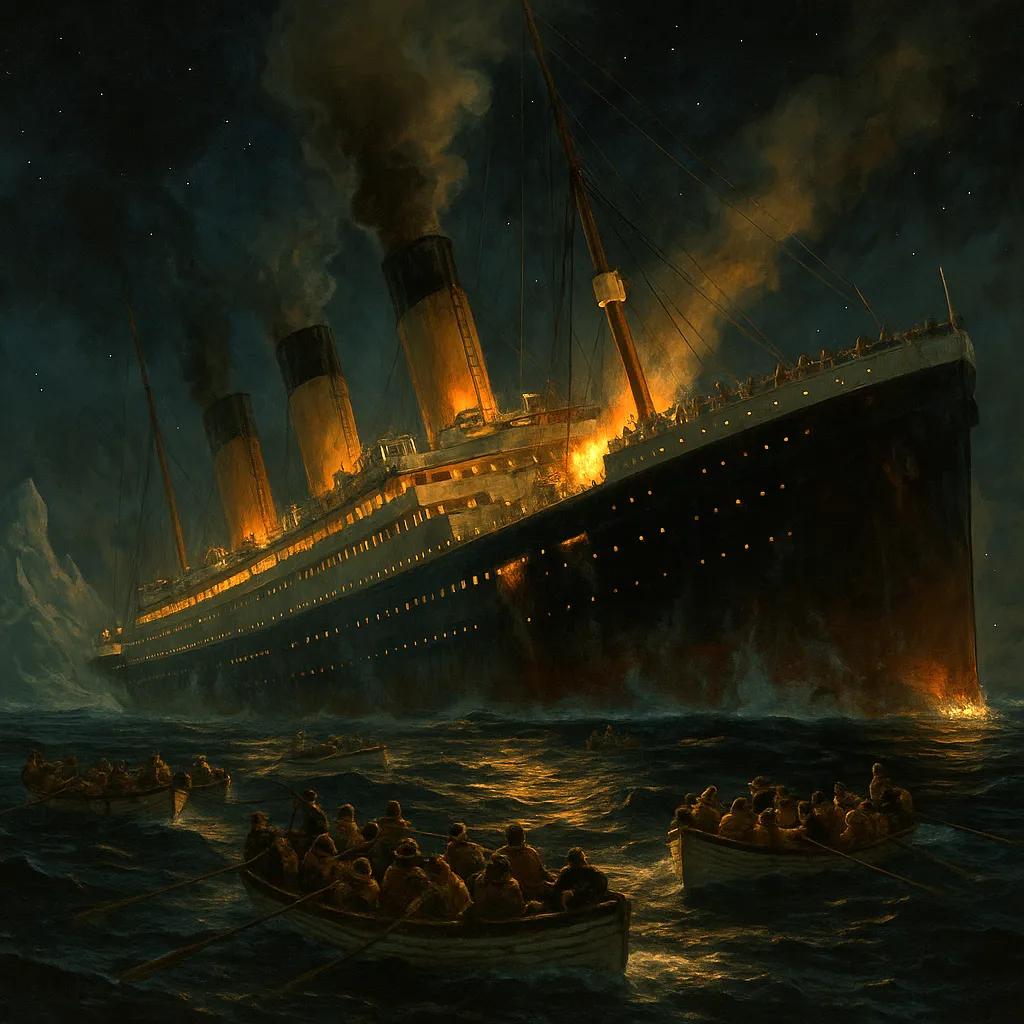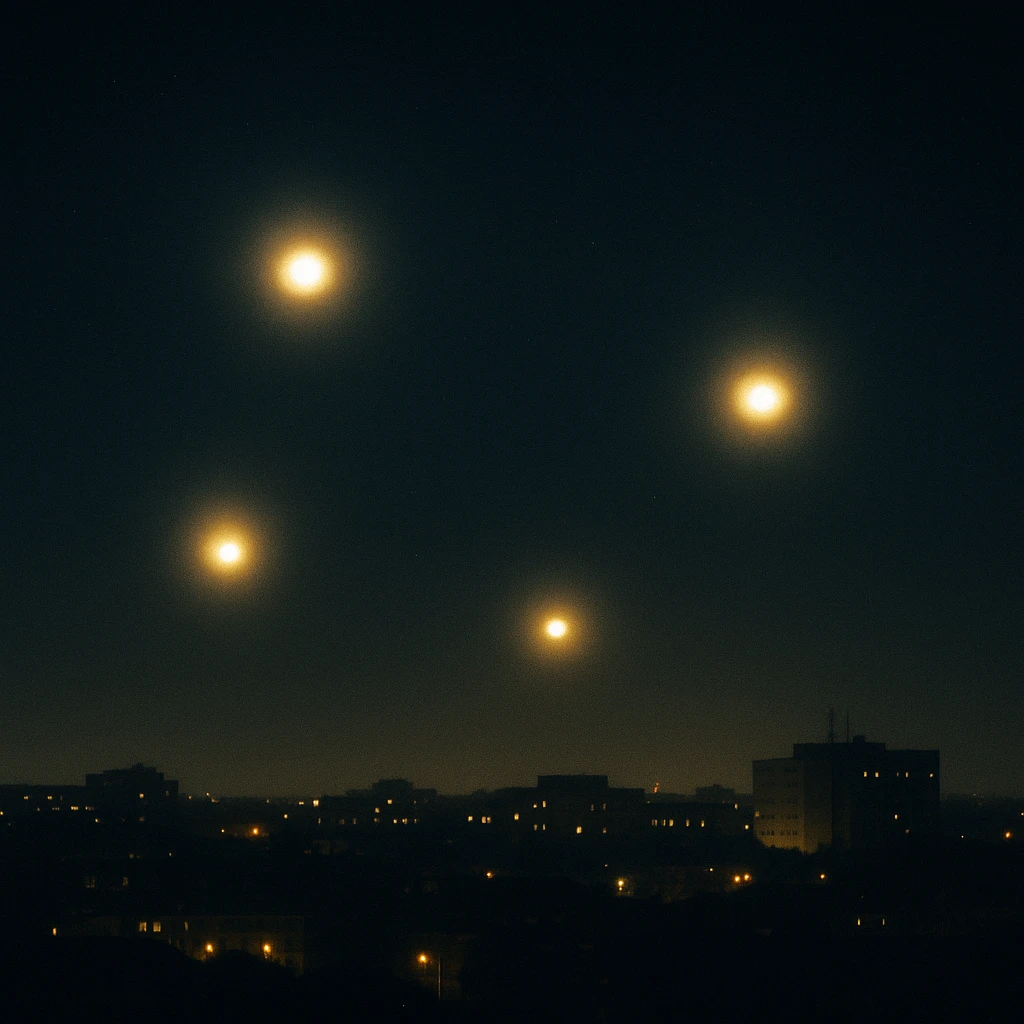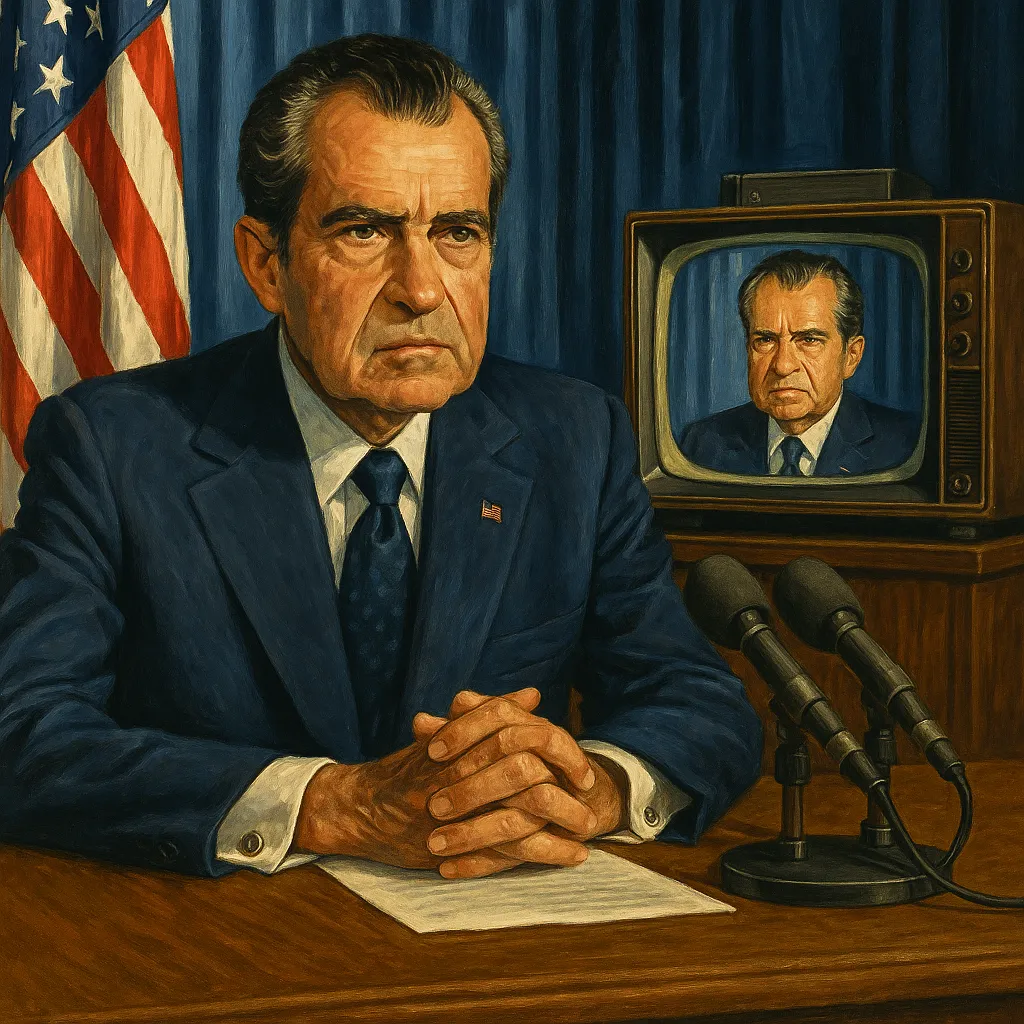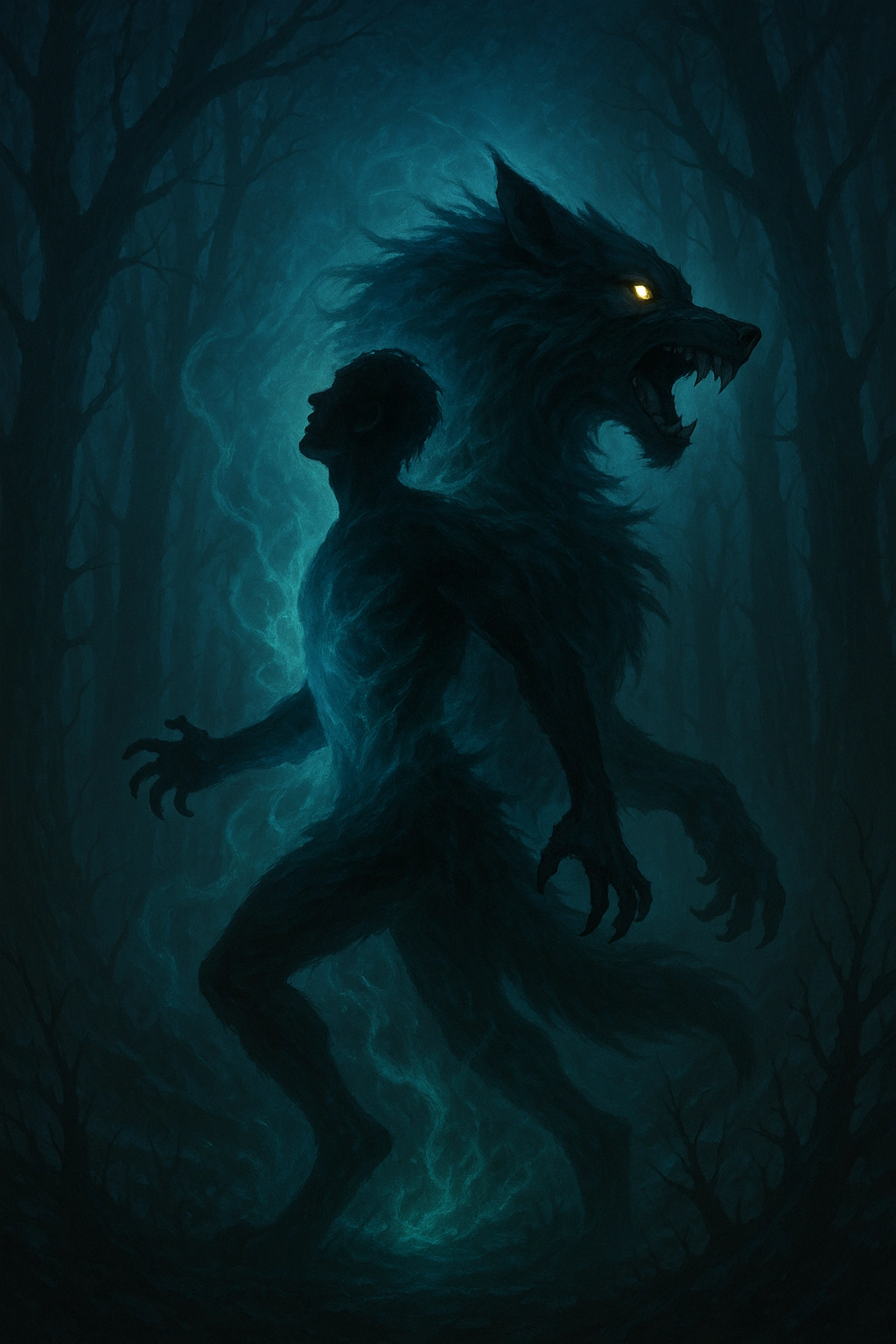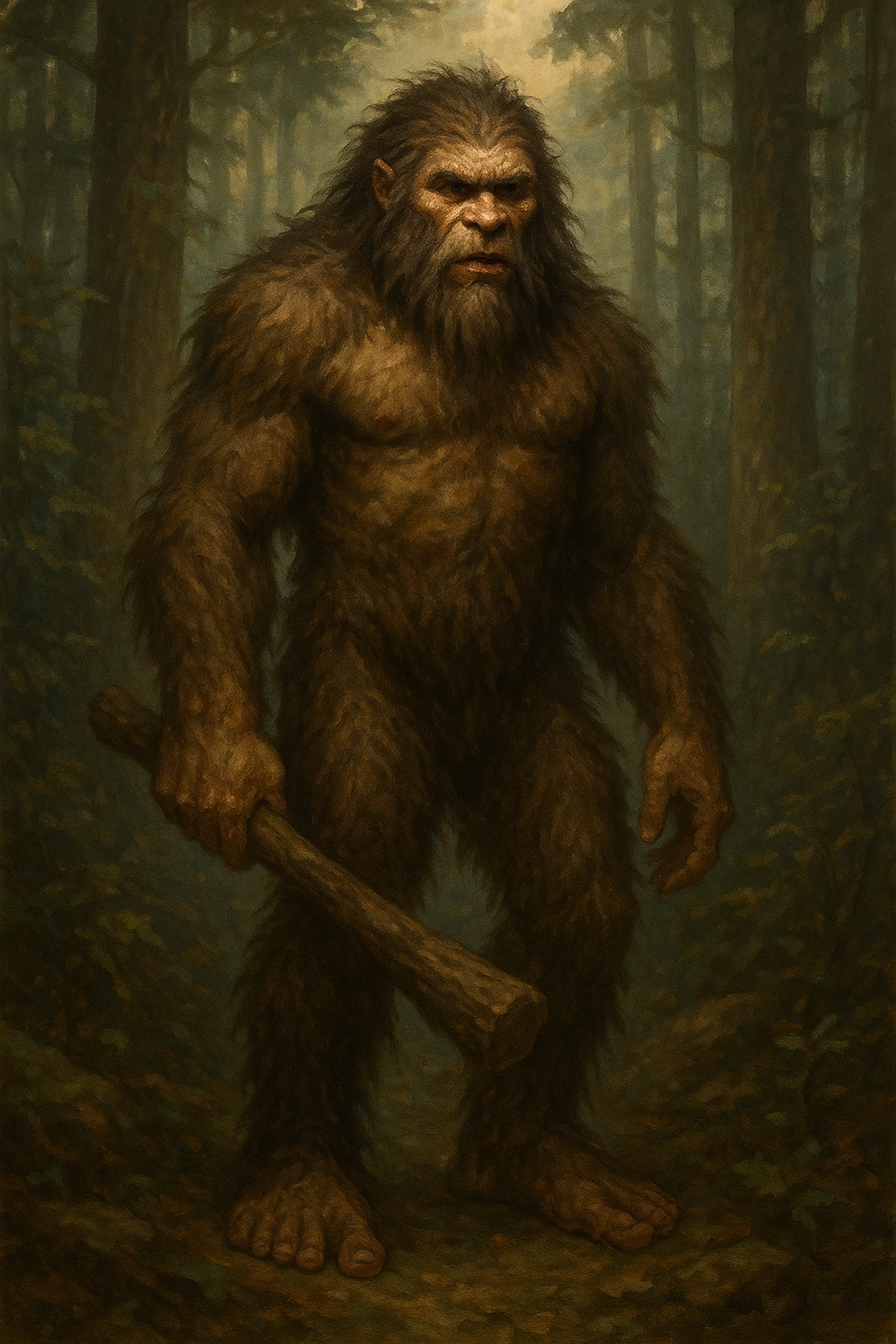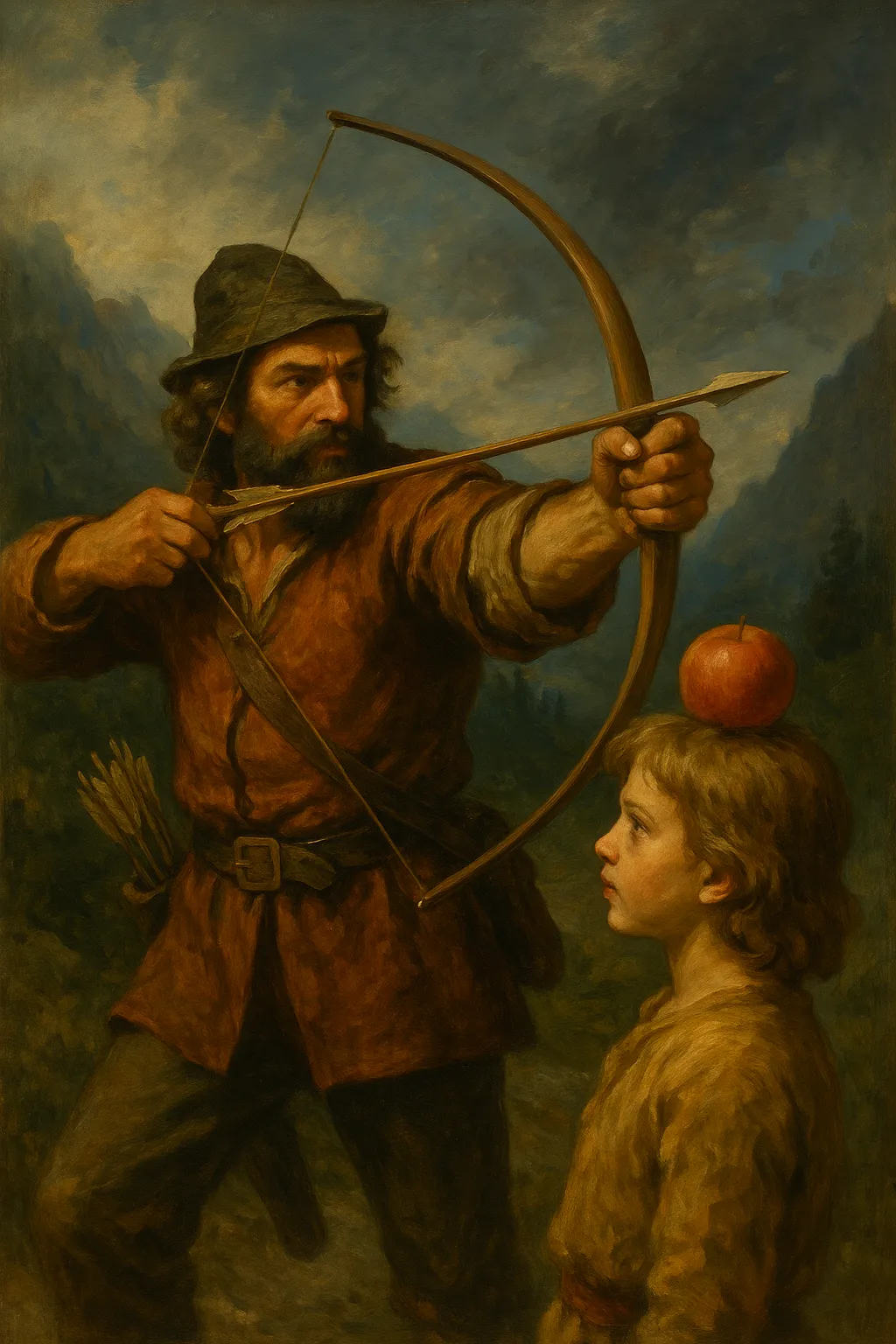Fashion Facts - Style Through History
Buttons
In the eighteenth century the French Comte d'Artois owned a set of diamond buttons, each of which had a miniature clock encased inside it.Canes
The French philosopher Voltaire owned eighty canes. His contemporary, Jean Jacques Rousseau, owned forty. Canes were in great vogue in eighteenth-century France, and women as well as men carried them. Women's canes often came equipped with perfume bottles, music boxes, or romantic pictures hidden inside.Corsets
Corsets were a key part of women's fashion for centuries, especially in Europe. They were worn to shape the waist and torso, often at the expense of comfort or even health. In the 1800s, some corsets were reinforced with whalebone or steel. Though once abandoned, corsets have seen revivals in high fashion and subcultures.Eyewear
Eyeglasses began as purely functional items but became fashion accessories by the 20th century. Sunglasses gained popularity thanks to Hollywood stars and World War II aviators. Today, eyewear frames vary widely in shape, material, and color - merging fashion and function.Fashion Weeks
Fashion Weeks in cities like Paris, New York, and Milan set the tone for global style each season. These events feature runway shows where designers unveil their latest collections to buyers, celebrities, and media. The concept started in the 1940s and has since become a billion-dollar promotional engine.Geishas
To preserve their elaborate coiffures, Geishas in ancient Japan slept with their heads on bags filled with buckwheat chaff.Grease
In 1400 B.C. it was the fashion among rich Egyptian women to place a large cone of scented grease on top of their heads and keep it there all day. As the day wore on, the grease melted and dripped down over their bodies, covering their skin with an oily, glistening sheen and bathing their clothes in fragrance.Hair Coloring
According to the U.S. Food and Drug Administration, two out of five women in America dye their hair.Hair Bleaching
The Greeks in the time of Alexander the Great liked blond hair as much as we do today. Men and women alike bleached their locks with potash water and herbal infusions, creating a reddish-blond color considered to be the height of style and beauty.Hairlines
During the Renaissance, fashionable aristocratic Italian women shaved their hair several inches back from their natural hairlines.Haute Couture
The term "haute couture" refers to high-end, custom-fitted fashion design. Originating in Paris, it is regulated by strict guidelines in France. Each piece is made by hand and often takes hundreds of hours to complete. Only select fashion houses earn the right to call their work true haute couture.Nose
The San Blas Indian women of Panama consider giant noses a mark of great beauty. They paint black lines down the center of their noses to make them appear longer. Among San Blas men, an enormous nose is the mark of a great leader.Pajamas
In India it is perfectly proper for men to wear pajamas in public. Pajamas are accepted as standard daytime wearing apparel.Pantaloons
It was the style among eighteenth-century Englishmen to wear pantaloons so tight they had to be hung on special pegs that held them open, allowing the wearer to jump down into them. This was the only way fashionable gentlemen could get their trousers to fit properly.Shaving
In 1500 B.C. in Egypt a shaved head was considered the ultimate in feminine beauty. Egyptian women removed every hair from their heads with special gold tweezers and polished their scalps to a high sheen with buffing cloths.Shoes
Symbolism
In many cultures, shoes represent status, modesty, or protection. In some places, removing shoes is a sign of respect.
Variety
From high heels and sneakers to sandals and boots, shoes have evolved into both function and fashion.
Collectibles
Some limited-edition sneakers now sell for thousands of dollars. The resale market has grown into a massive global industry.
Comfort & Tech
Modern shoes incorporate foam cushioning, arch support, and lightweight materials, blending fashion with science.
Fashion Power
Shoe brands often lead entire trends. Collaborations with designers or celebrities can redefine a season's style.Streetwear
Streetwear rose from urban subcultures like skateboarding and hip hop in the 1980s and 1990s. It blends casual clothing with bold graphics and brand identity. Labels like Supreme and Off-White helped turn it into a global fashion movement. Limited drops and exclusivity often fuel demand.Sustainable Fashion
As awareness of waste grows, many designers are embracing eco-friendly practices. This includes using recycled fabrics, plant-based dyes, and ethical labor. Brands now highlight sustainability as a major selling point. The movement is changing how consumers think about clothes.Textiles
Origins
Textiles are among humanity's oldest inventions, dating back to ancient Egypt and China.
Materials
Natural fibers like cotton, wool, and silk are still widely used. Synthetic fibers like nylon and polyester dominate fast fashion.
Innovation
Modern textiles now include moisture-wicking, UV-resistant, and biodegradable options.
Cultural Value
Certain textiles, like Japanese silk or Indian sari fabric, carry deep cultural significance.
Economy
The textile industry remains one of the largest in global trade, touching agriculture, chemistry, and design.Umbrella
In nineteenth-century England it was considered vulgar to hold an umbrella under one's arm. Well-bred people gripped their umbrellas in the middle, with the handle turned toward the ground. Only silk umbrellas were considered fashionable by the British upper crust, and these only if they were blue or green. For the general public, umbrellas were an unaffordable luxury. When it rained, the ordinary man or woman would hire an umbrella from a local stand, usually at the cost of one and a half pence per hour.Uniforms
Uniforms blur the line between clothing and identity. From schoolchildren to military ranks, uniforms create unity and hierarchy. Fashion has often borrowed from uniforms - from naval coats to workwear - blending utility with design. Some of the most iconic fashion trends began with uniforms.Wigs
In the 17th and 18th centuries, wigs were status symbols among European elites. White powdered wigs became iconic in royal courts. Wigs also played a role in hygiene during times when head lice were common. Today, wigs are used in fashion, performance, and medical contexts.
In eighteenth-century England, women's wigs were sometimes 4 feet high. These remarkable headdresses were dusted with flour and decorated with stuffed birds, replicas of gardens, plates of fruit, or even model ships. Sometimes the wigs were so elaborate they were worn continuously for several months. They were matted with lard to keep them from coming apart, which made mice and insects a constant hazard. Special pillows had to be constructed to hold these giant creations, and rat-resistant caps made of gilt wire were common items. Mercifully, the wig craze died out quite suddenly in England in 1795, when a hair-powder tax made their upkeep too expensive.

